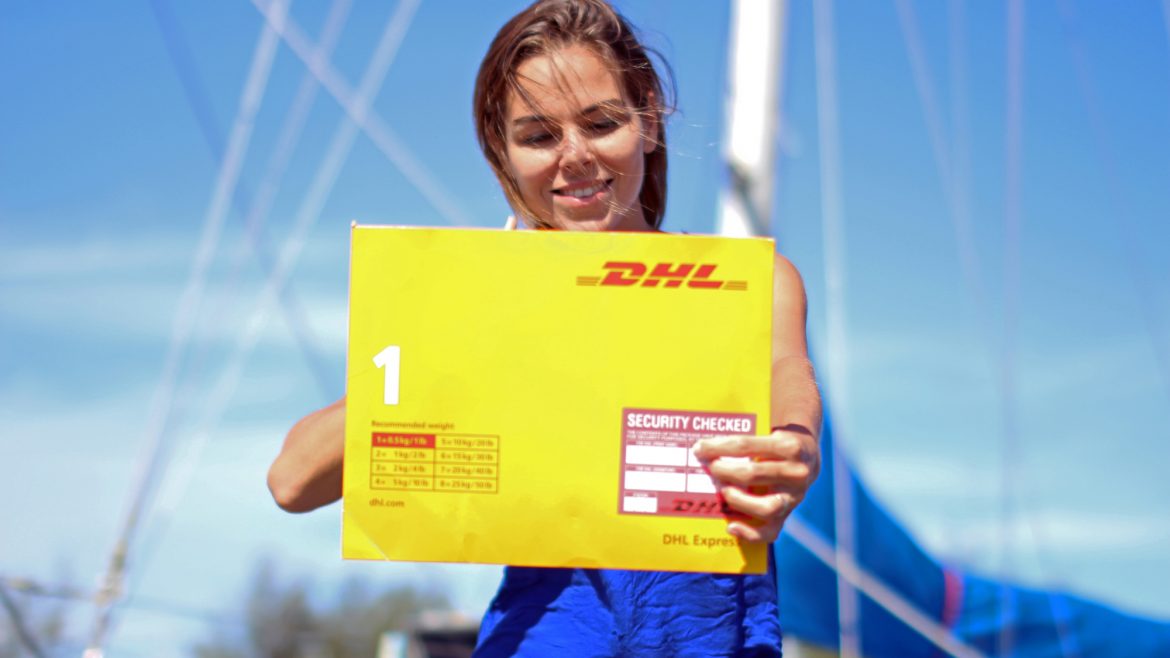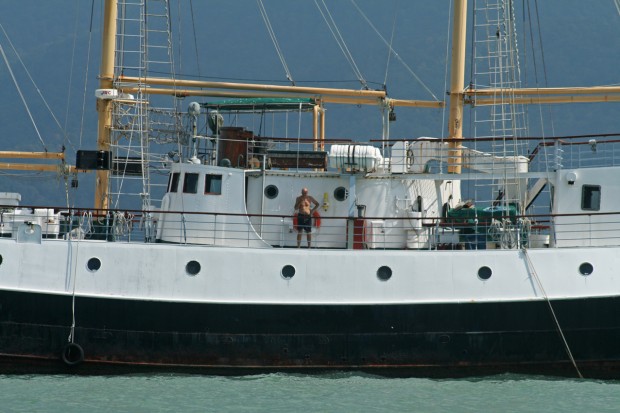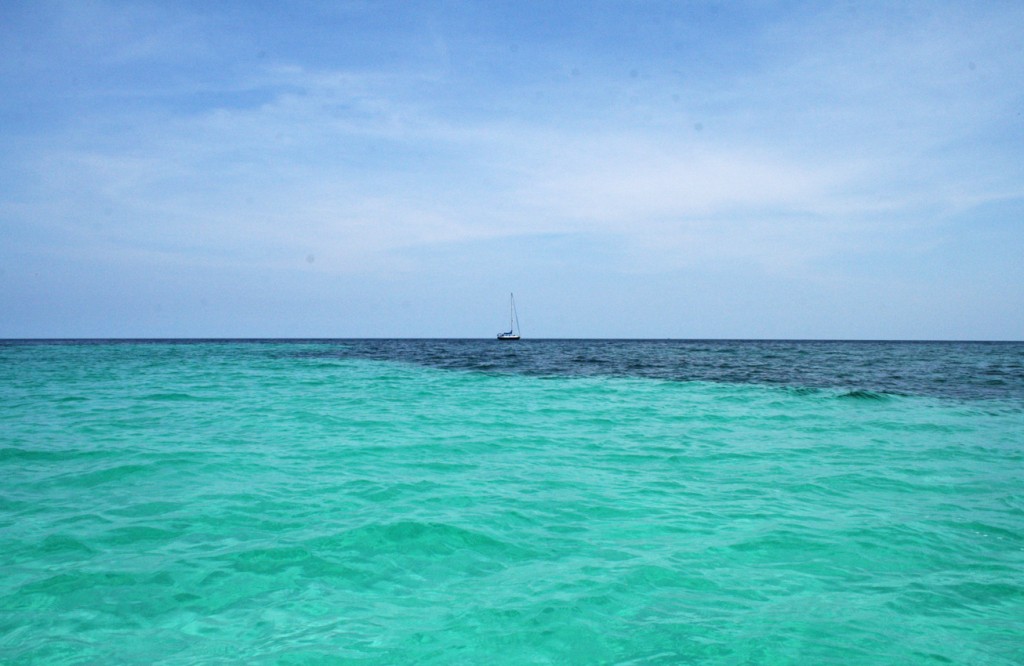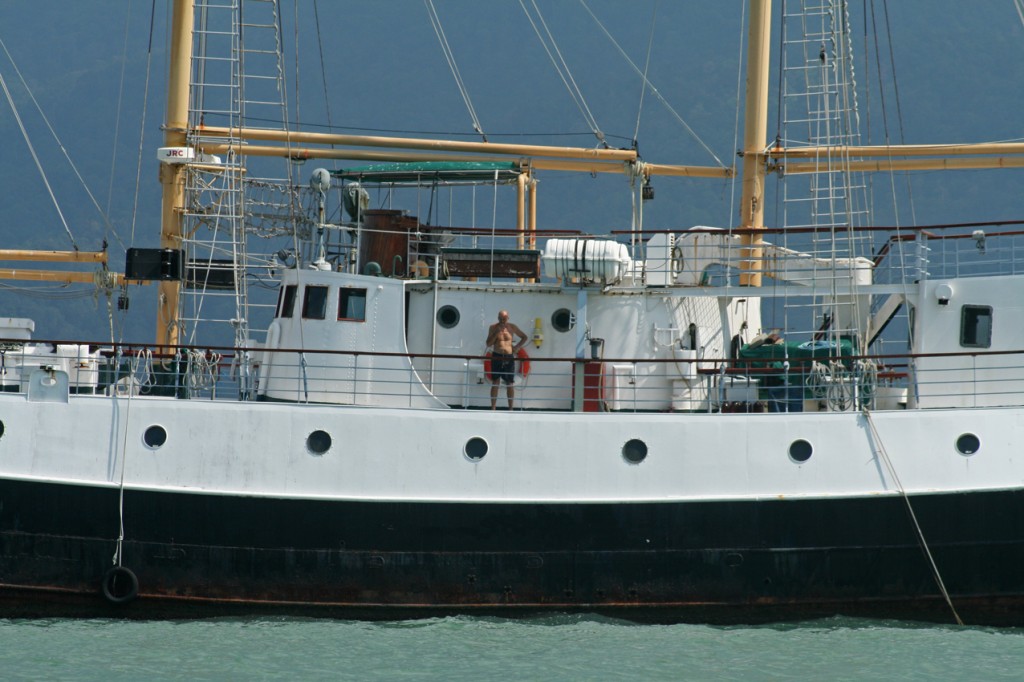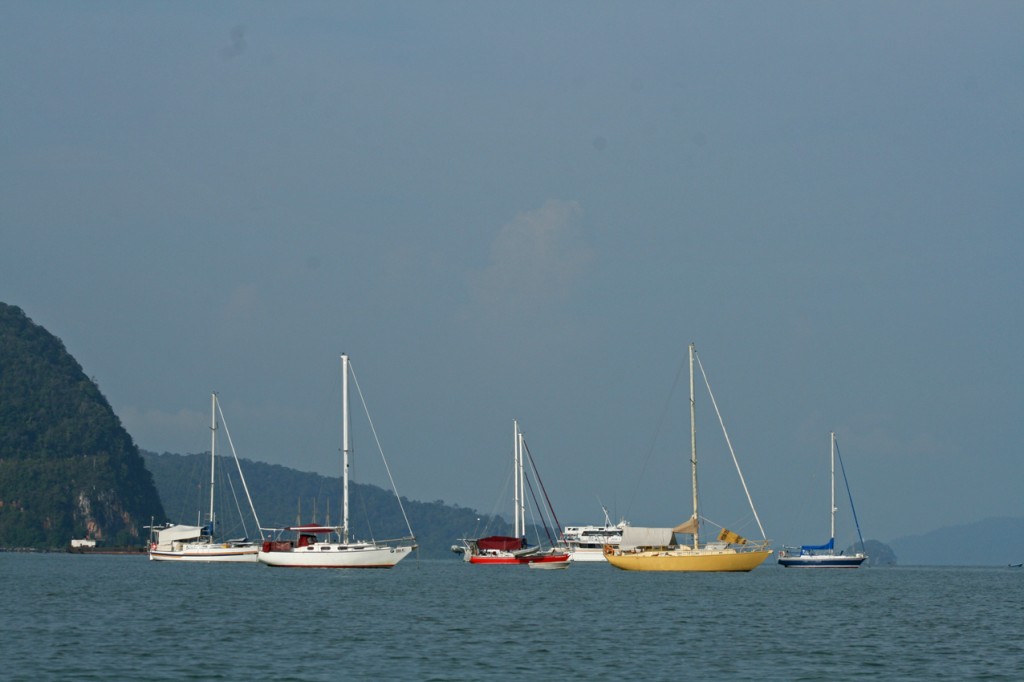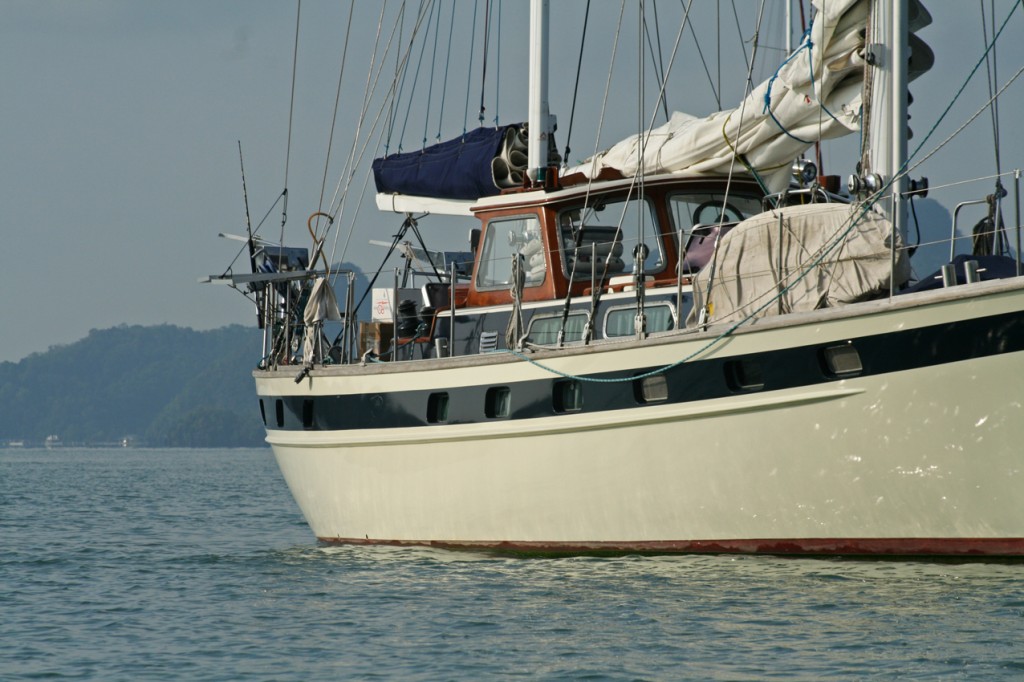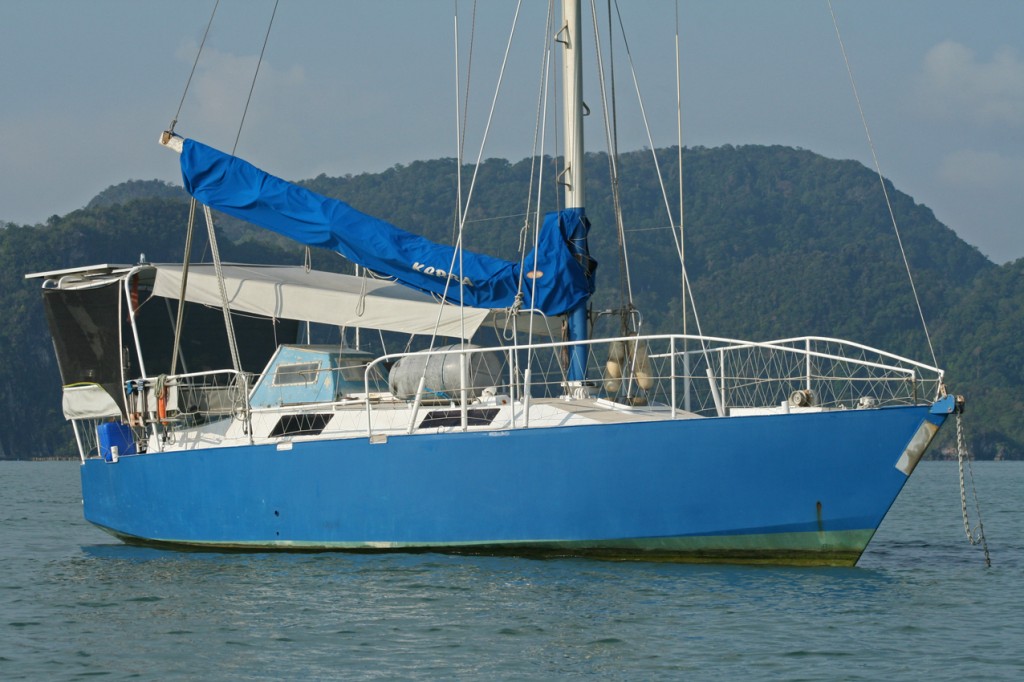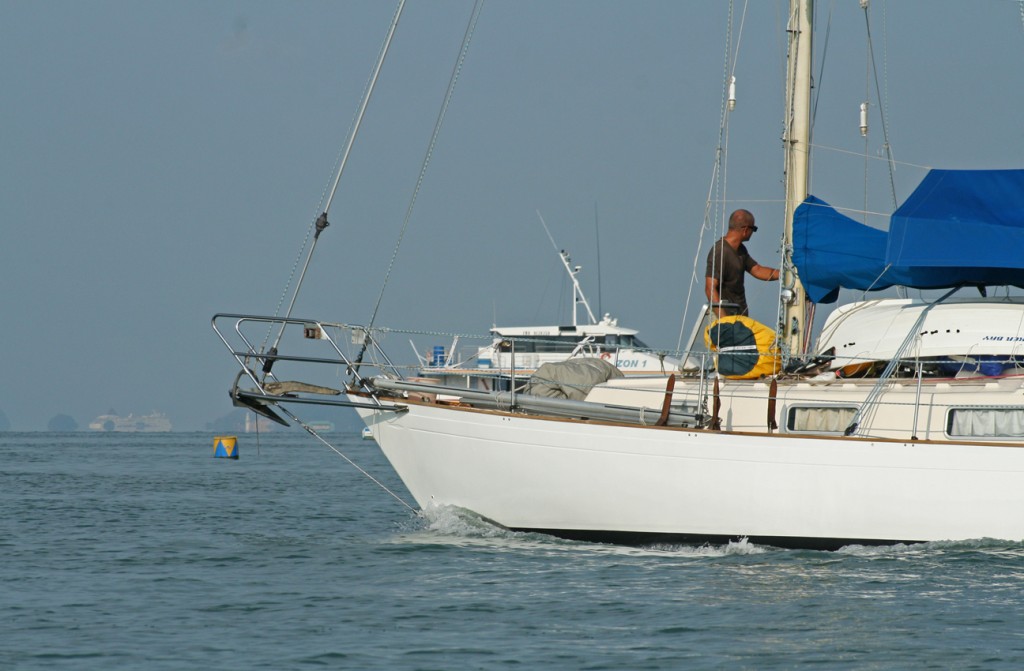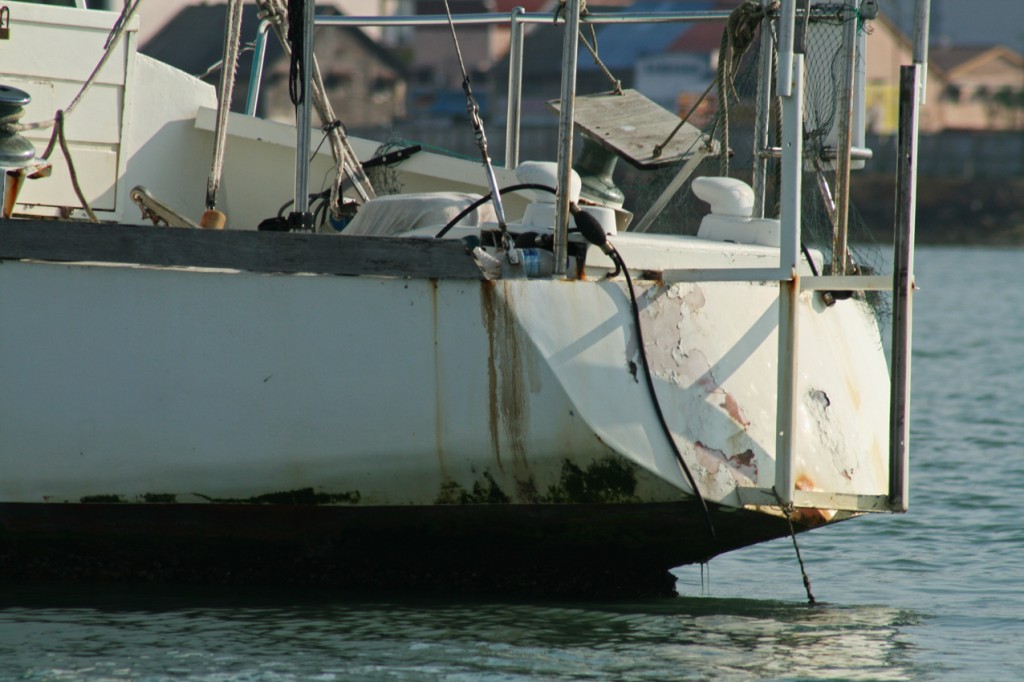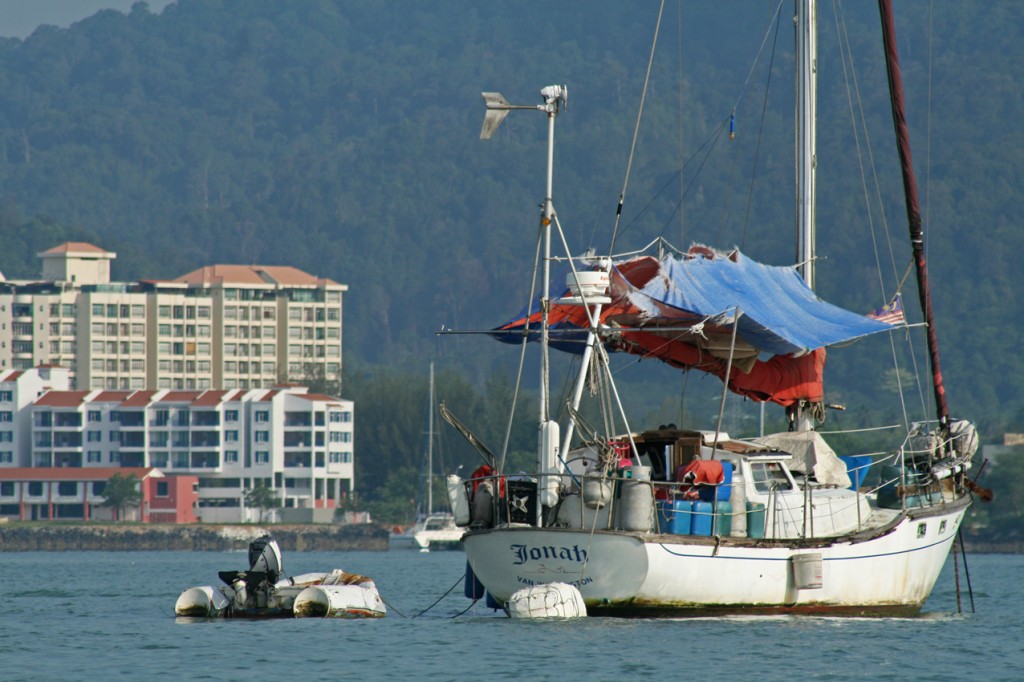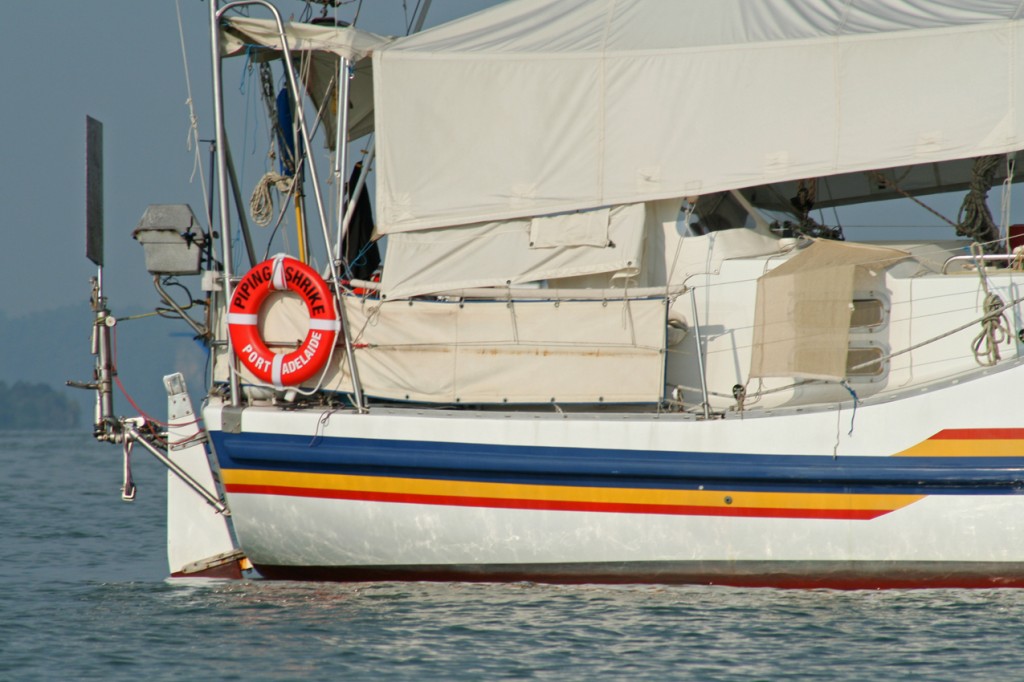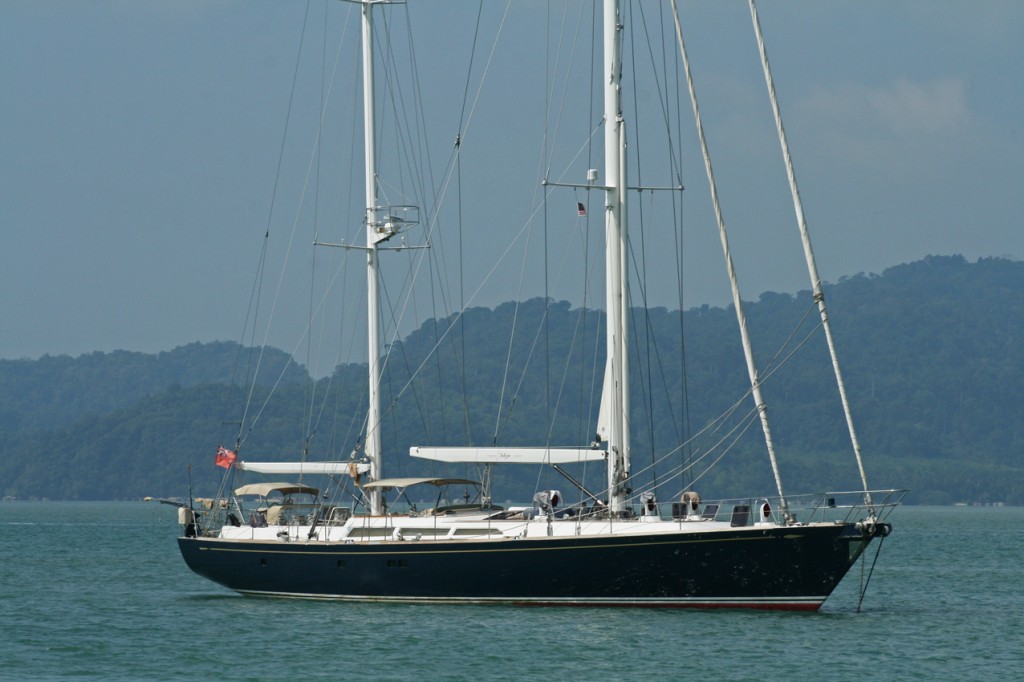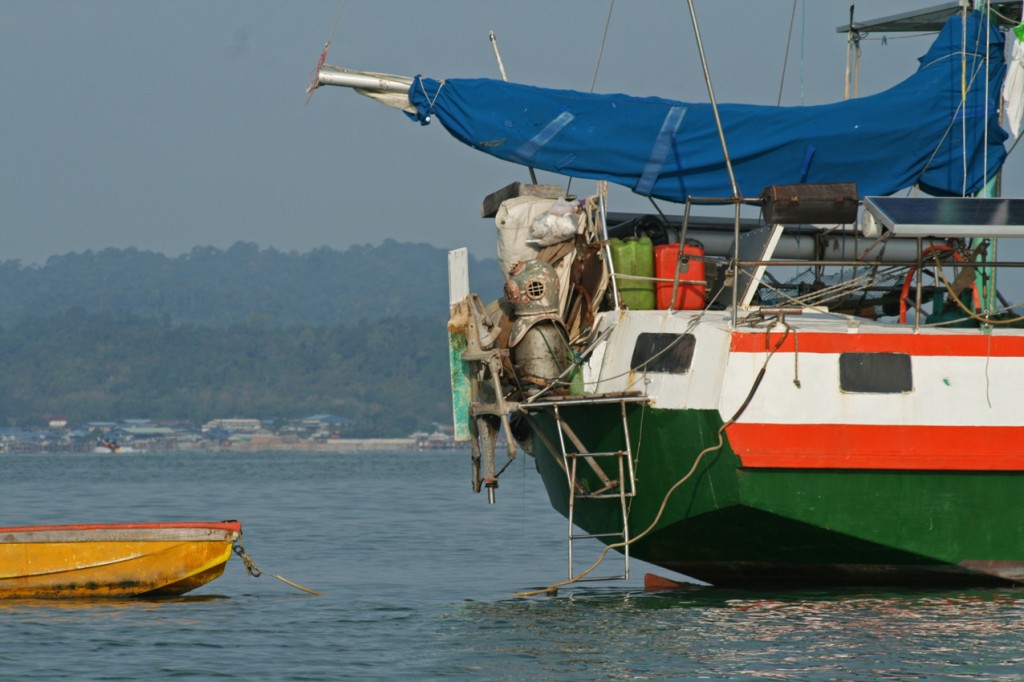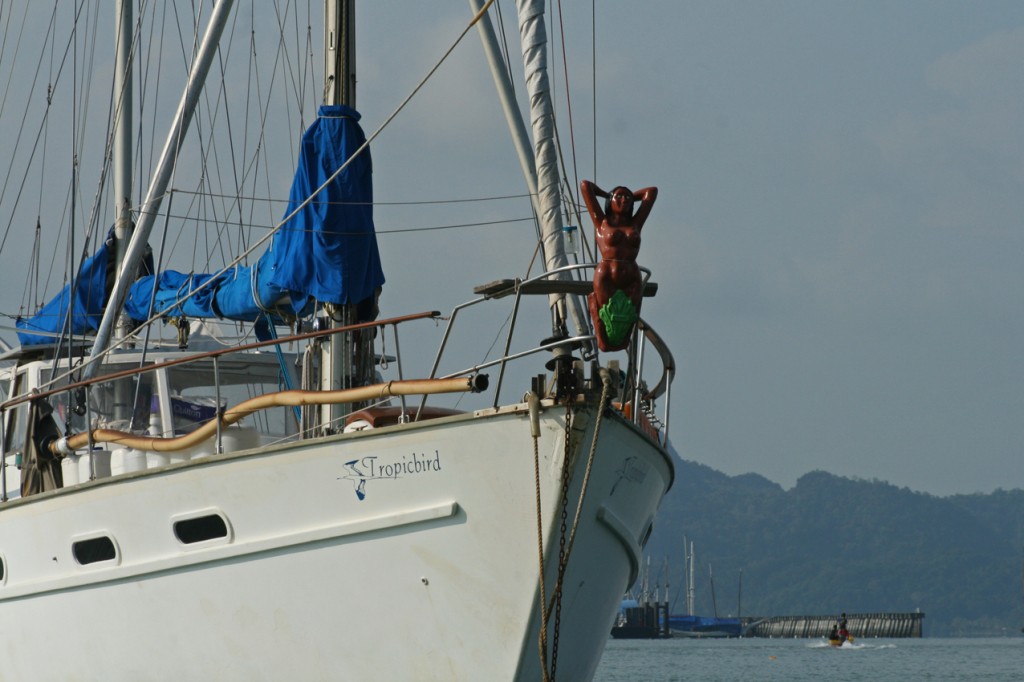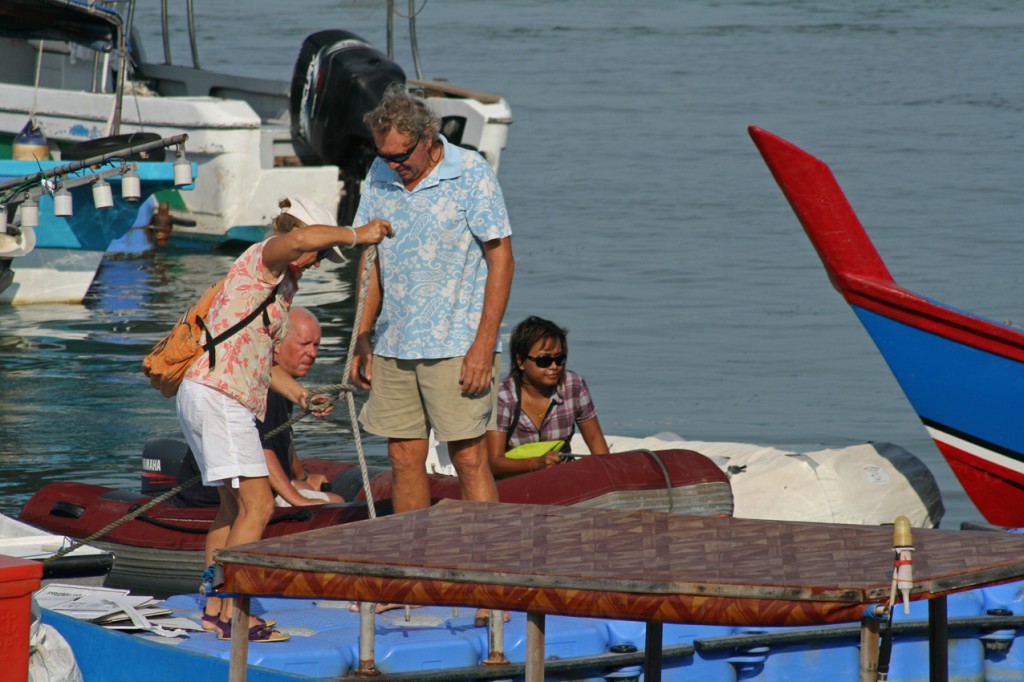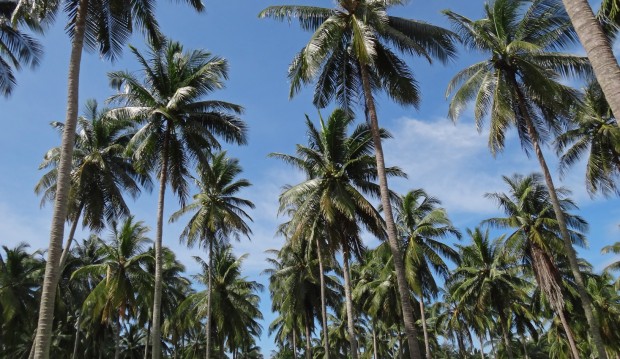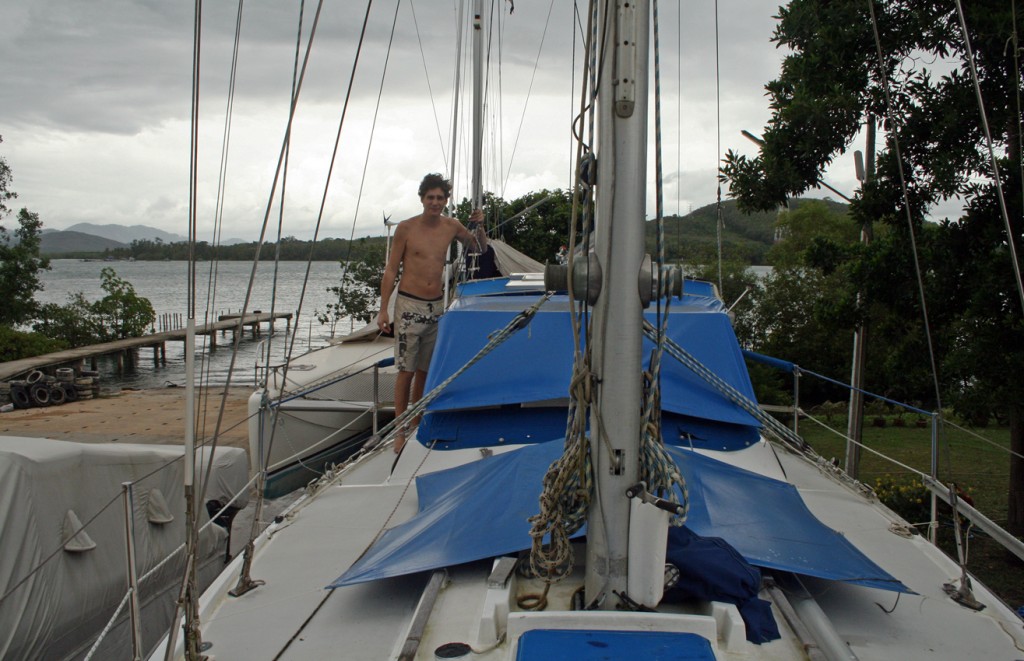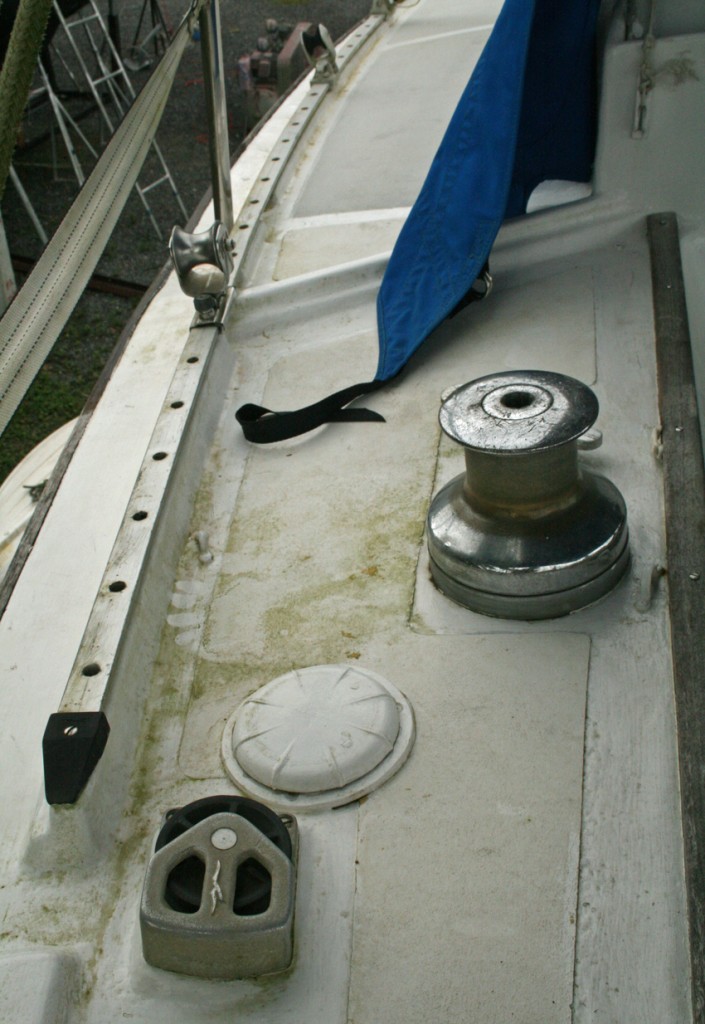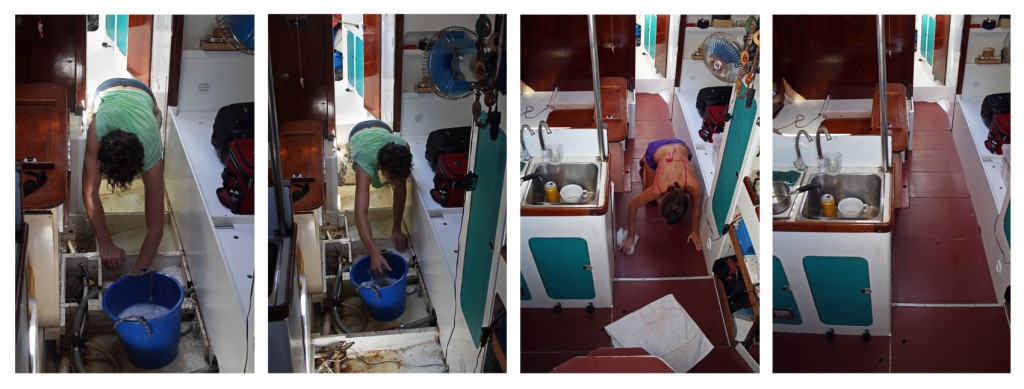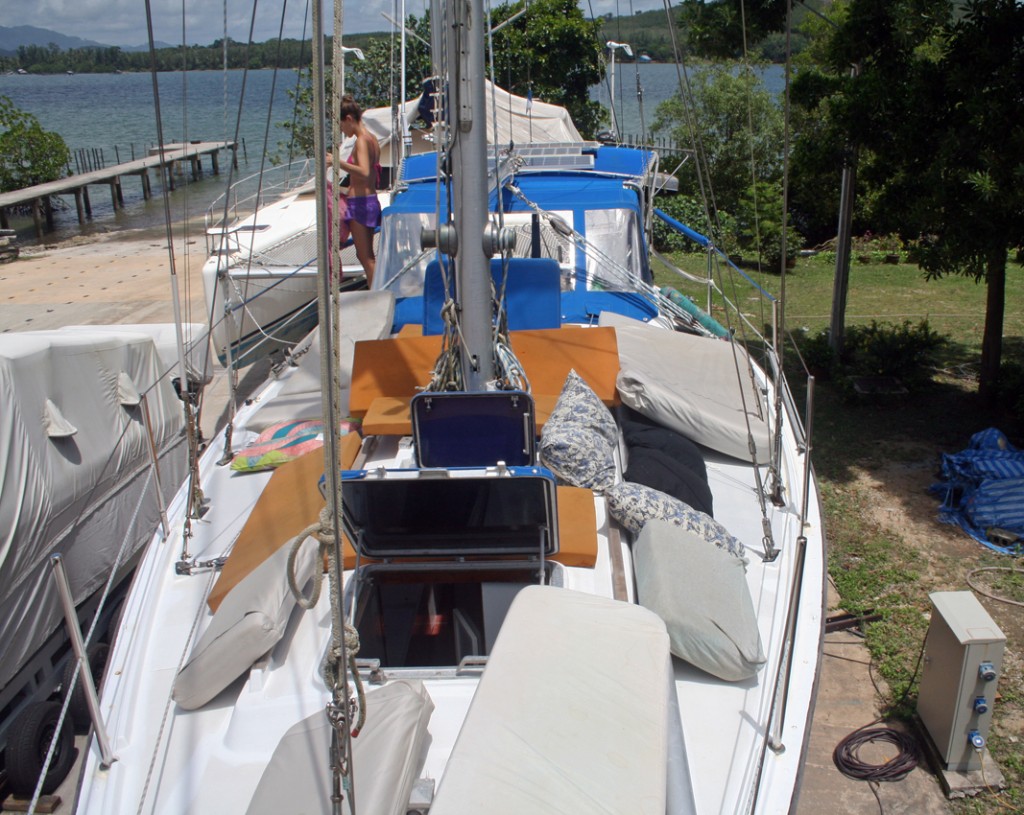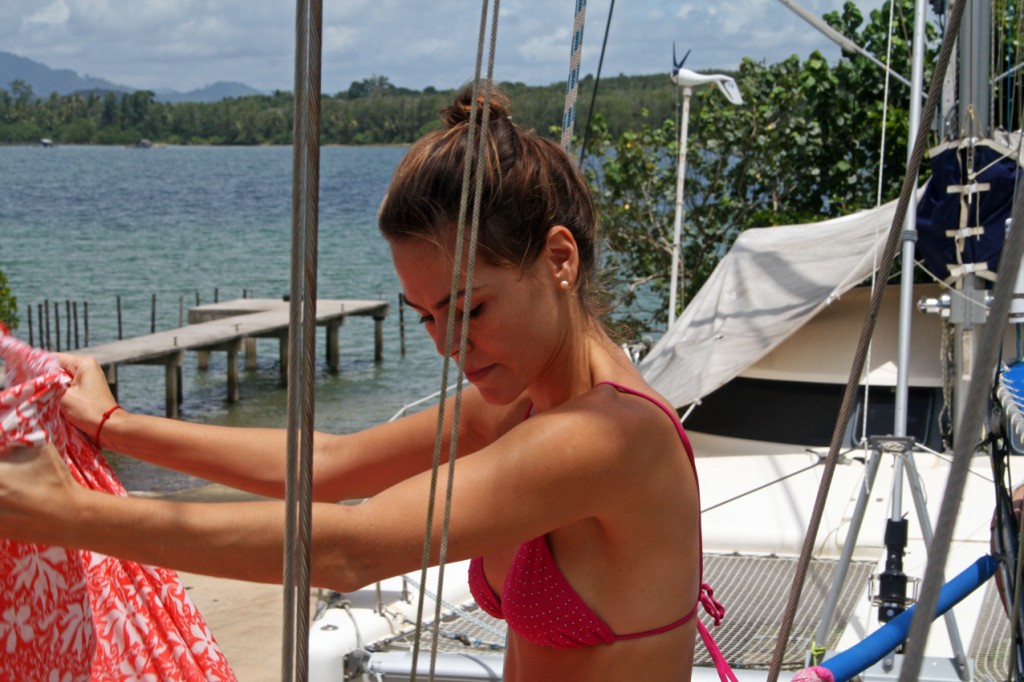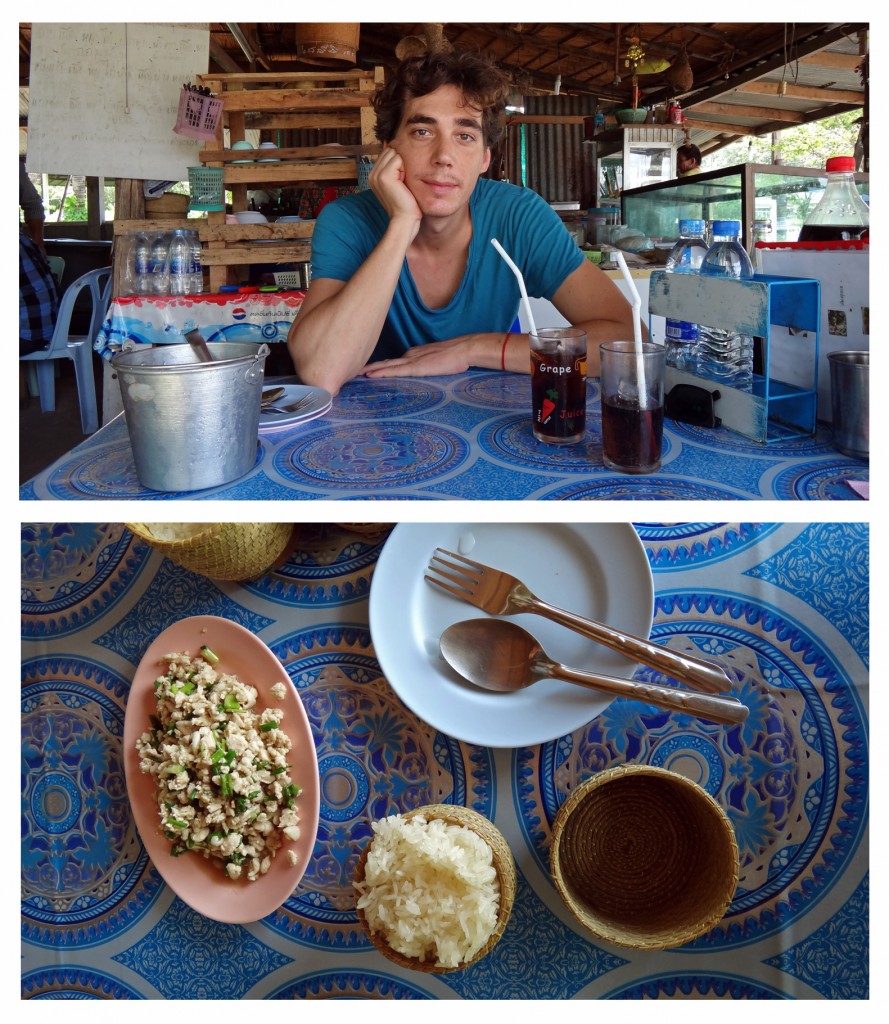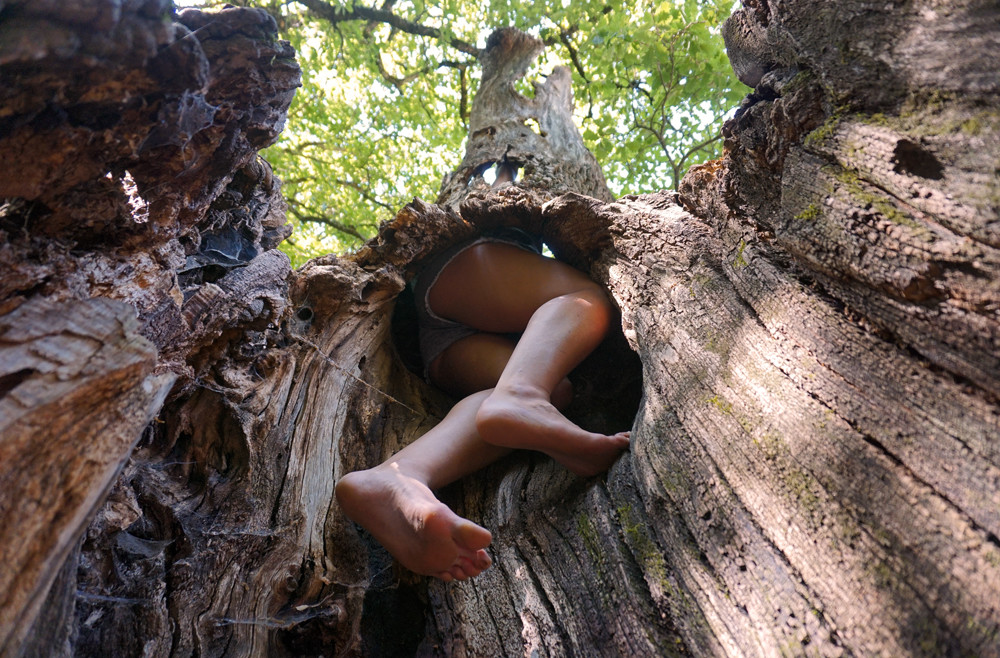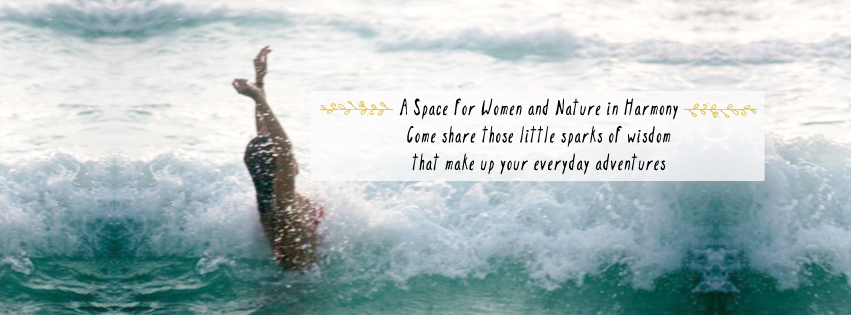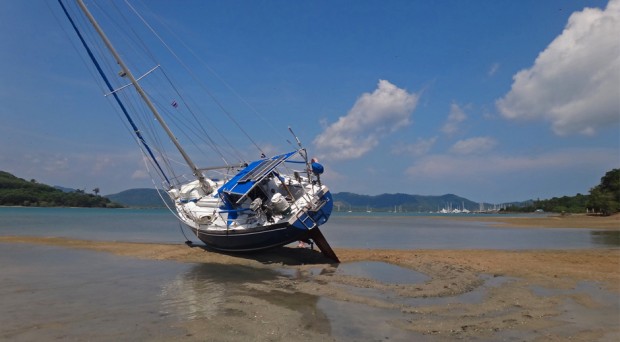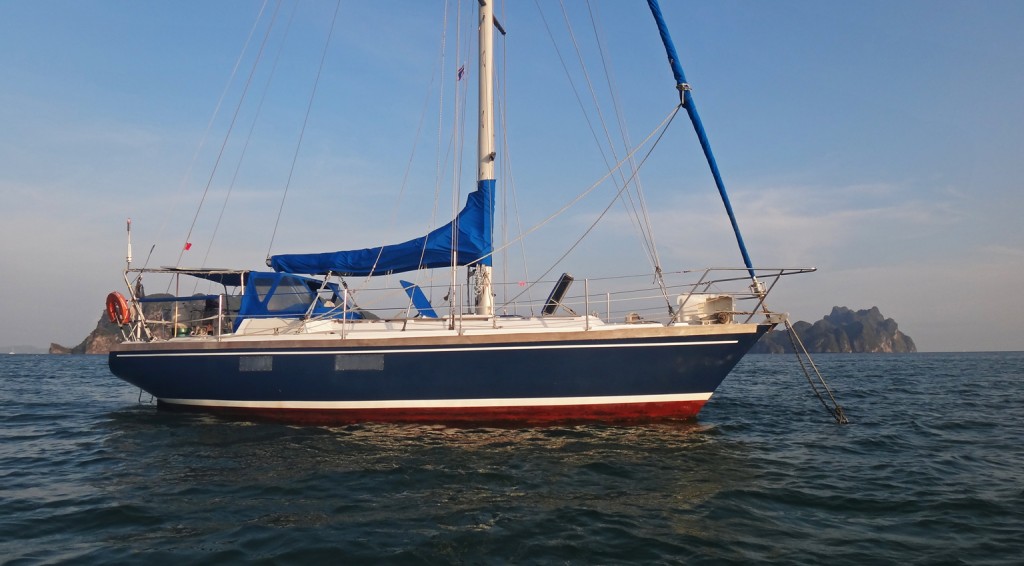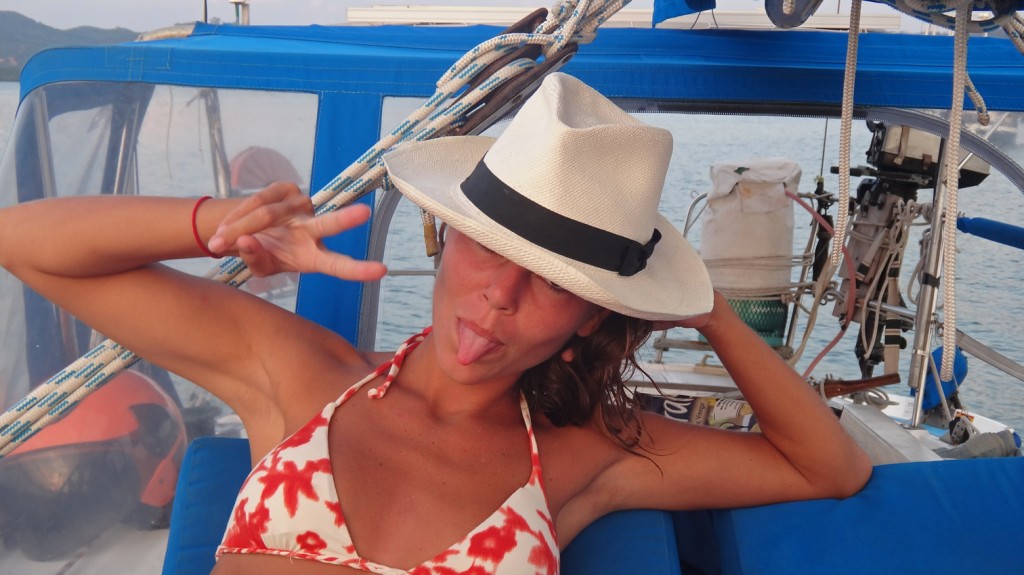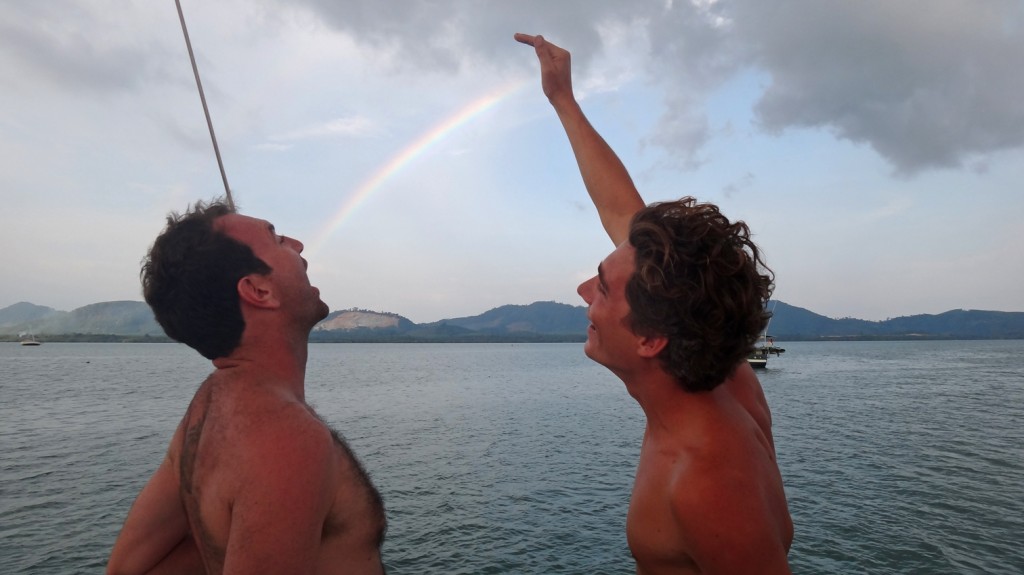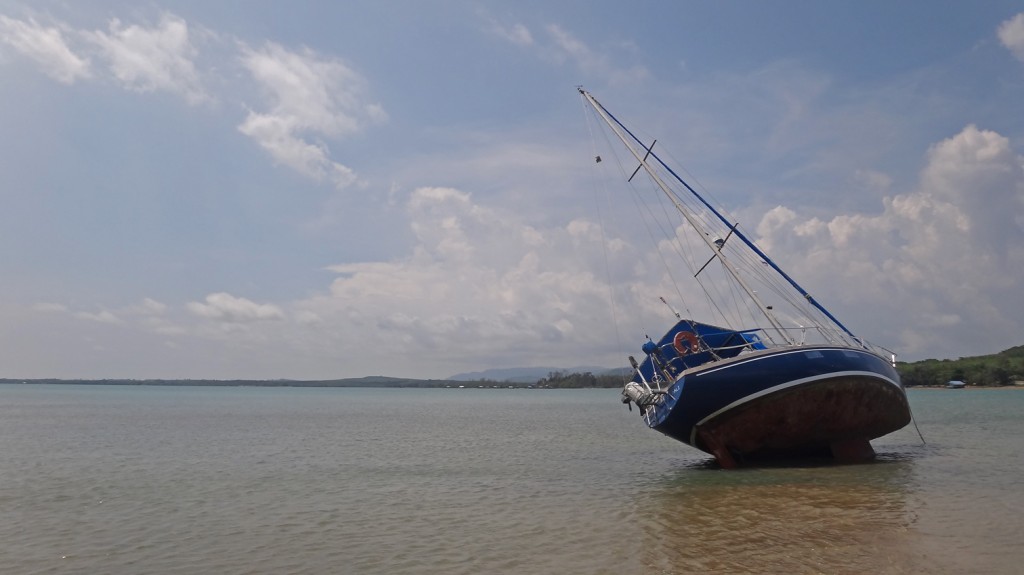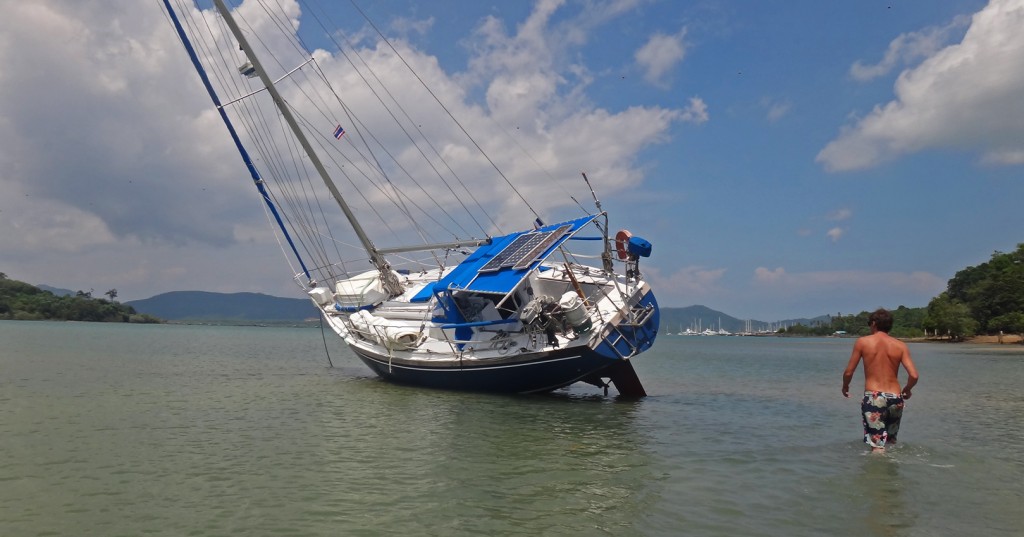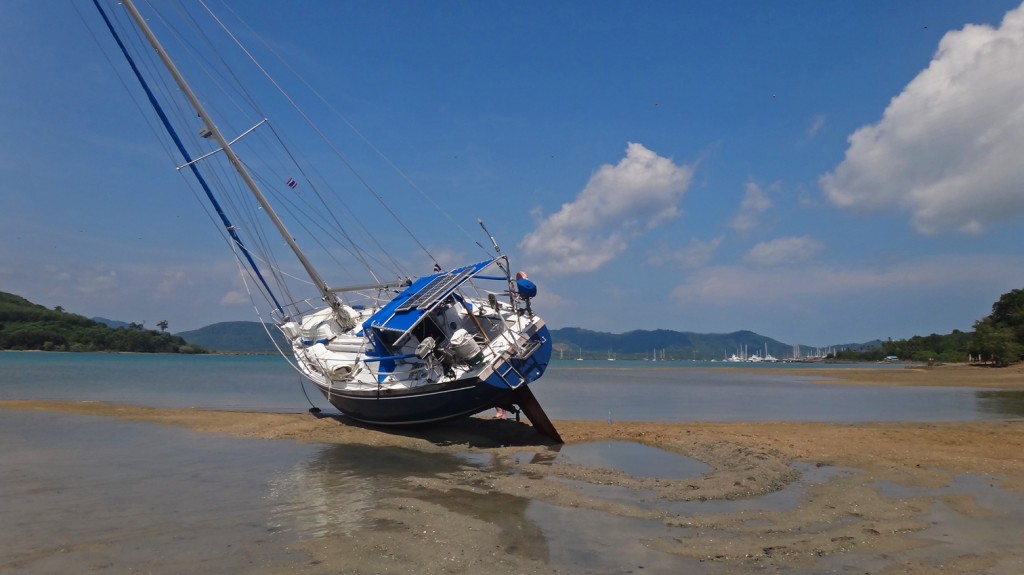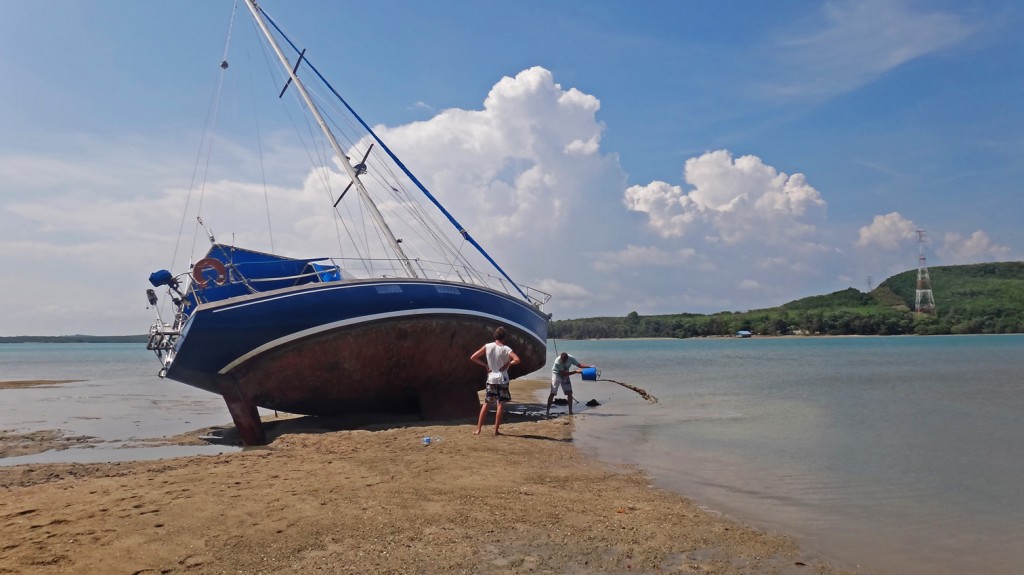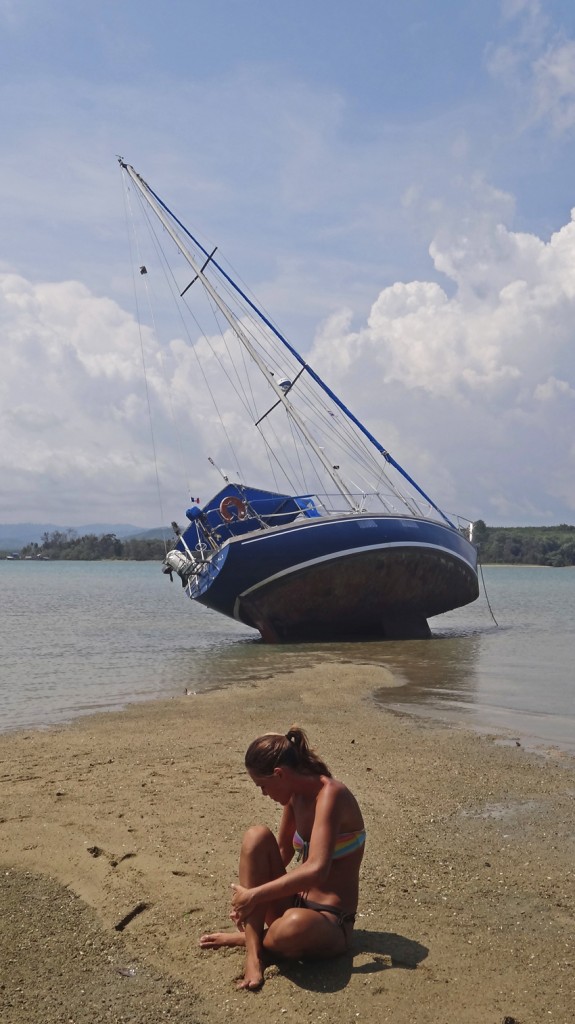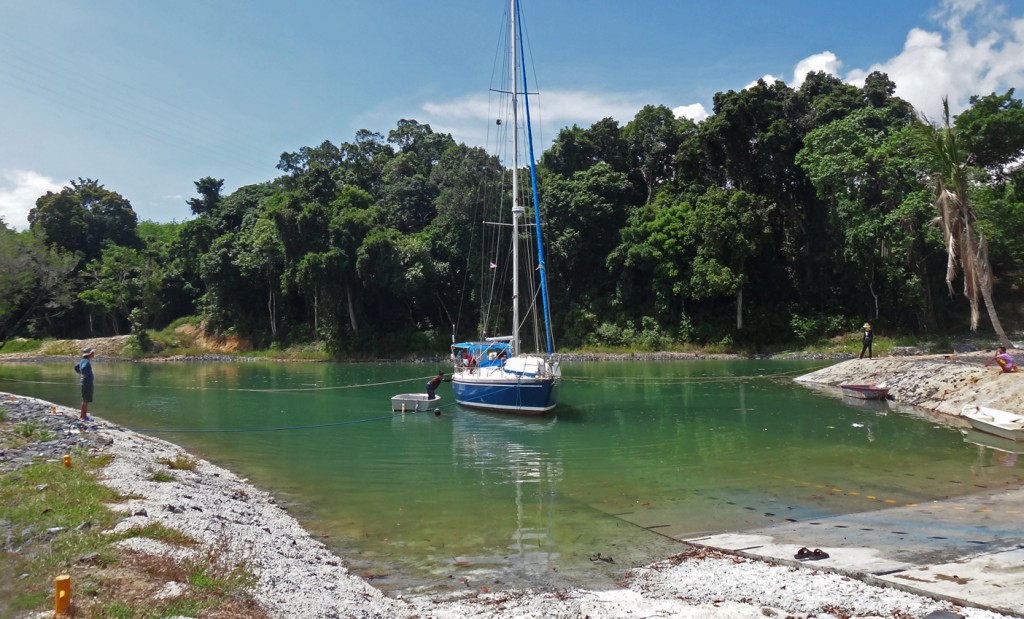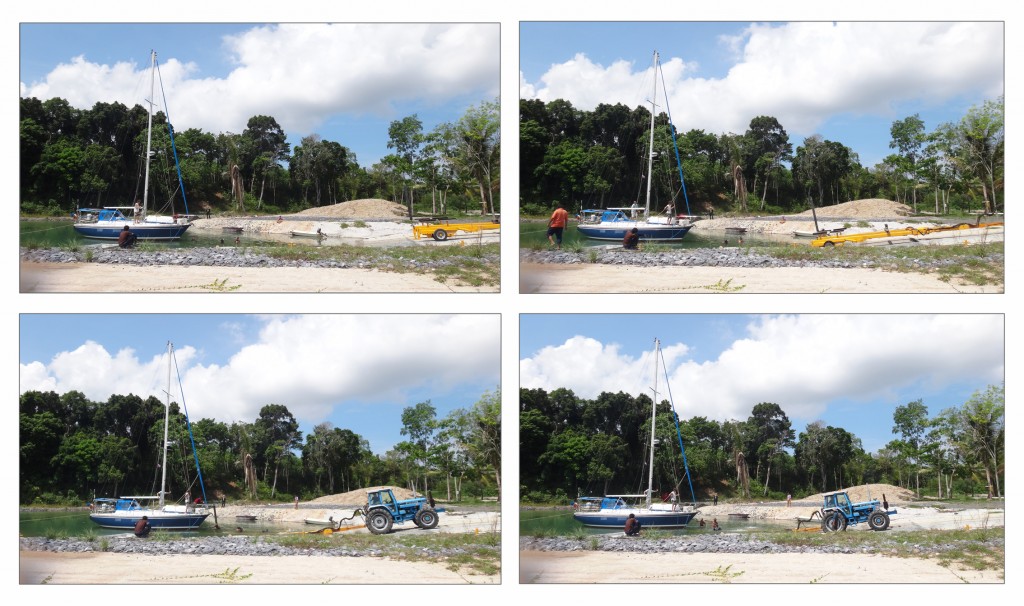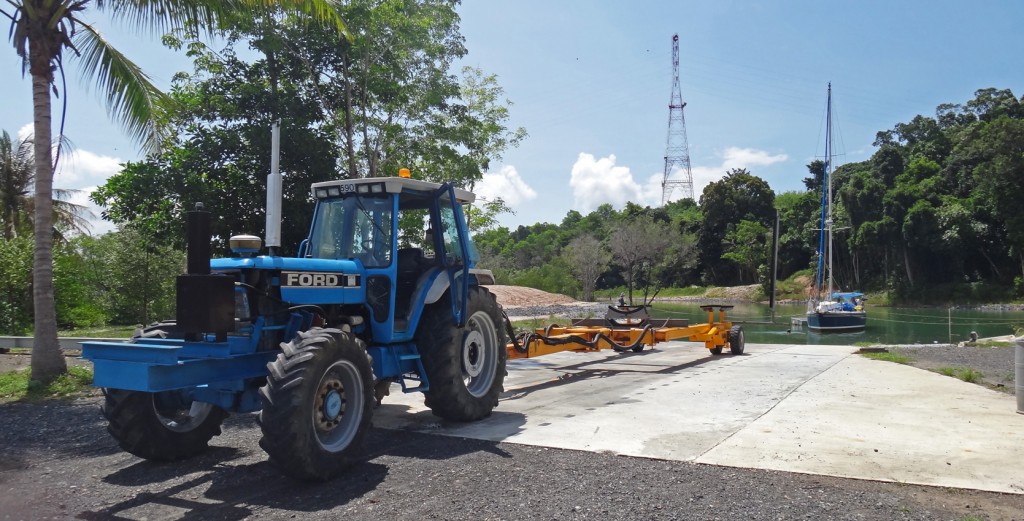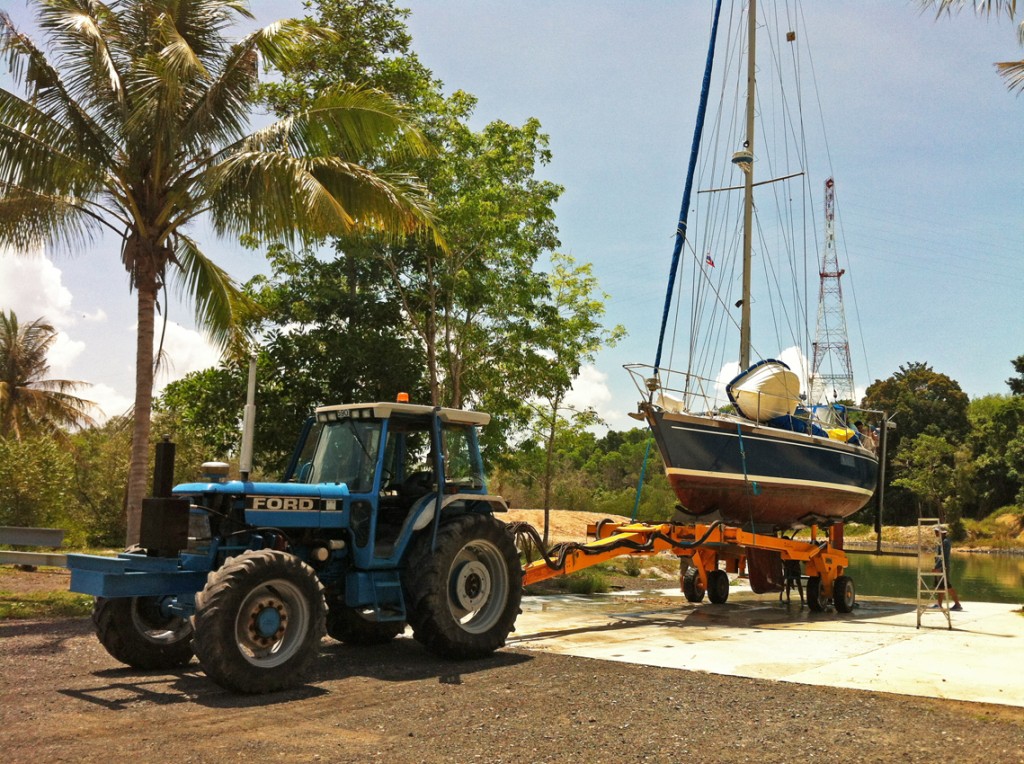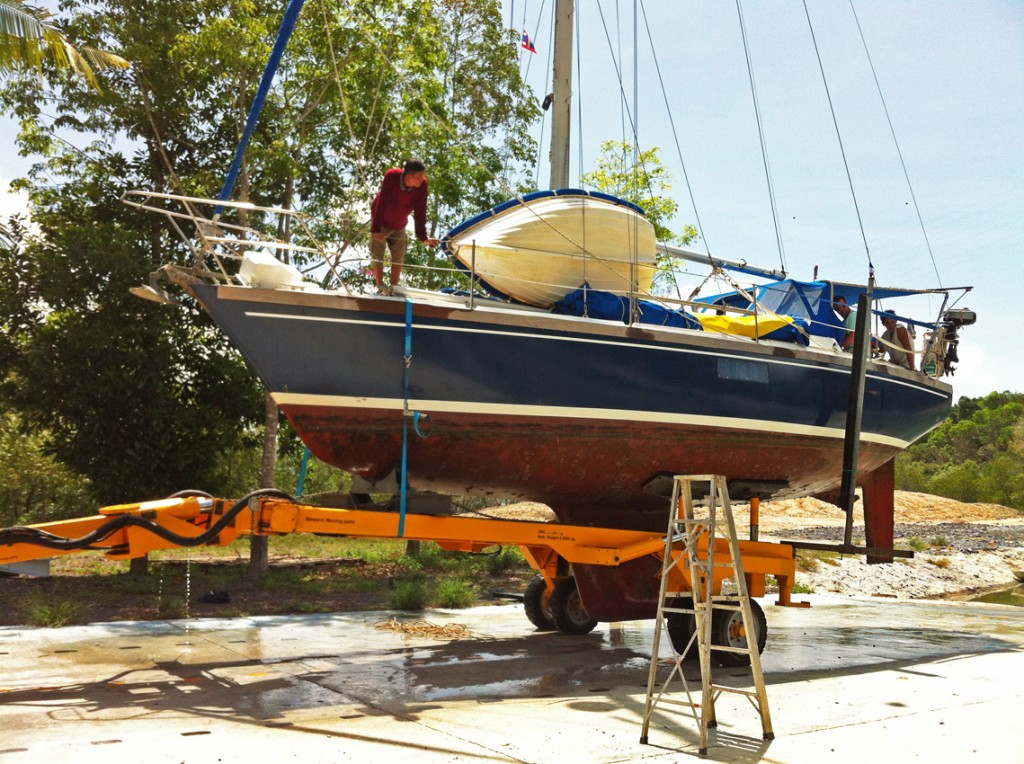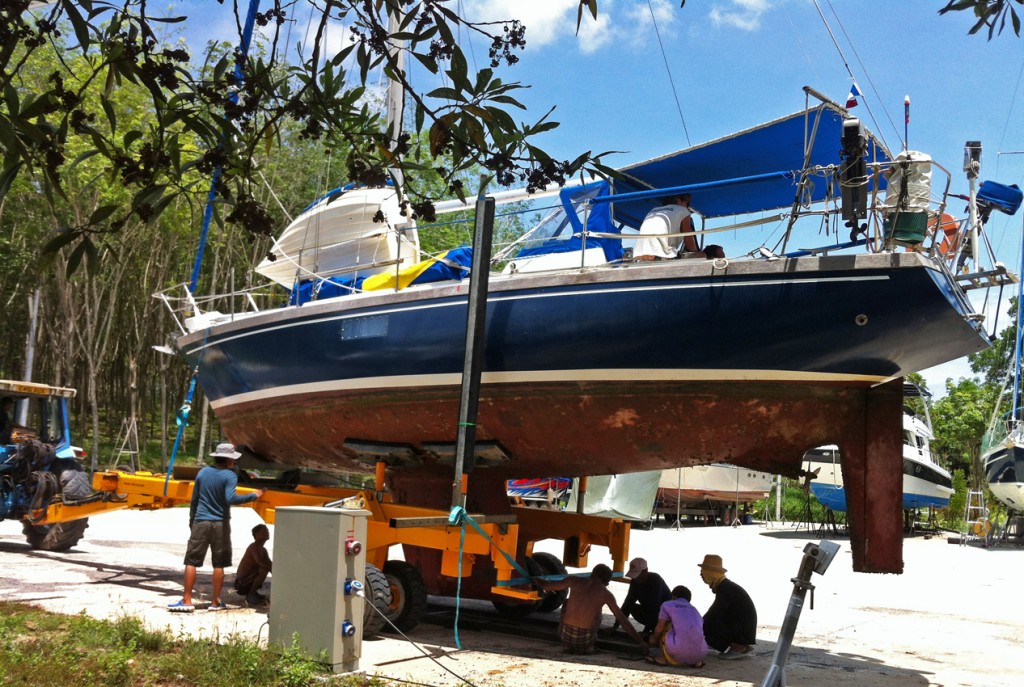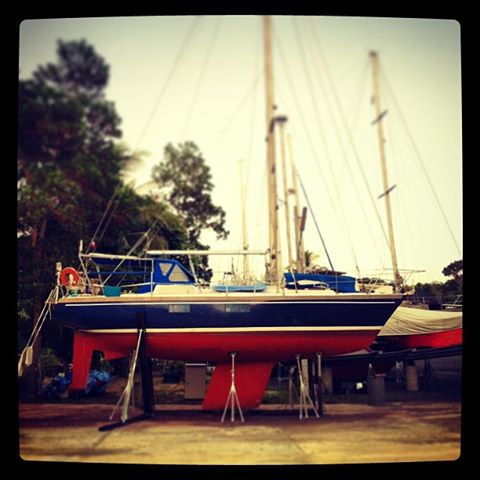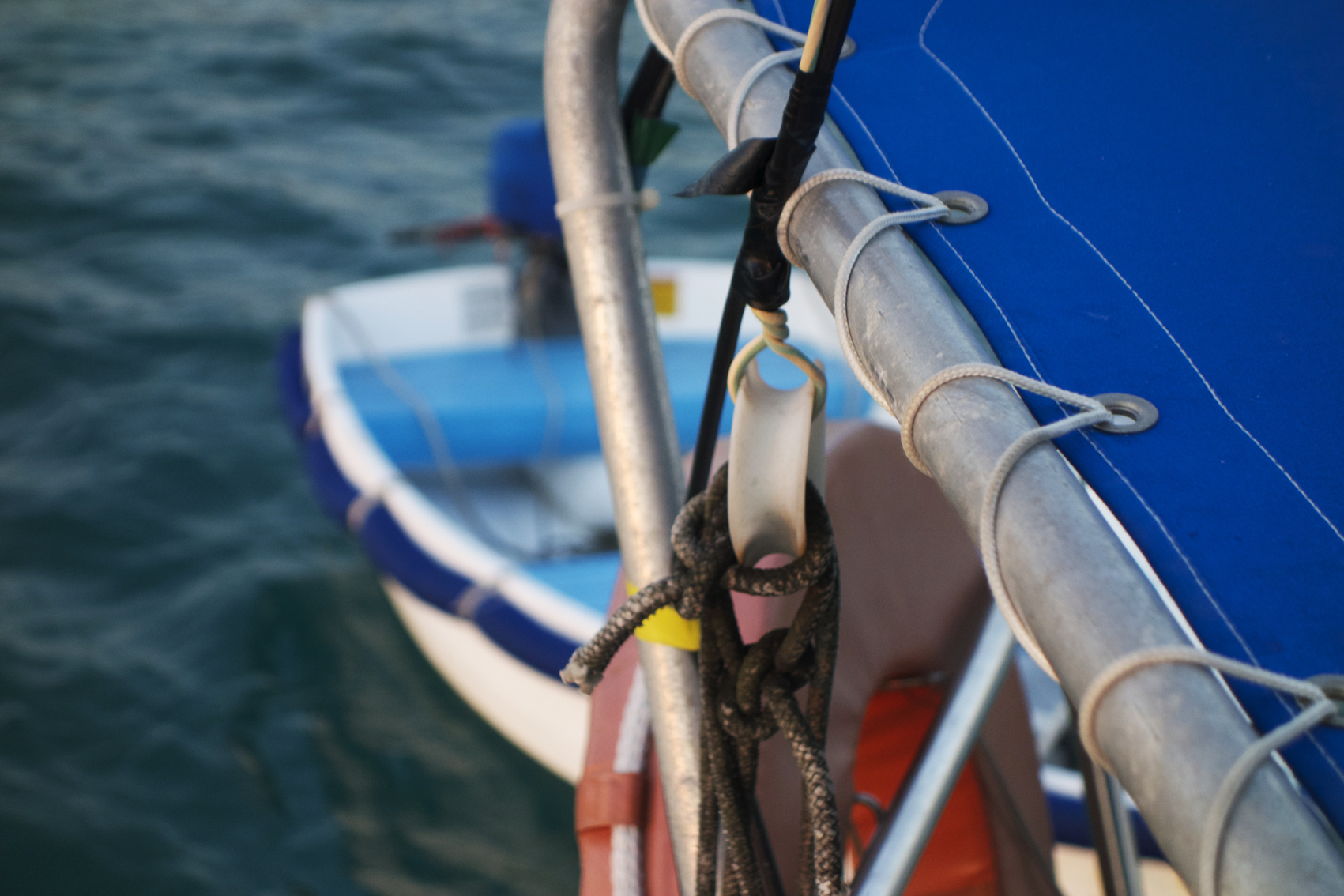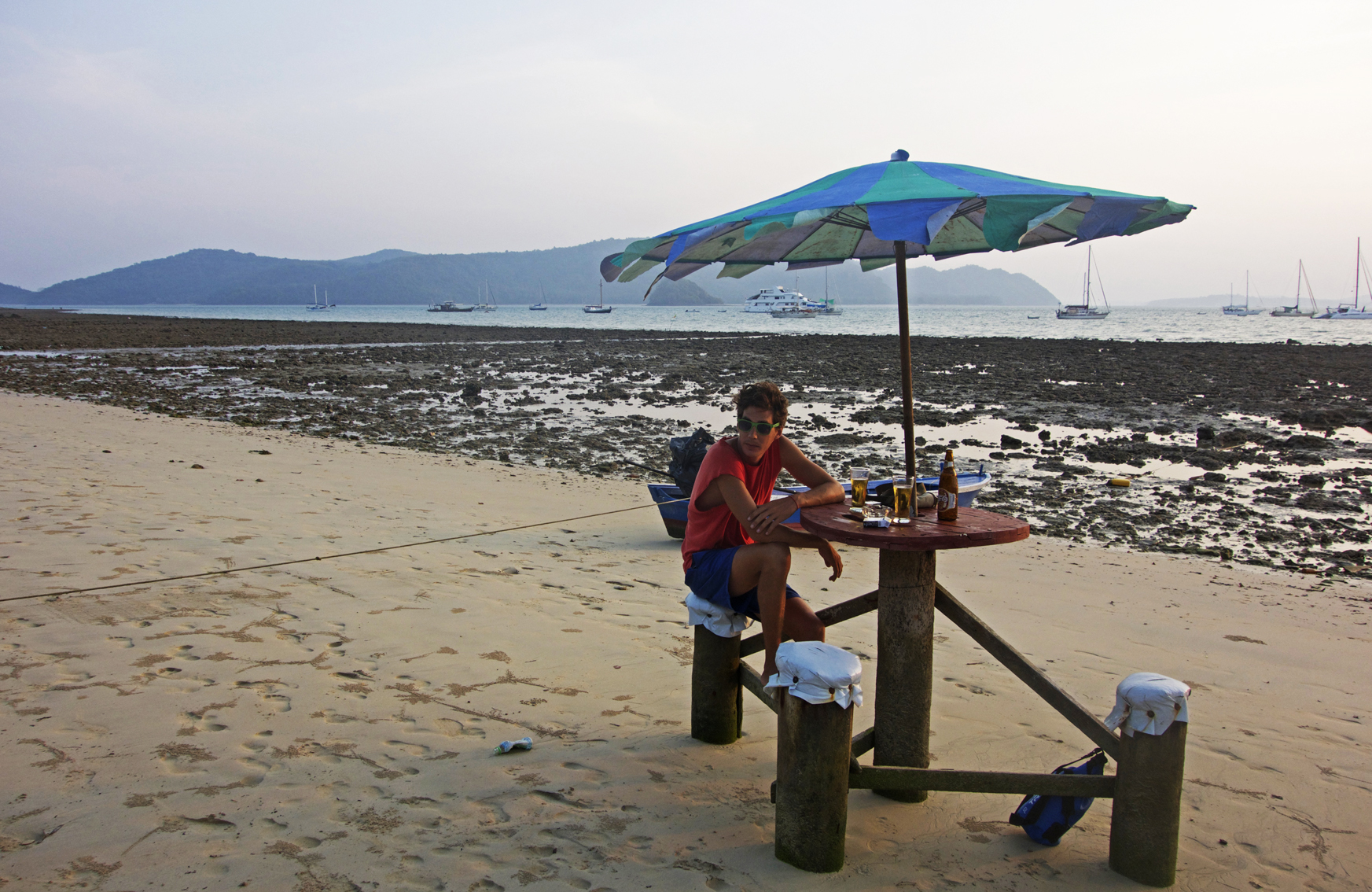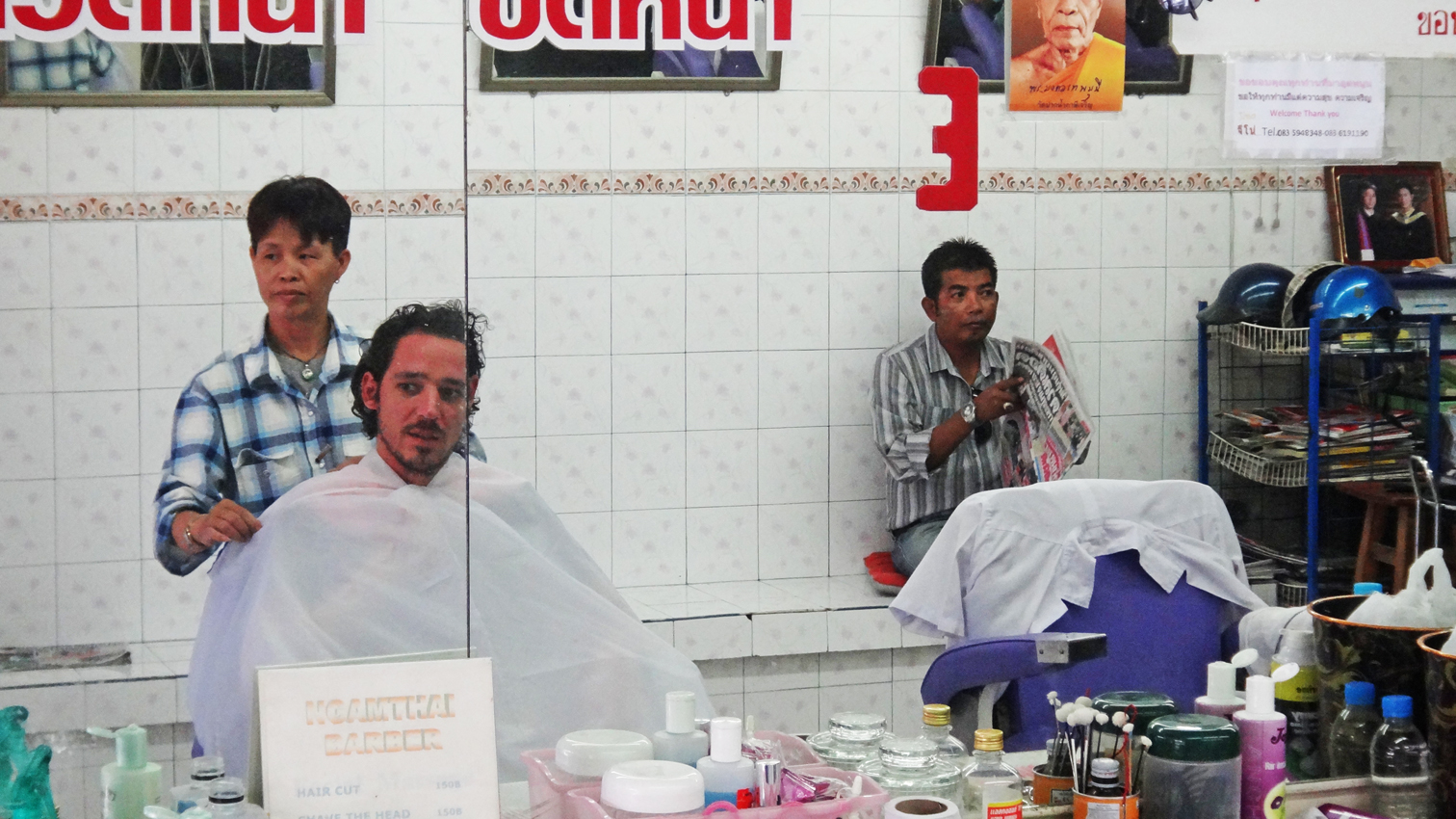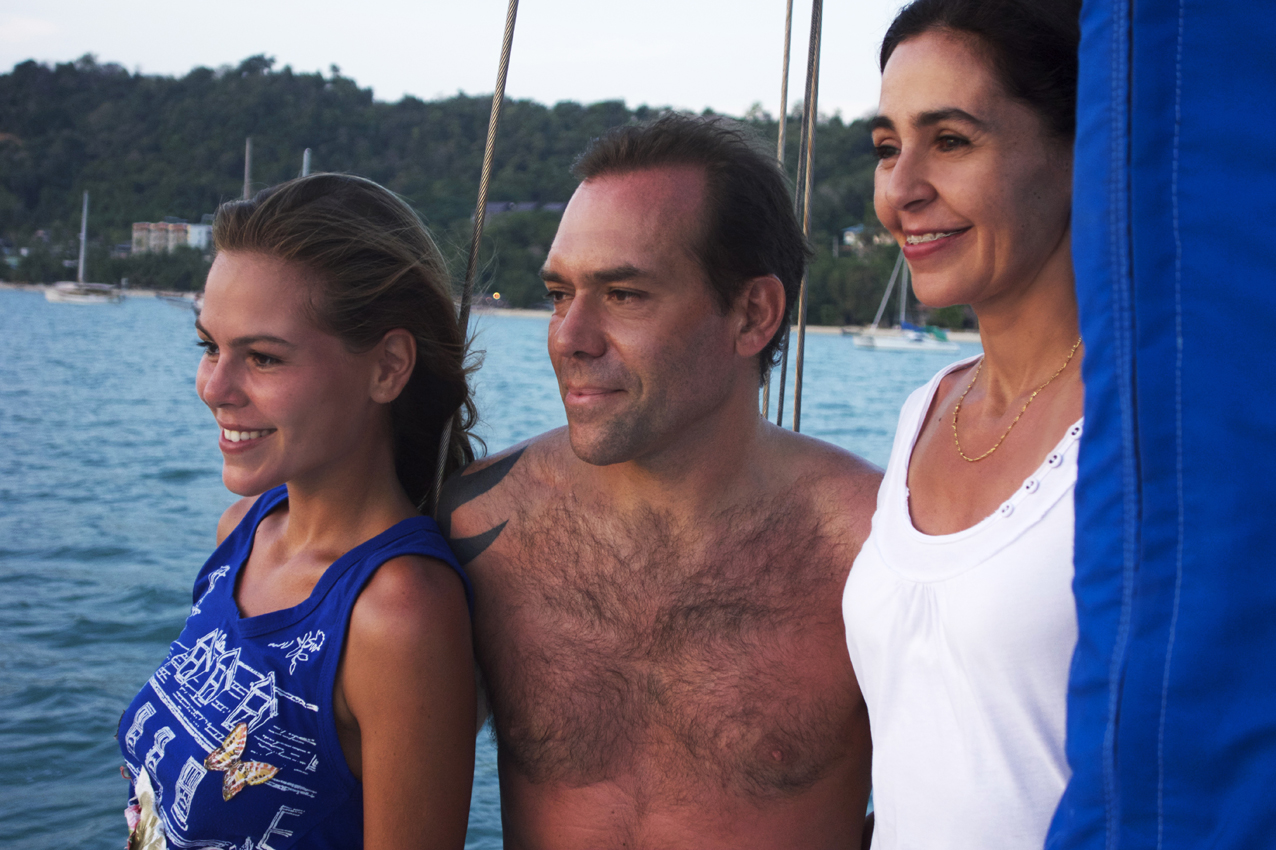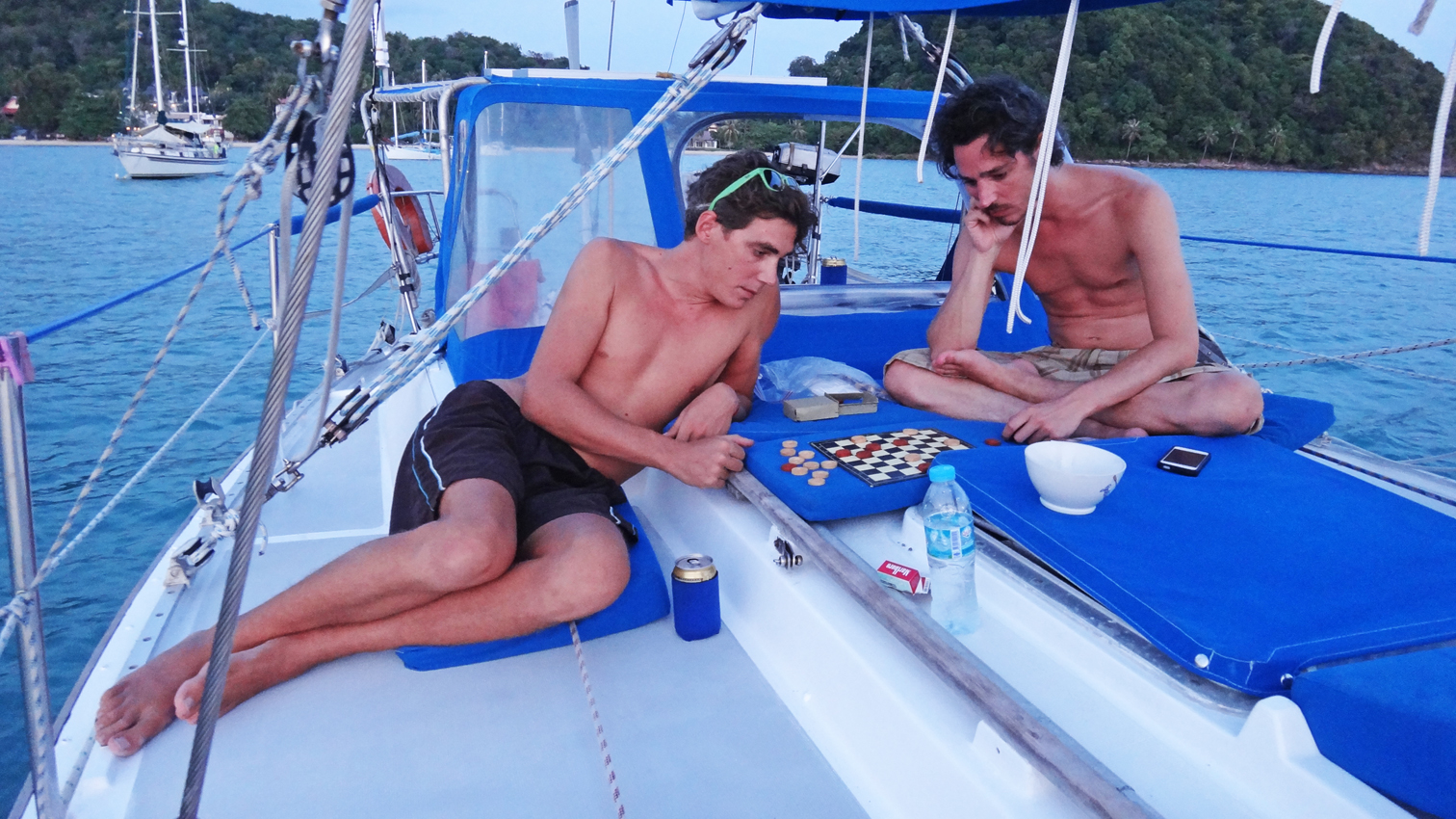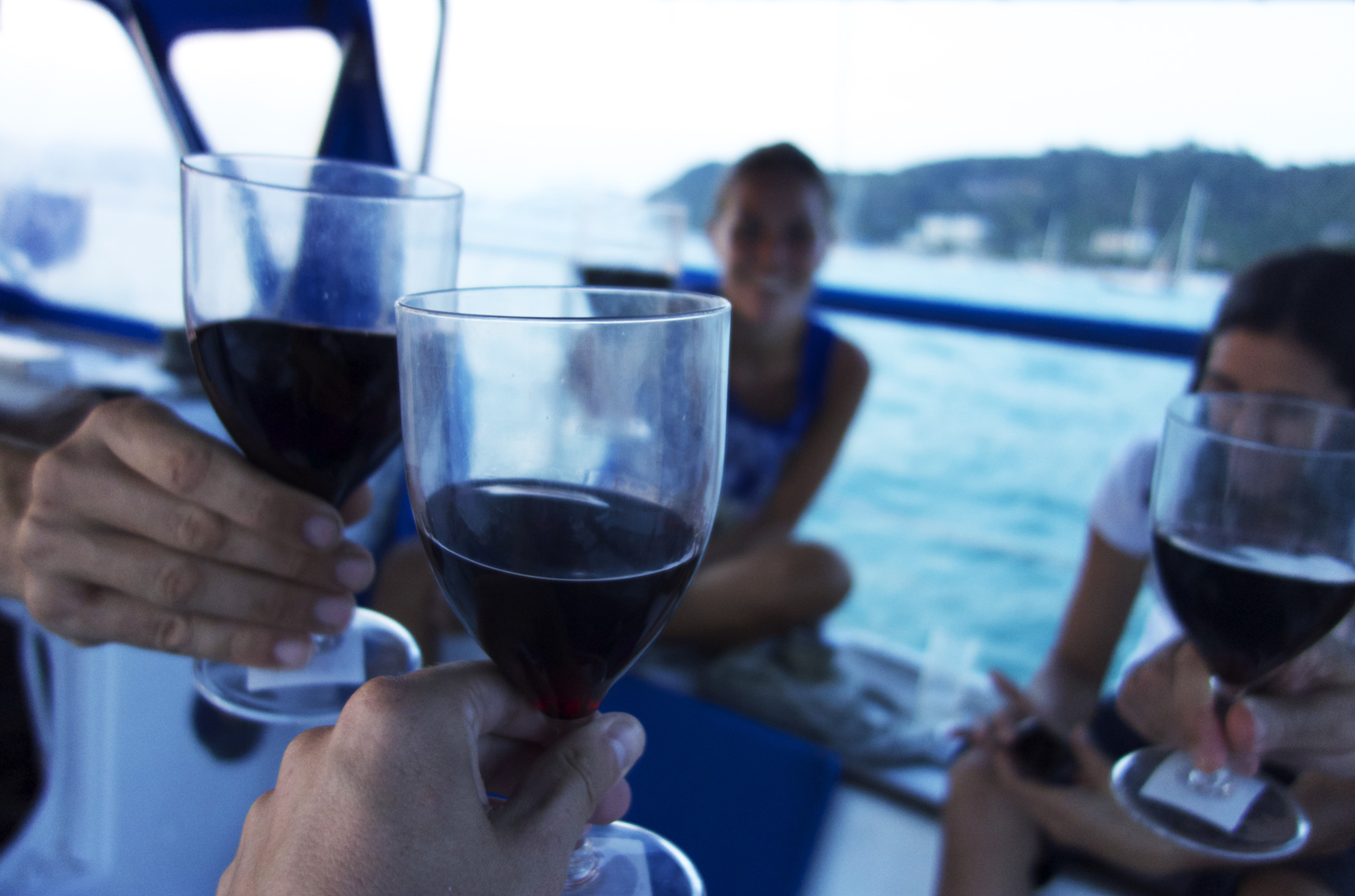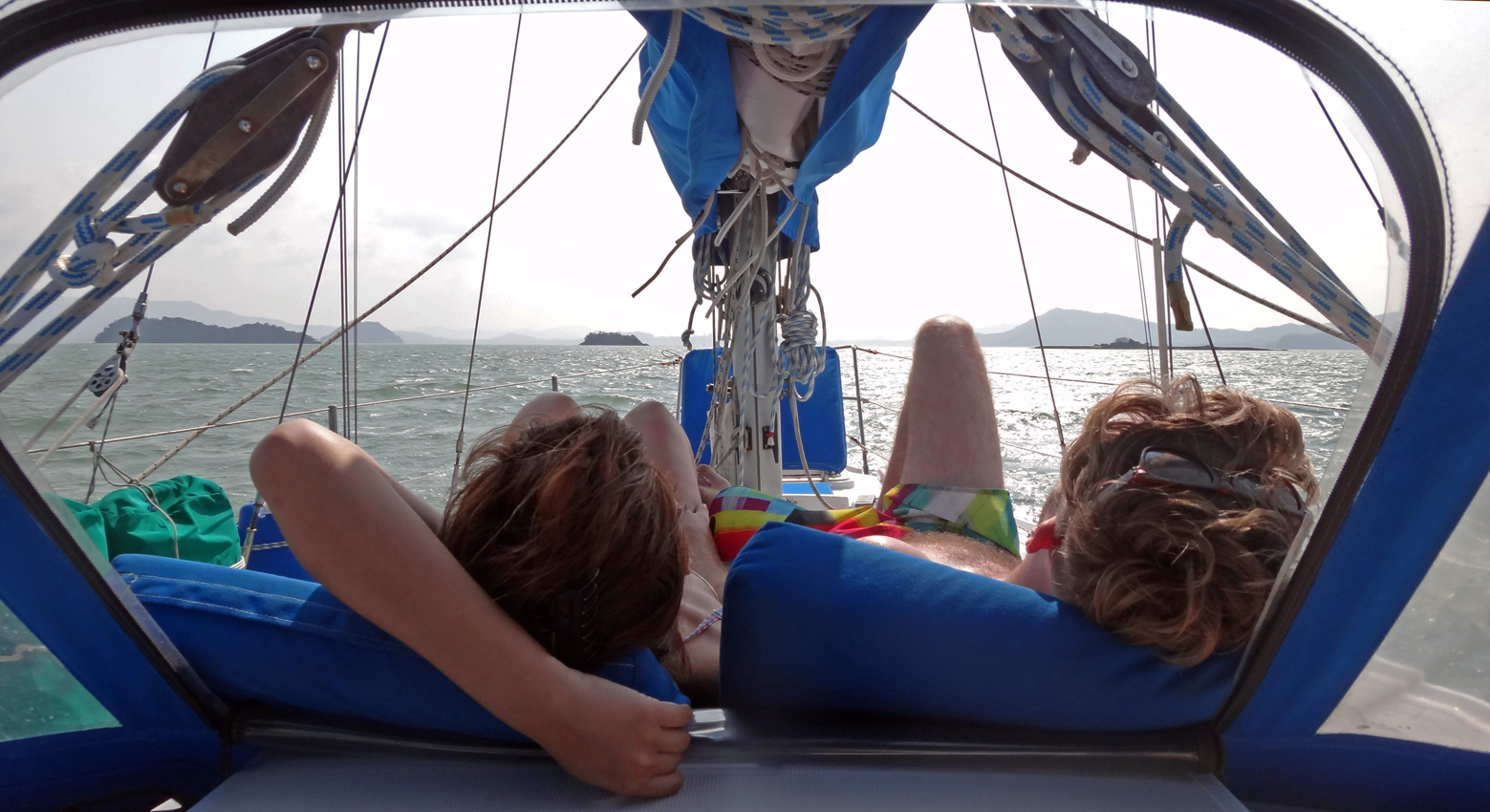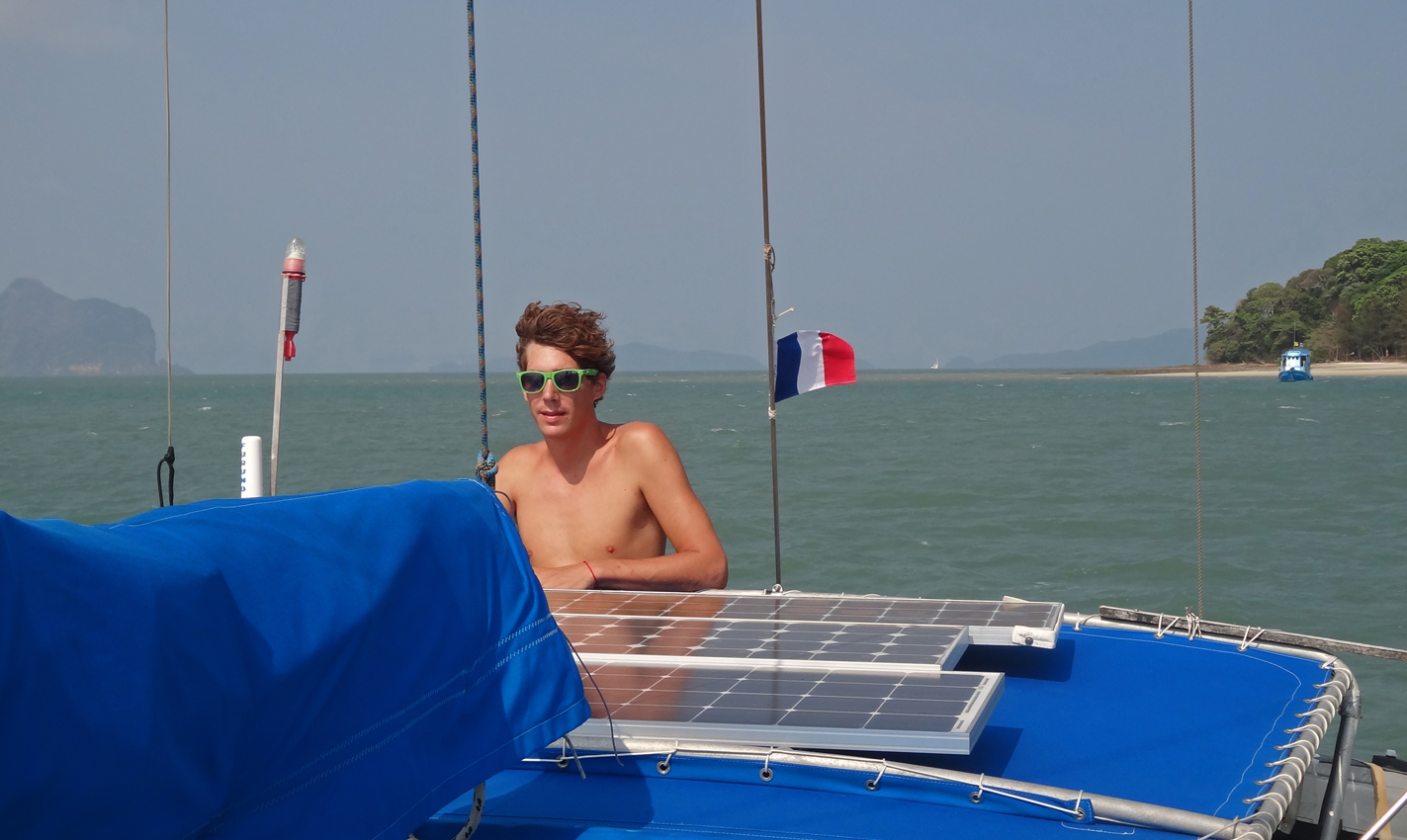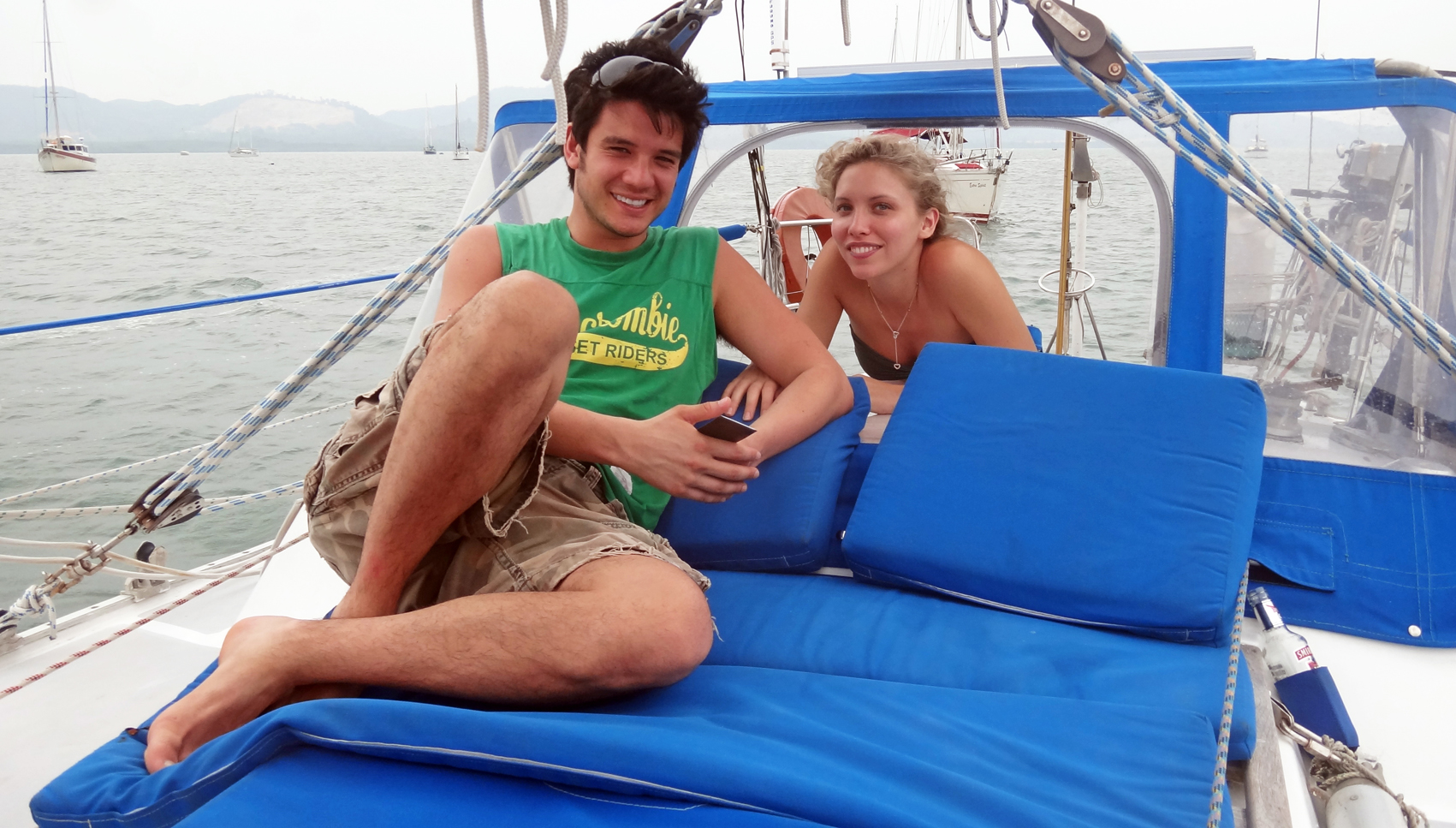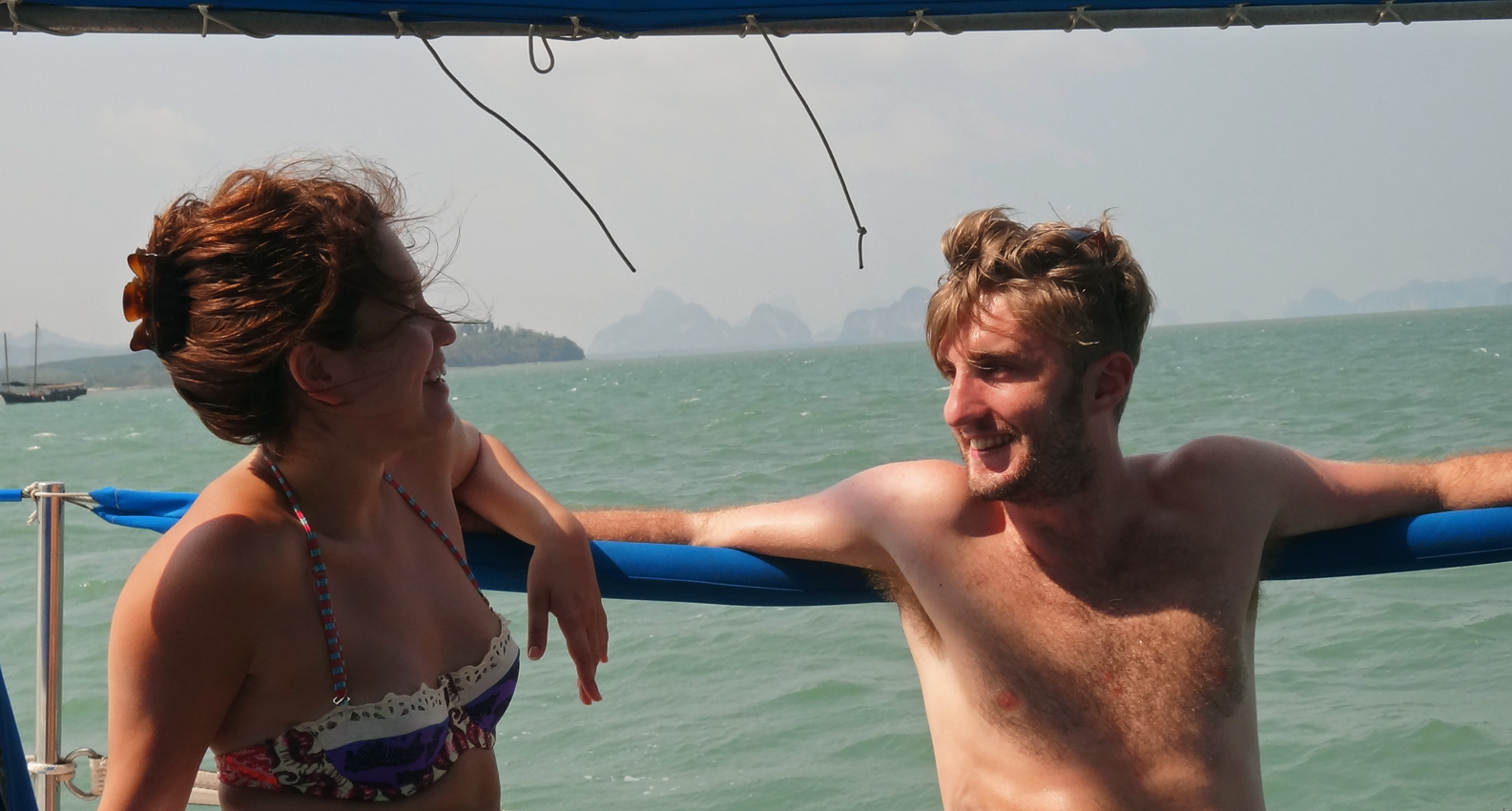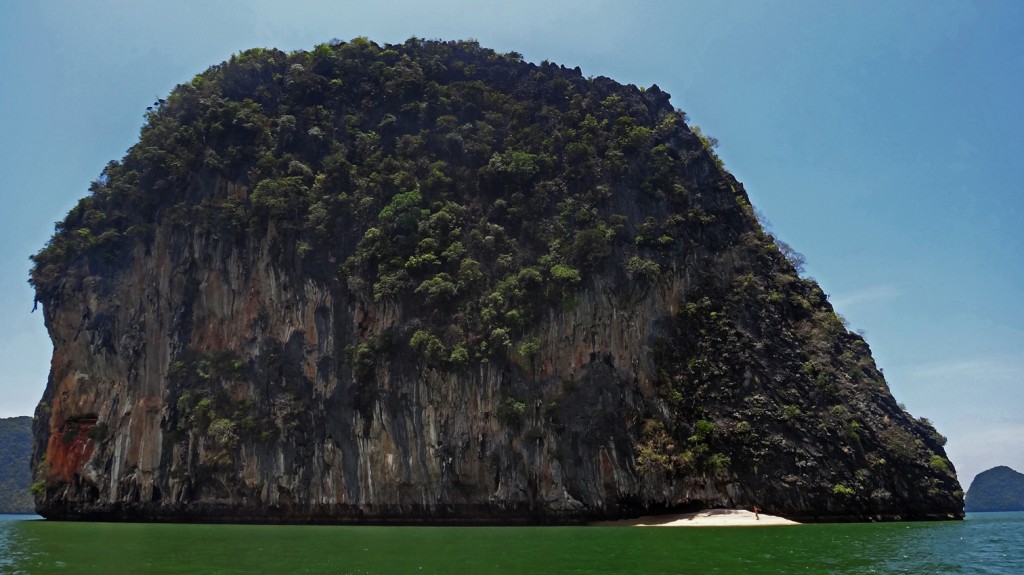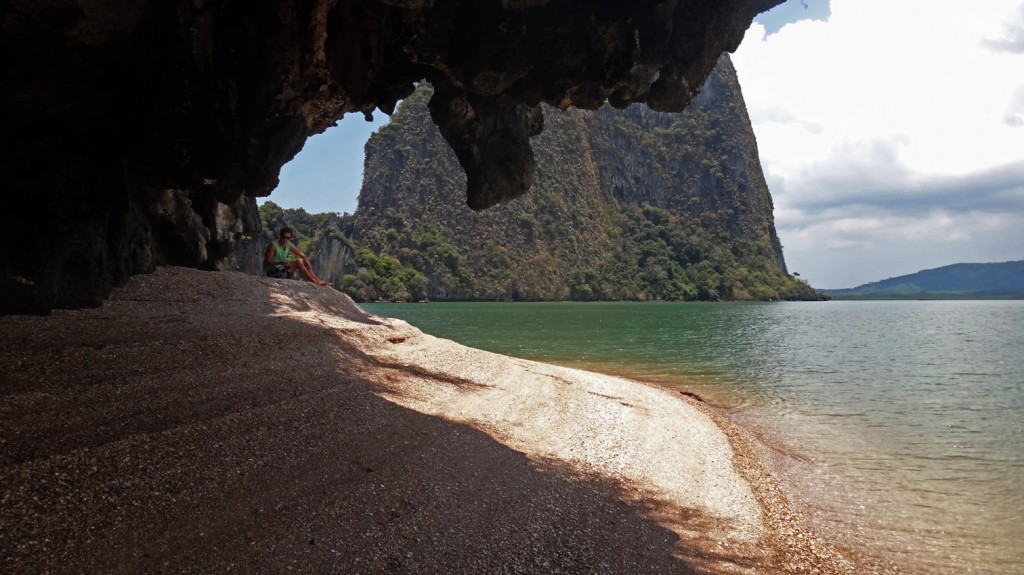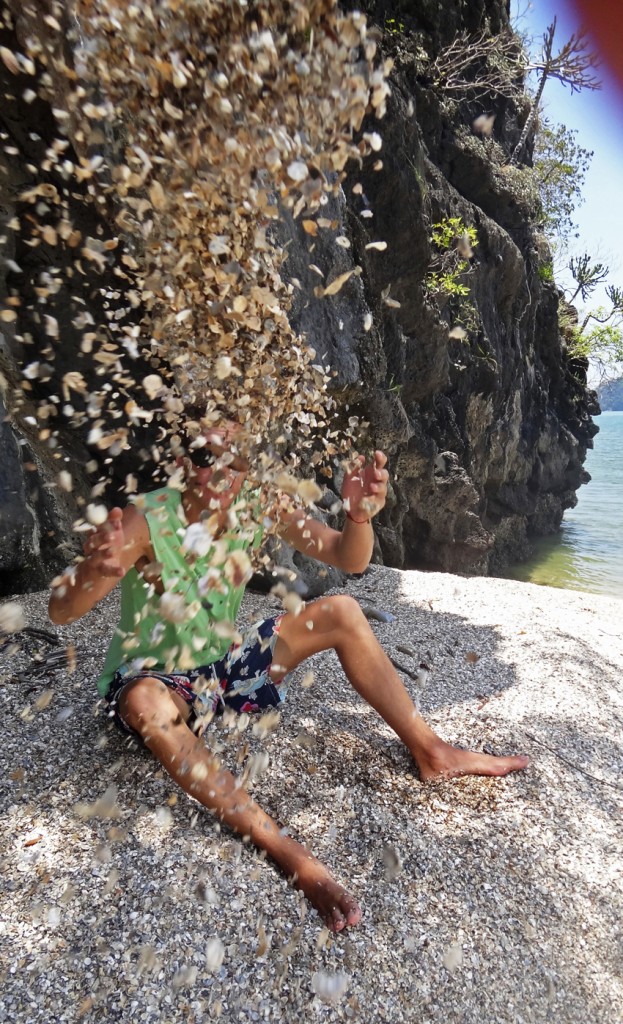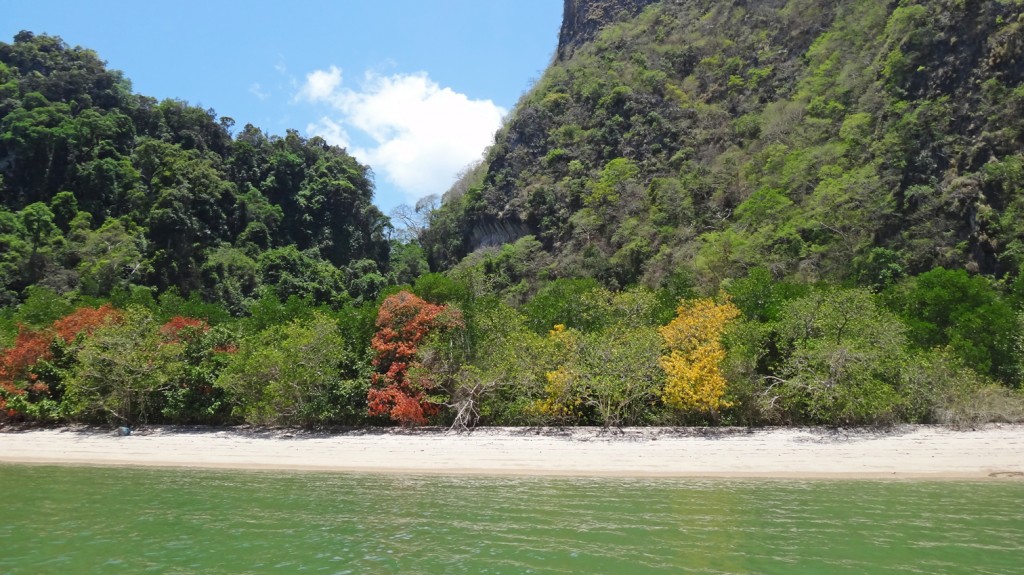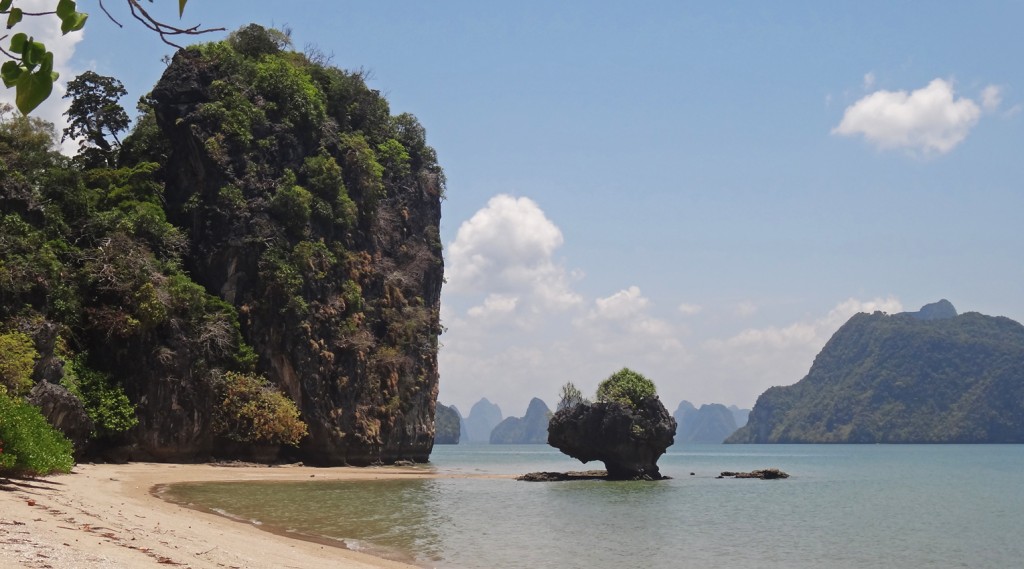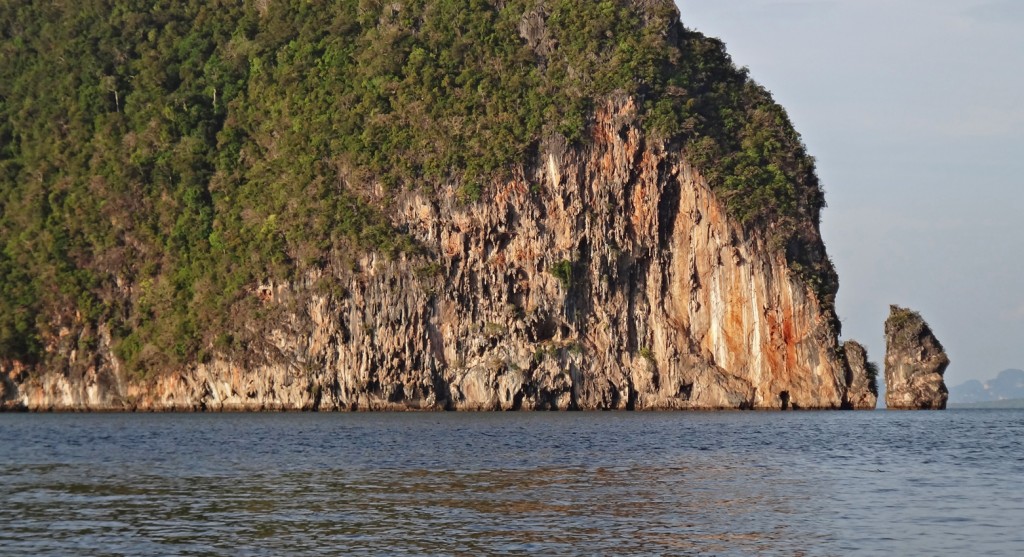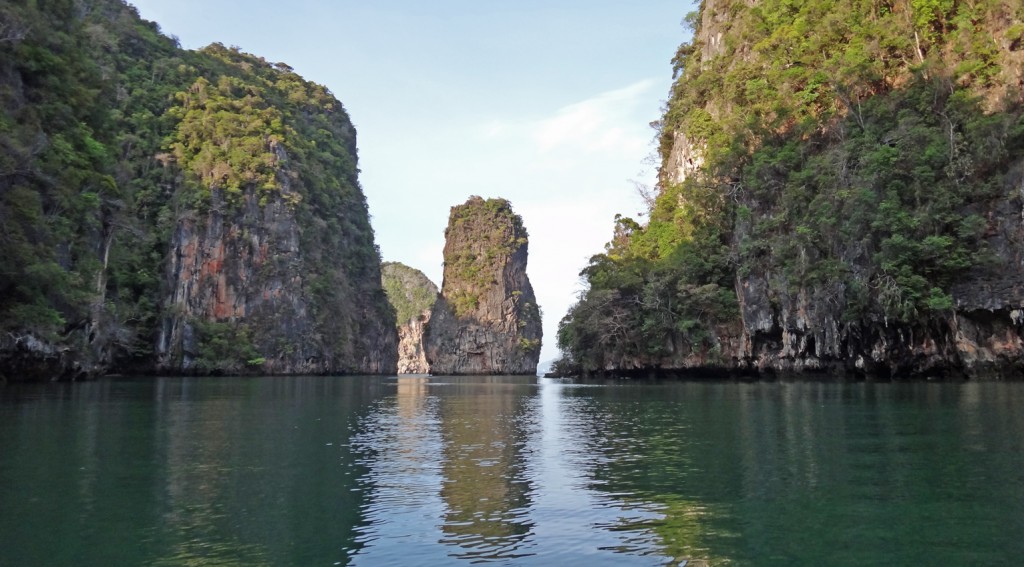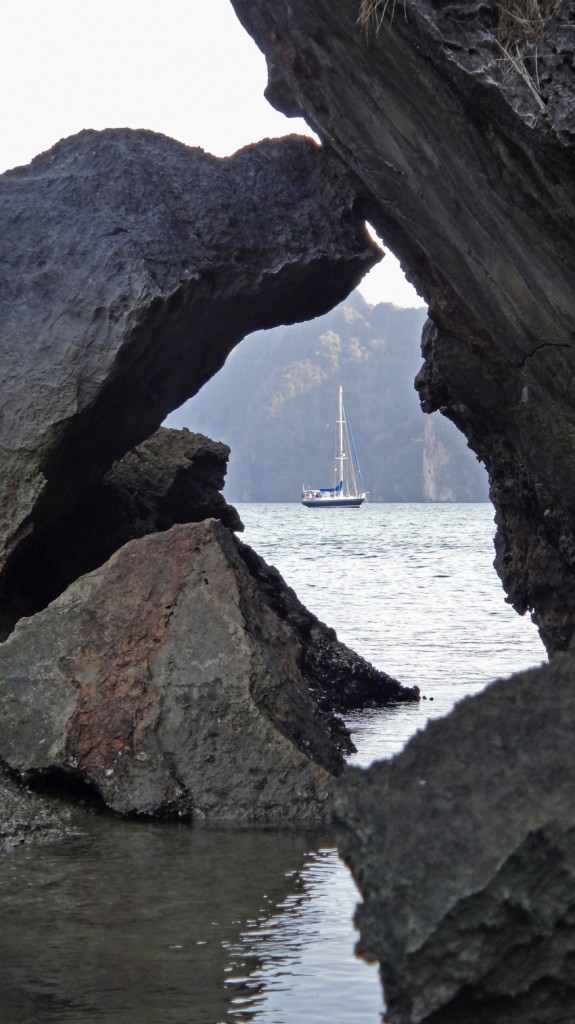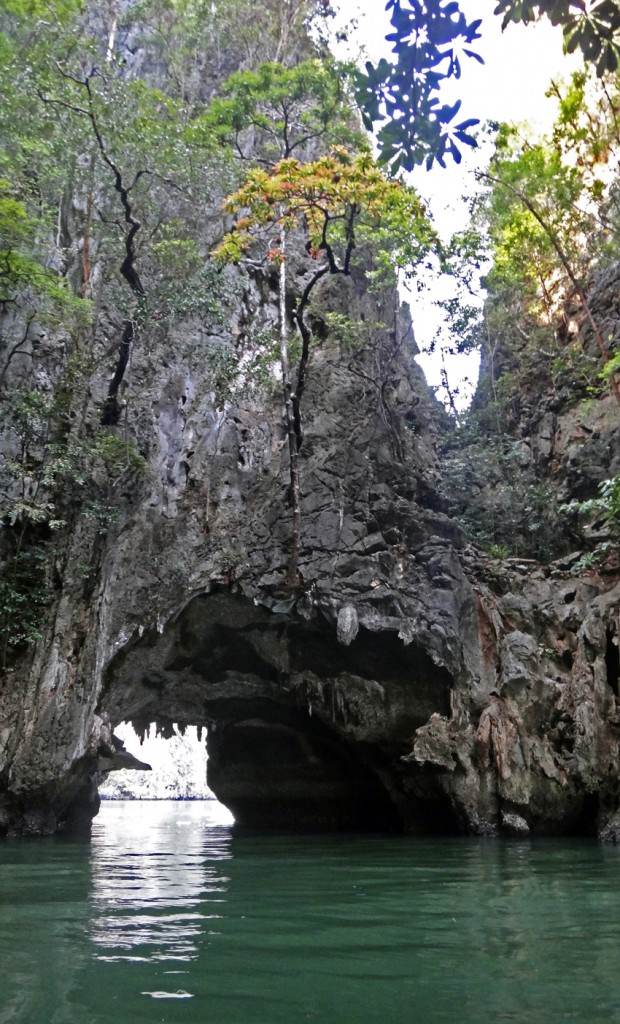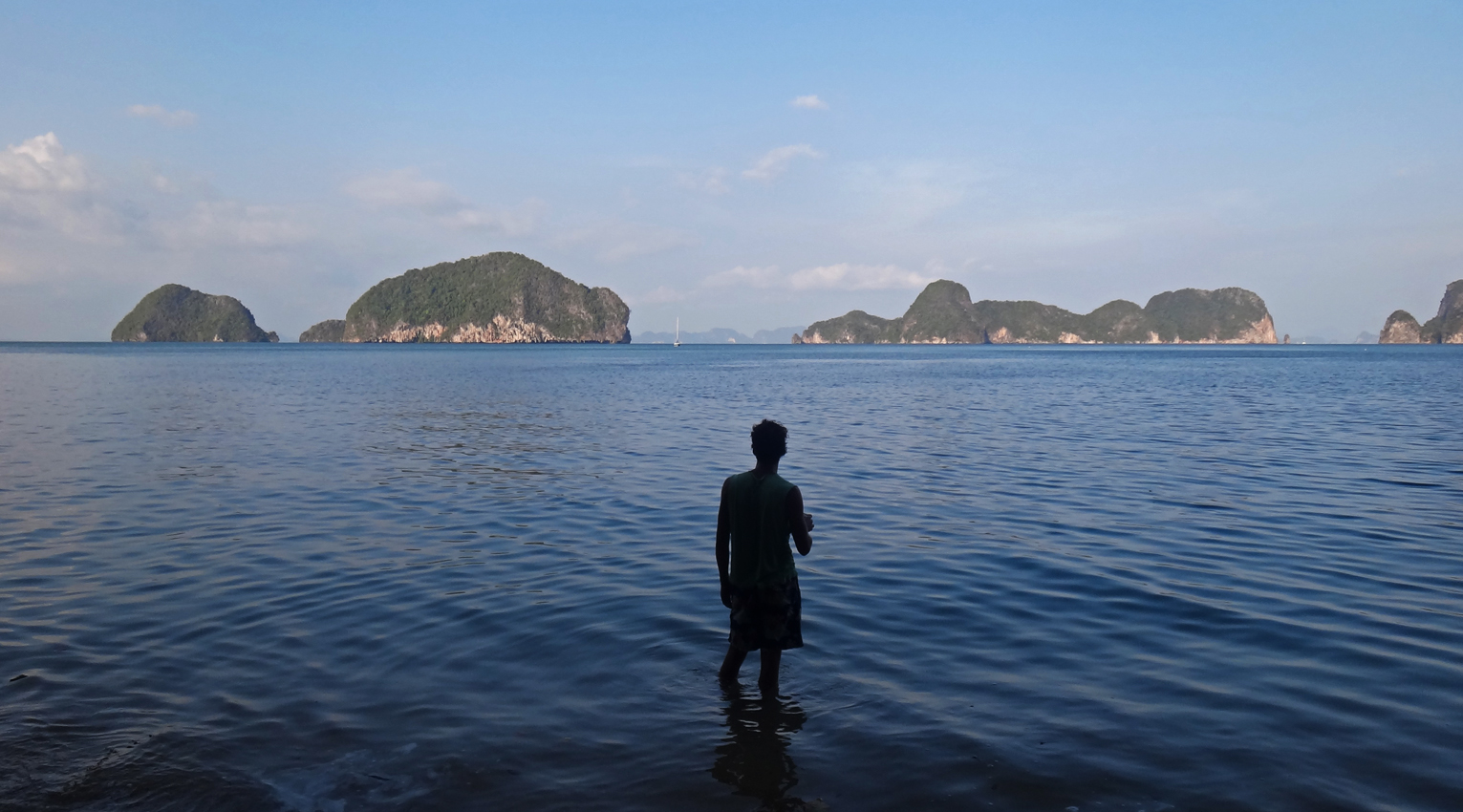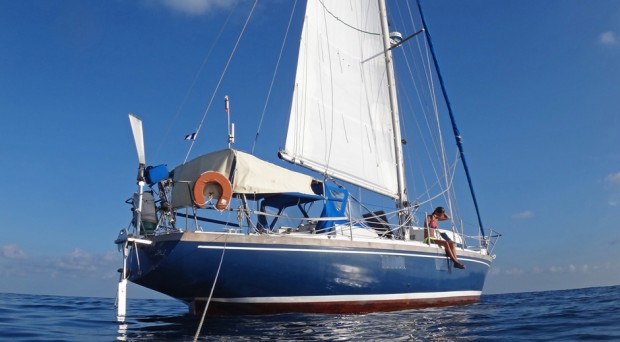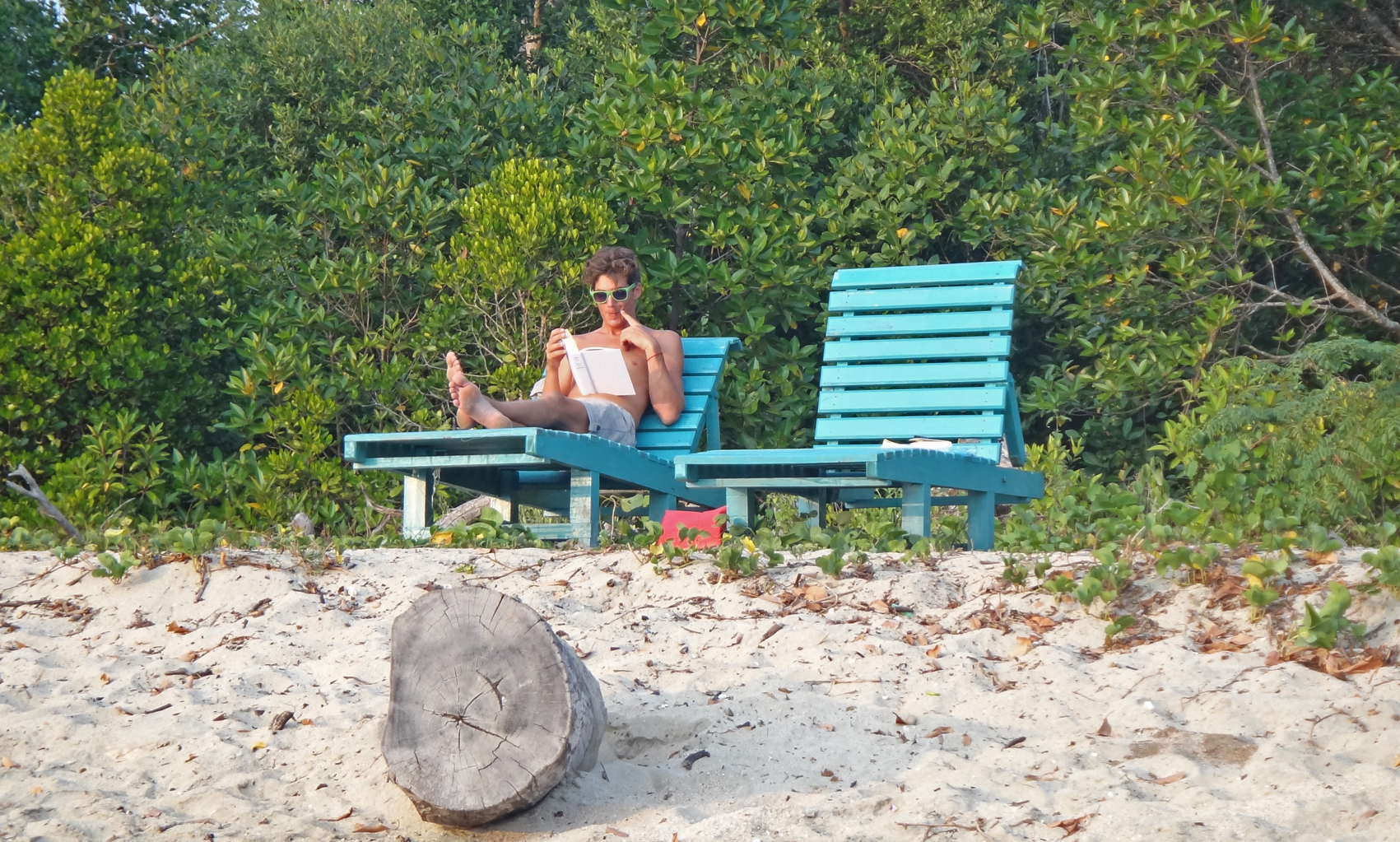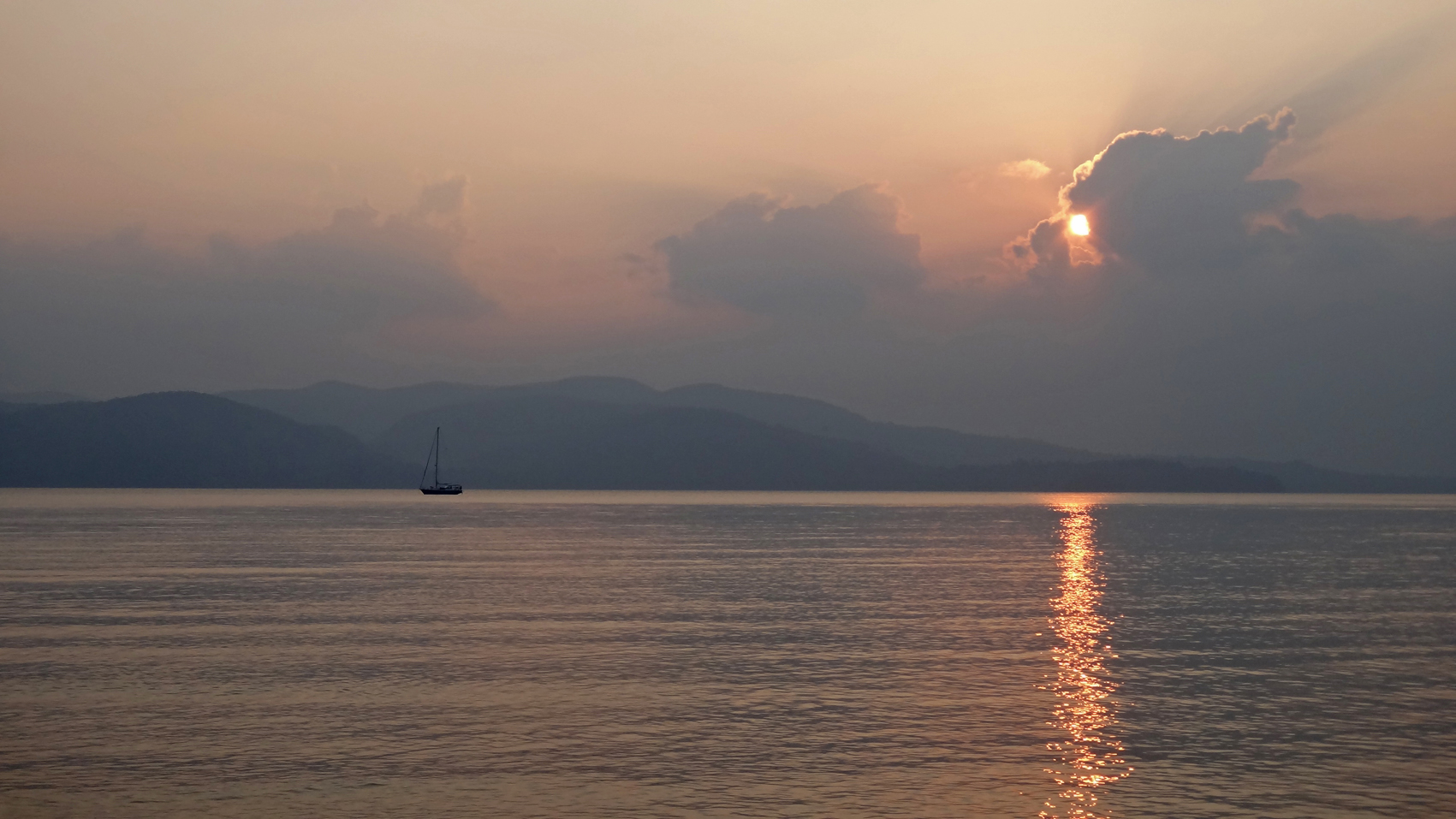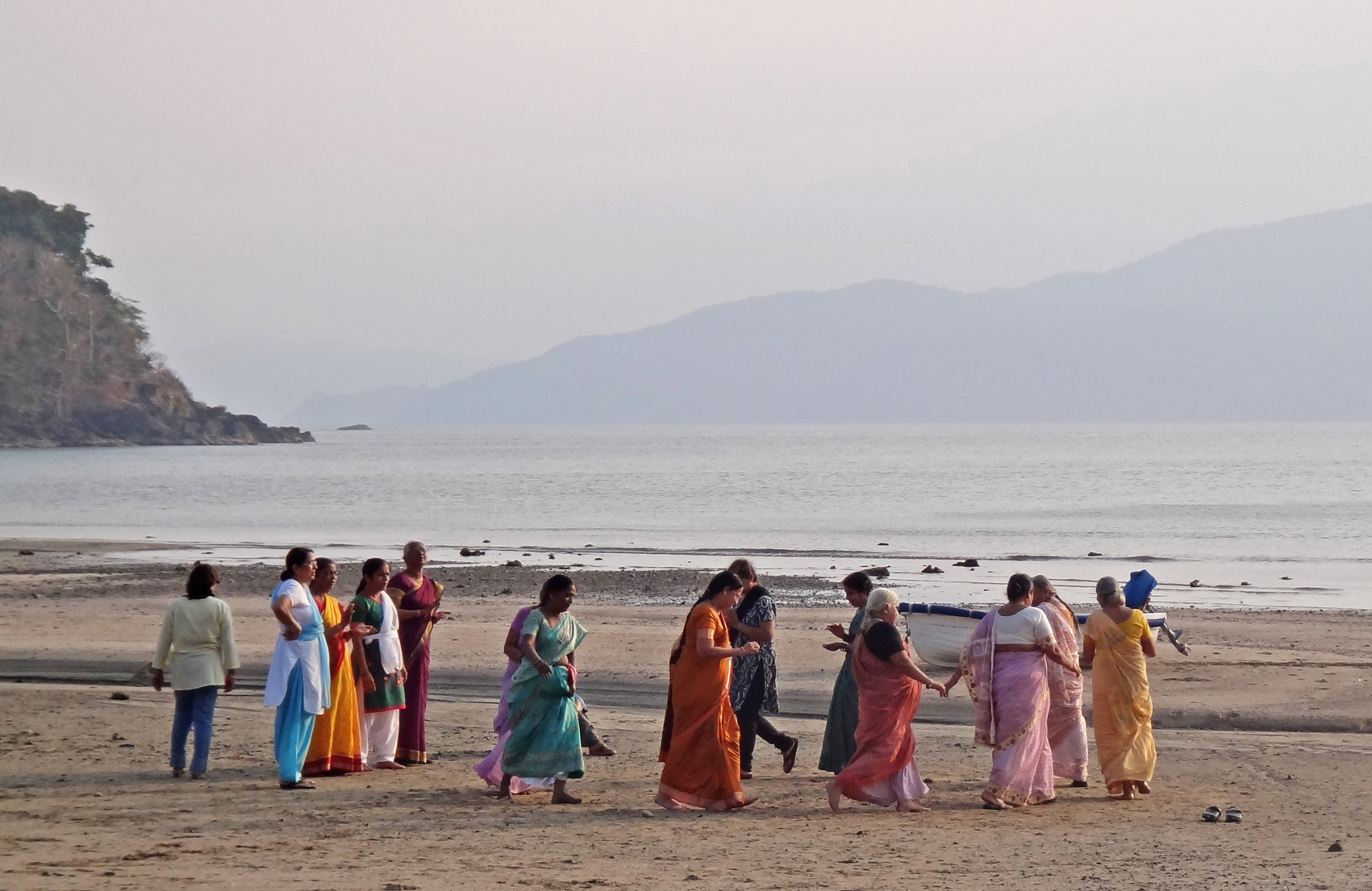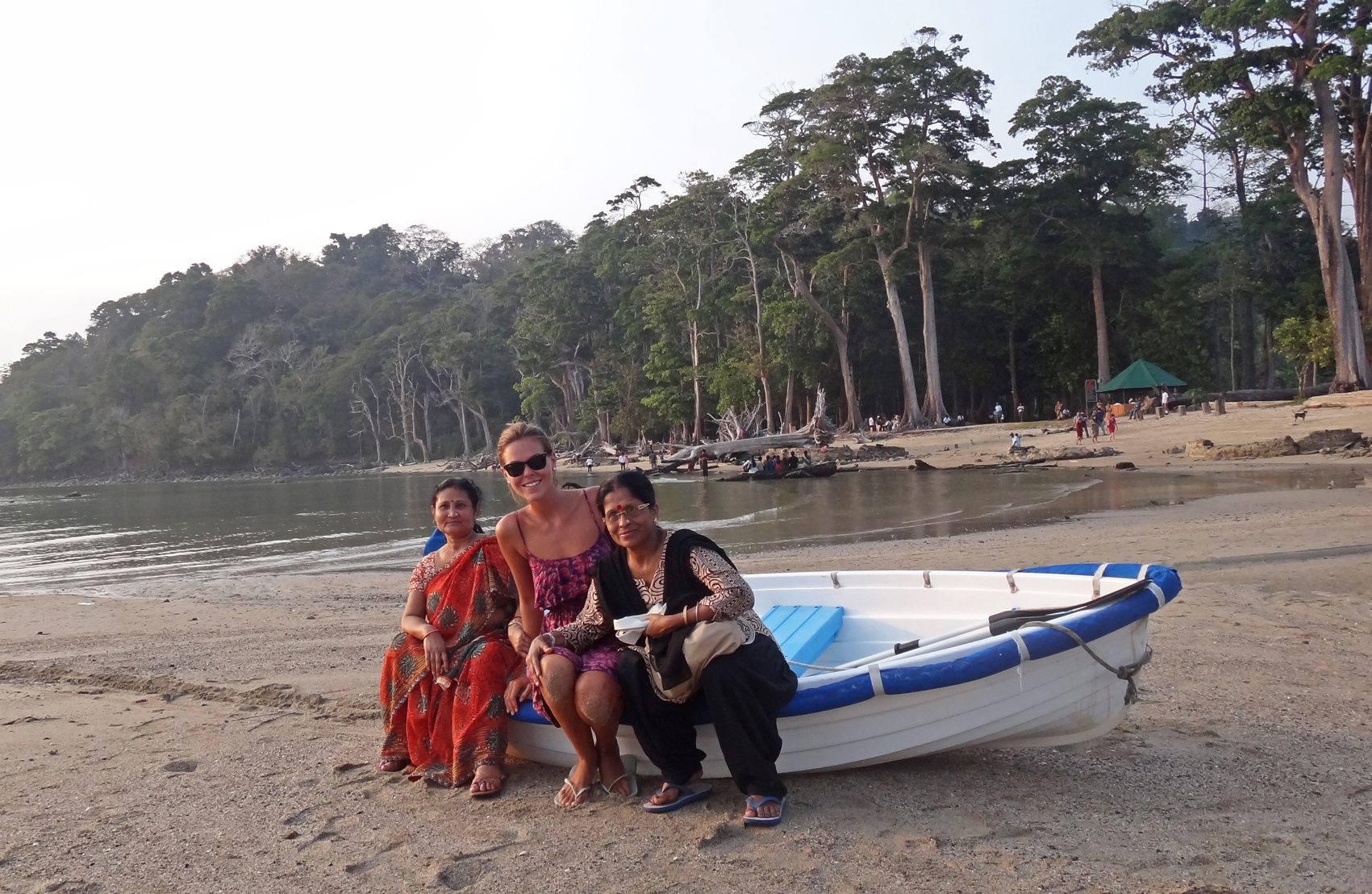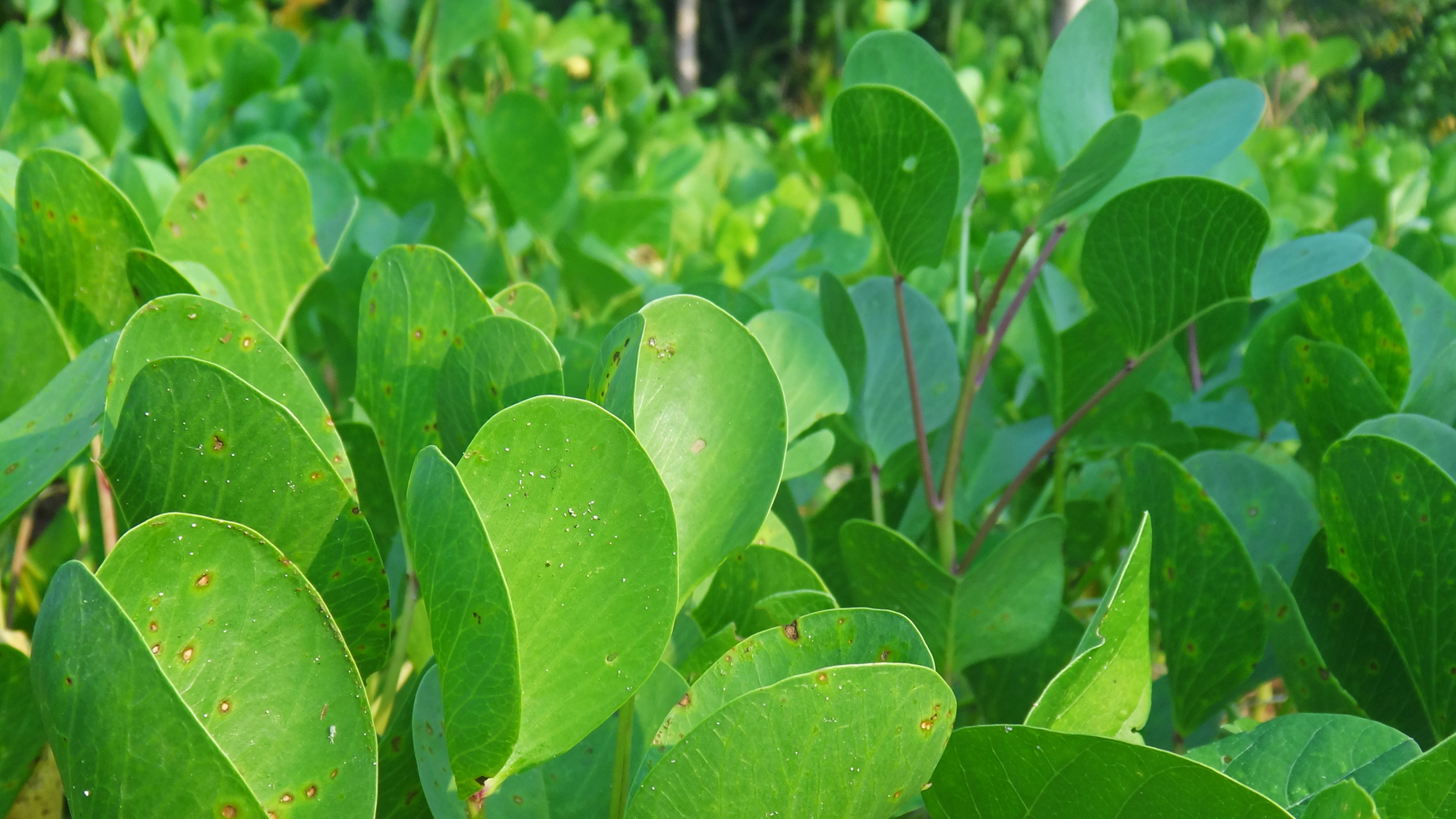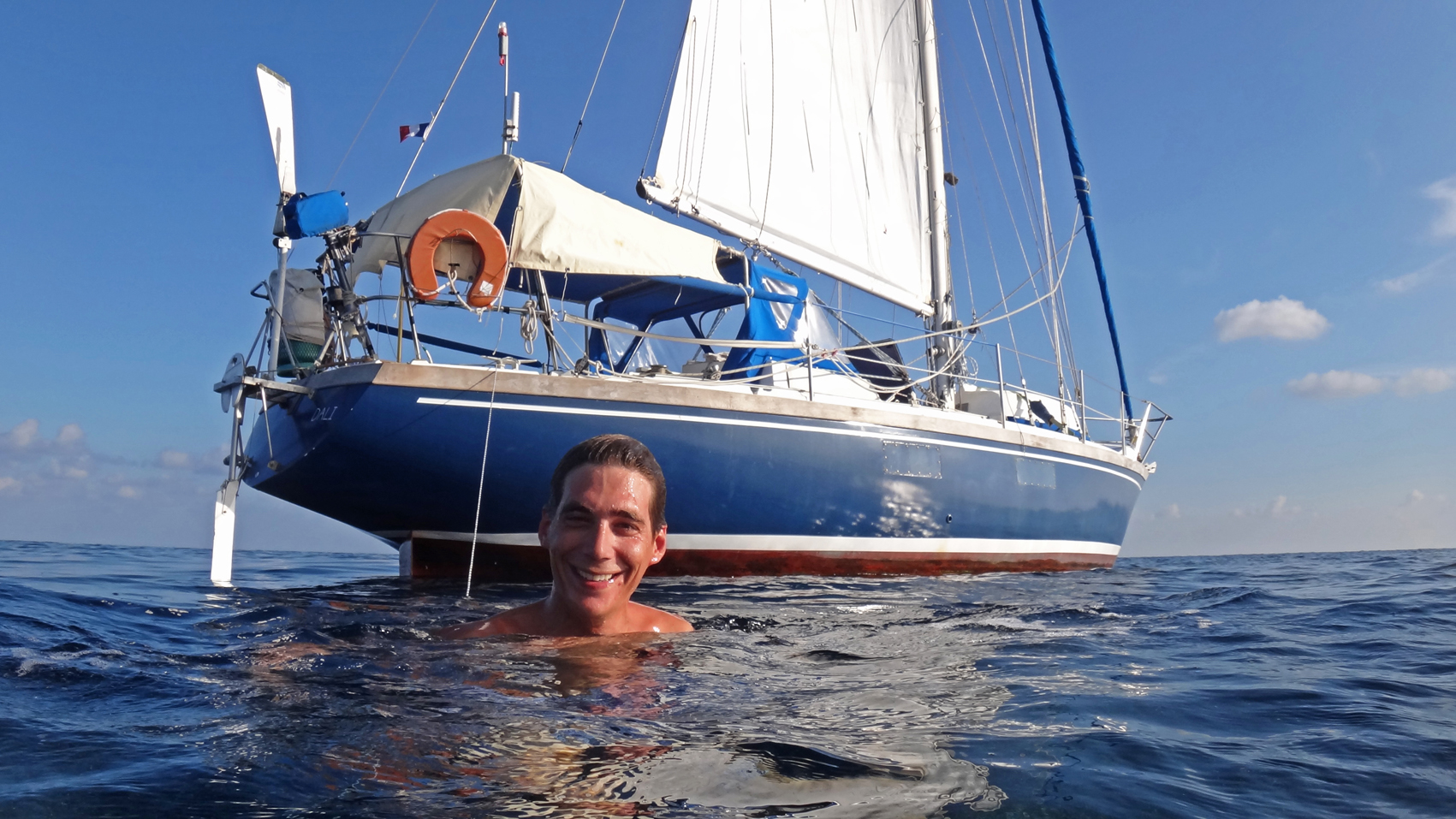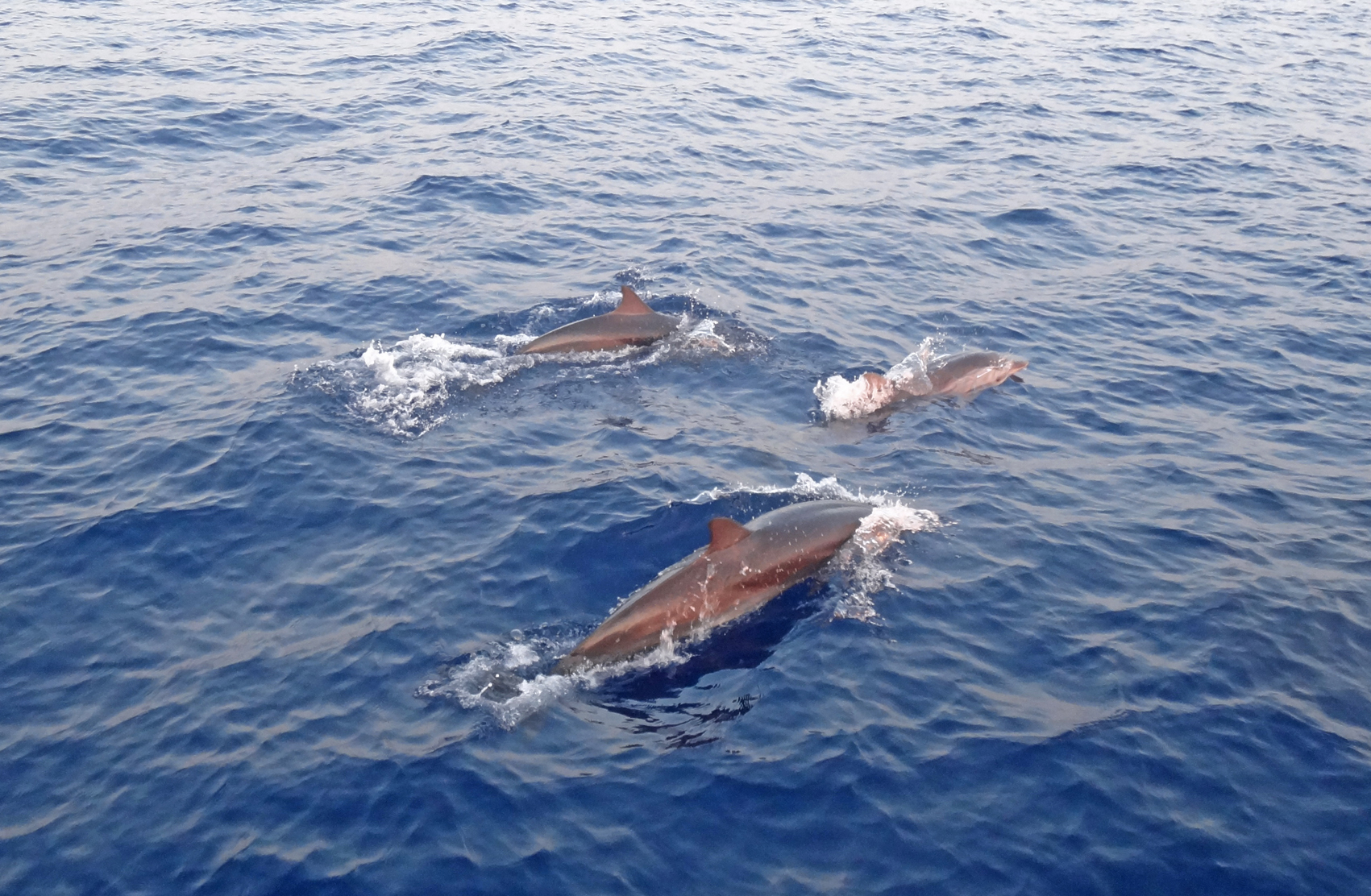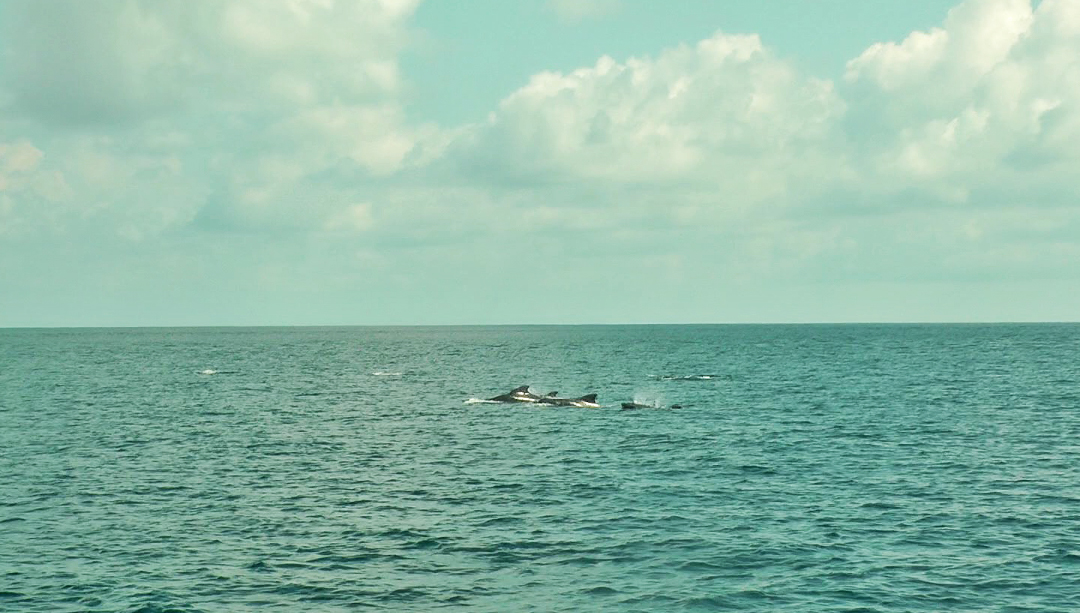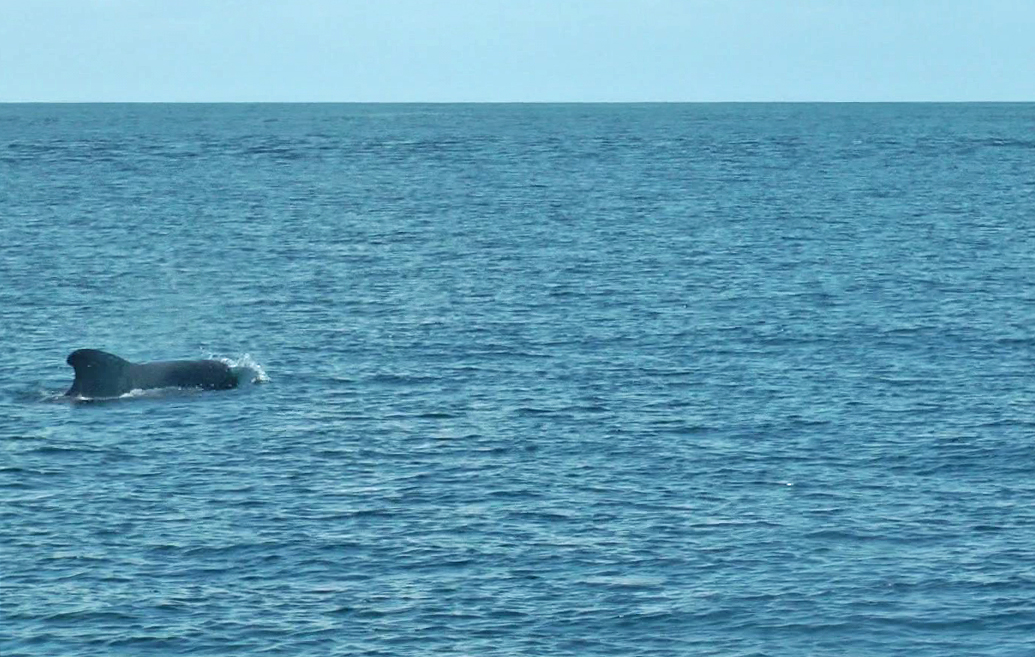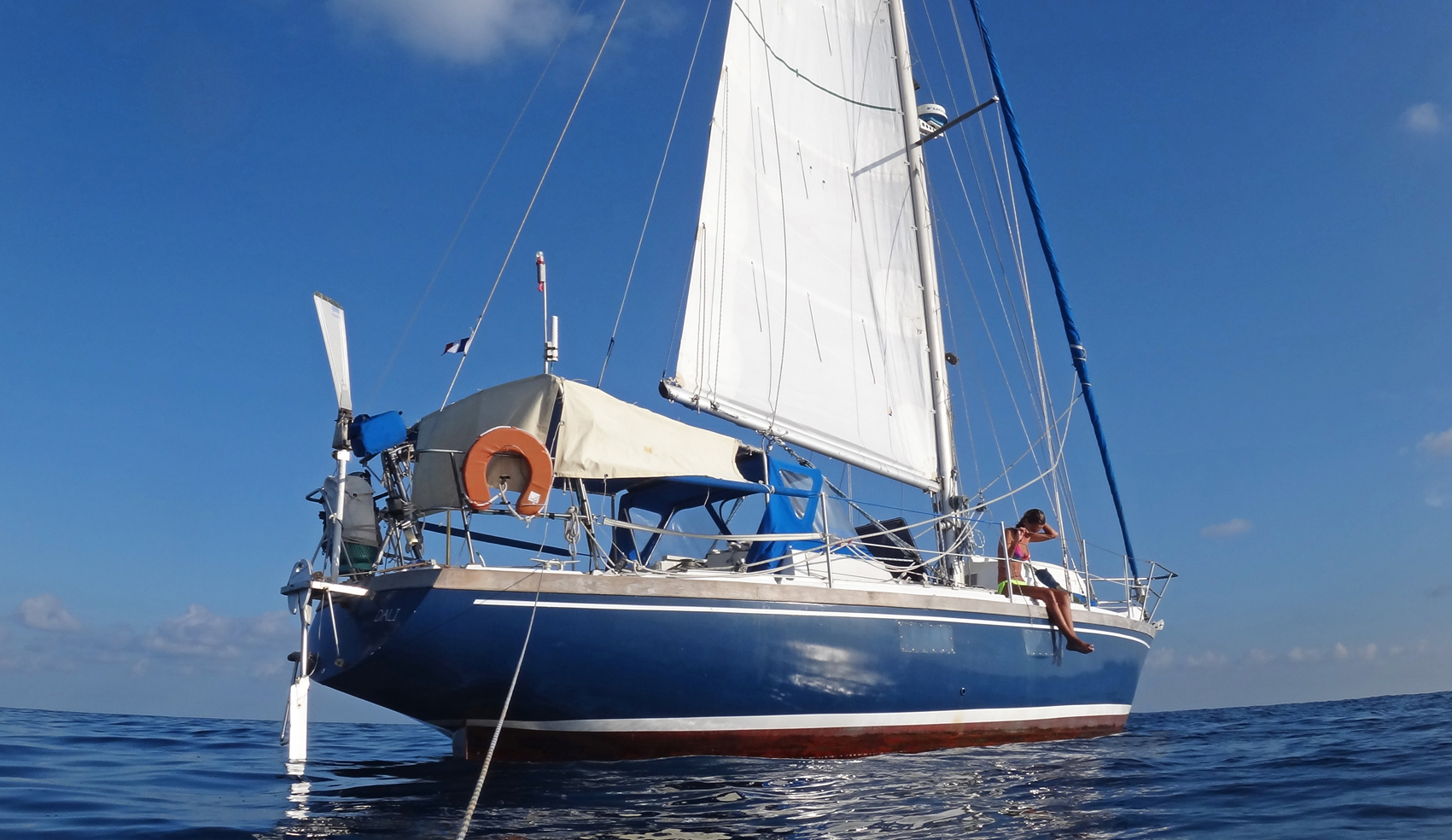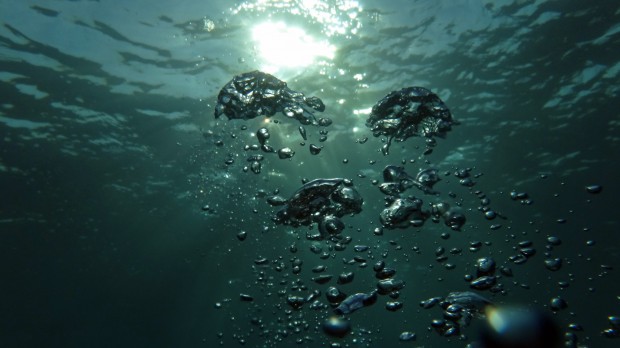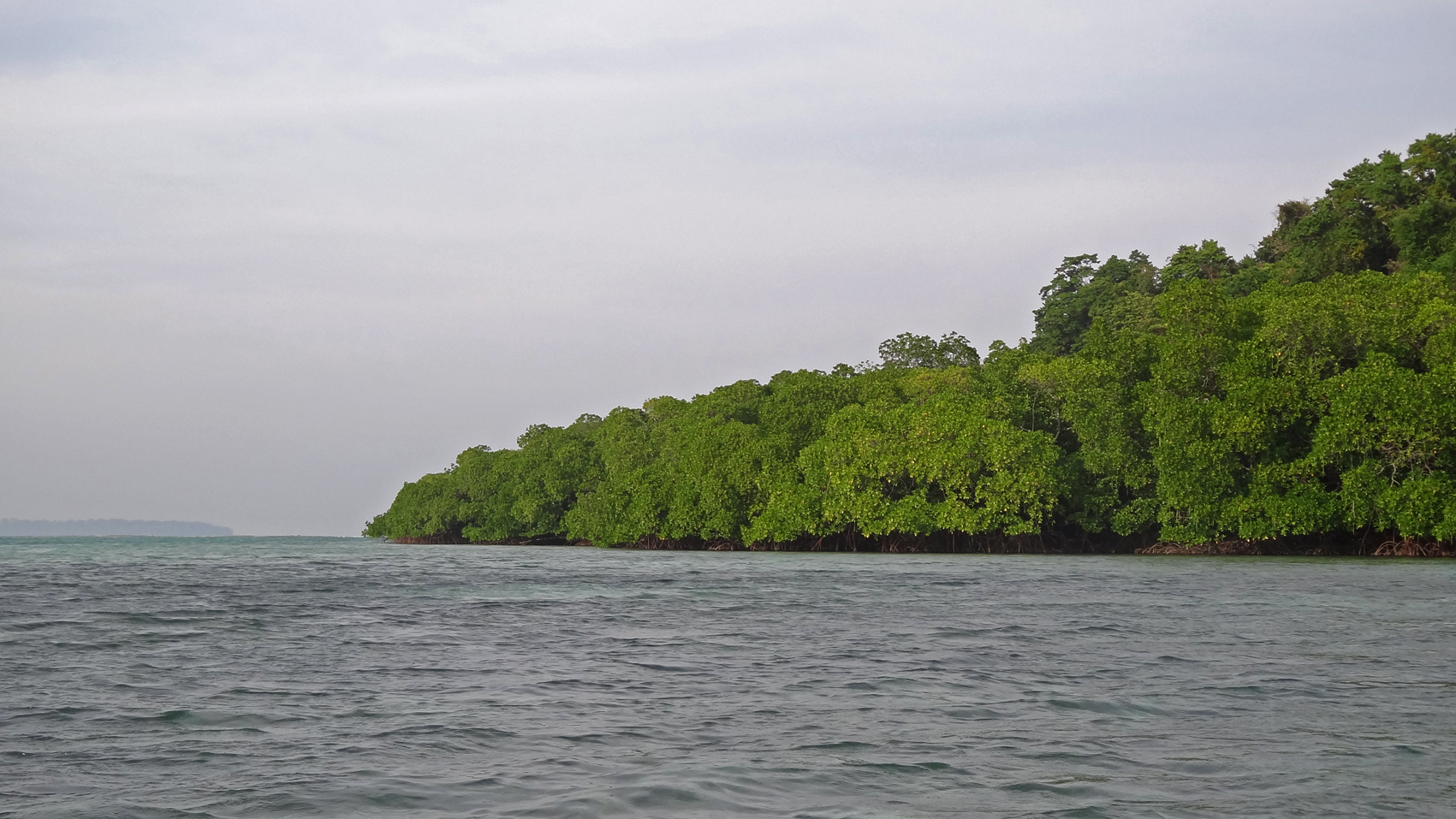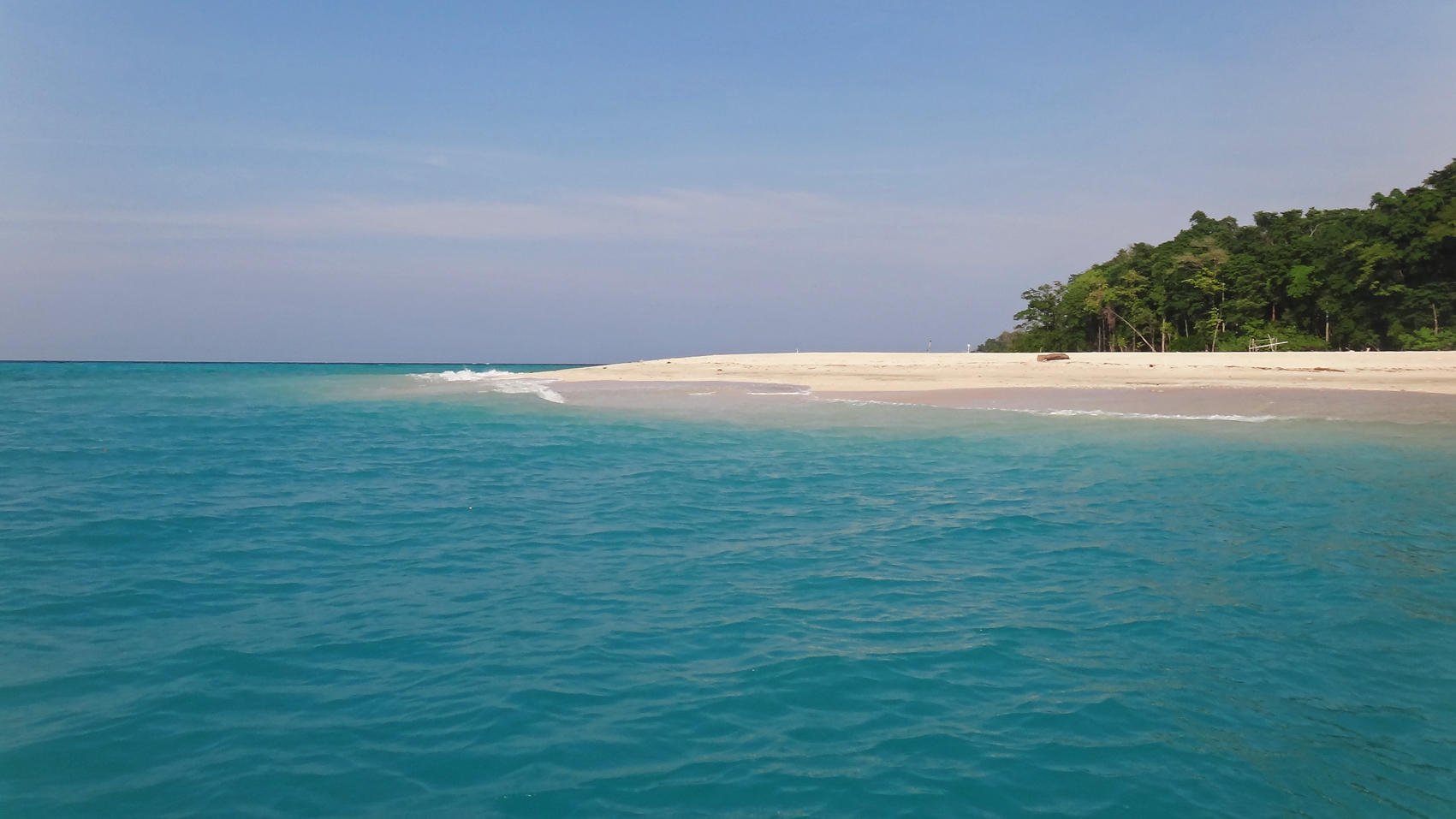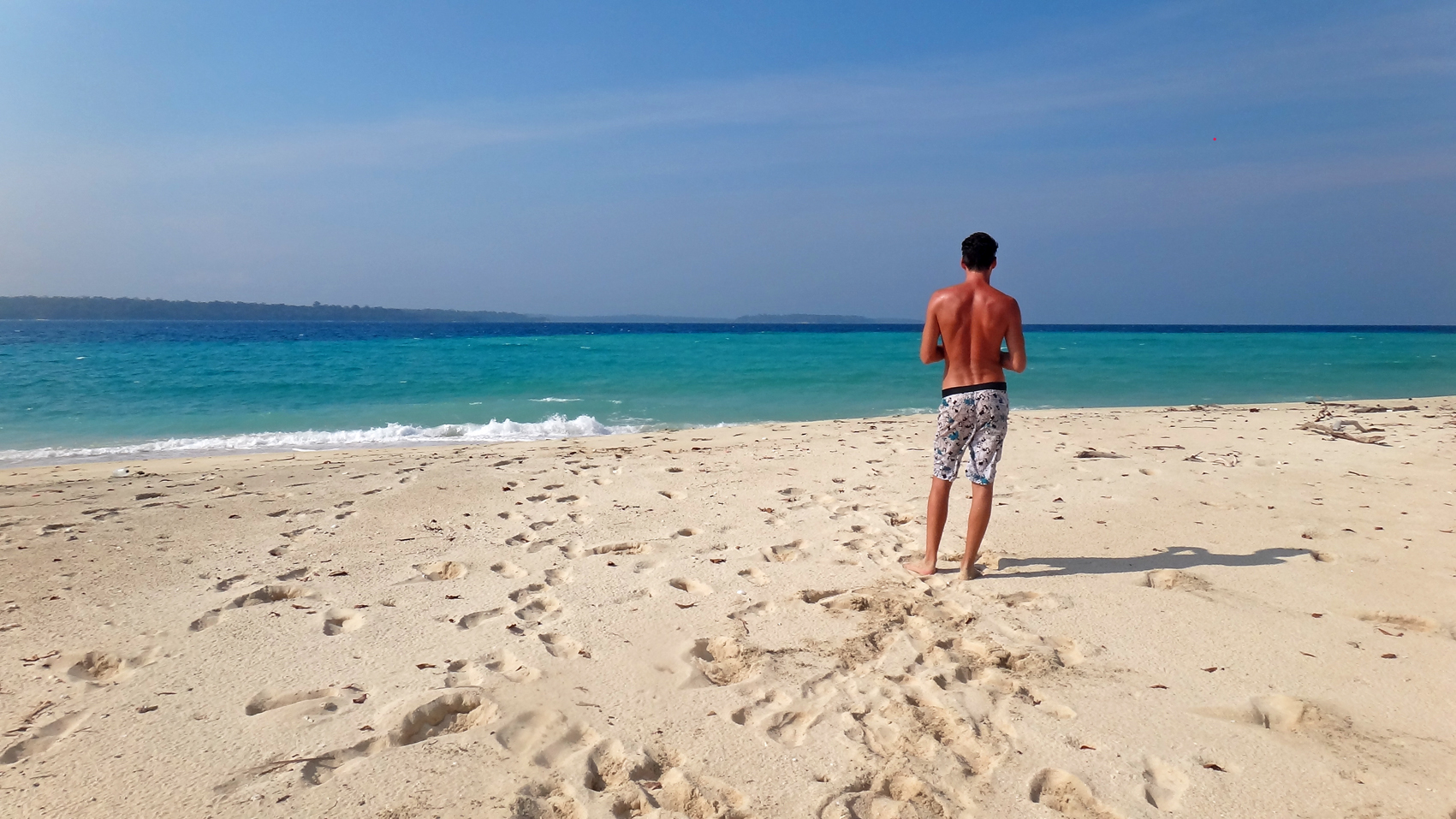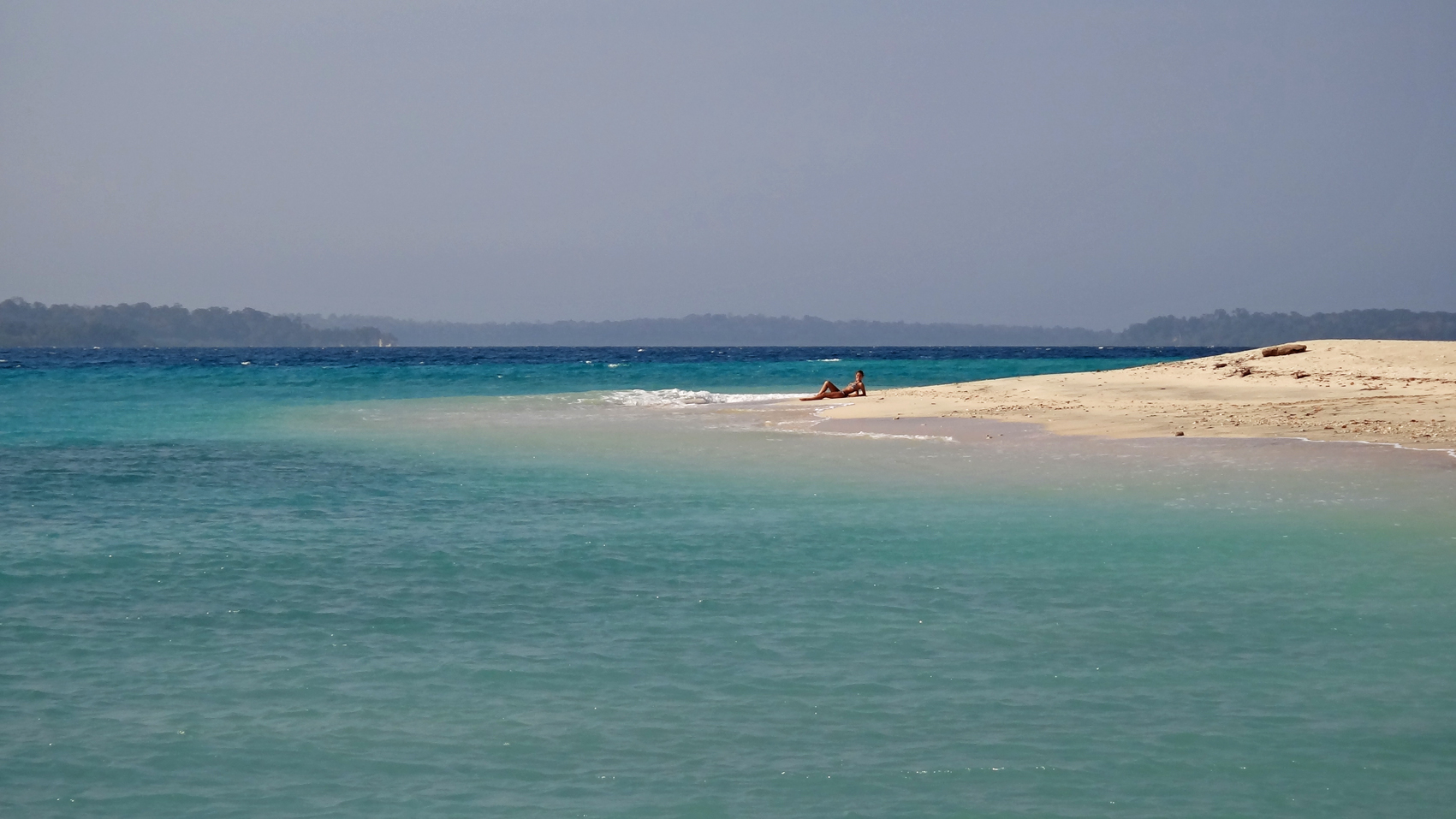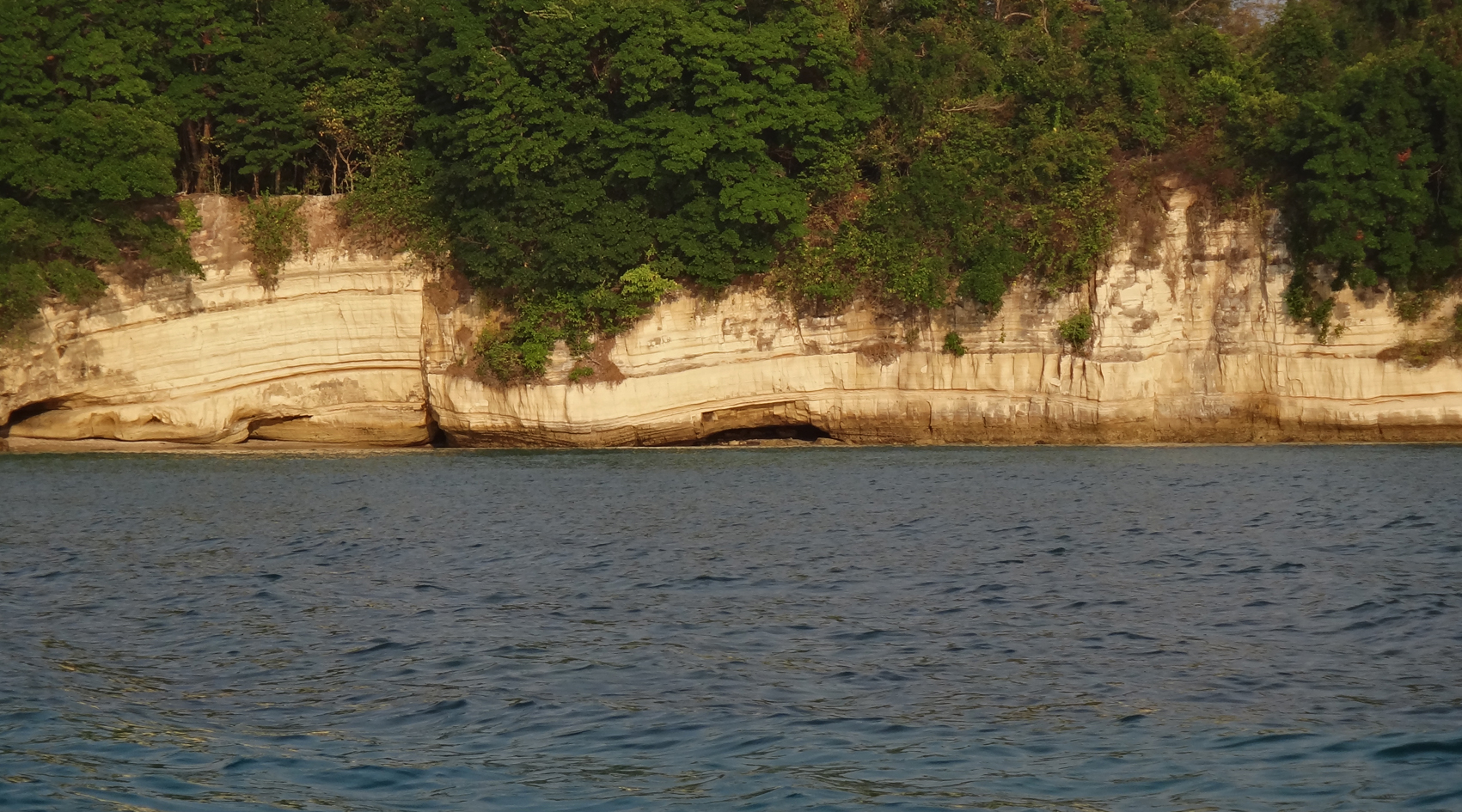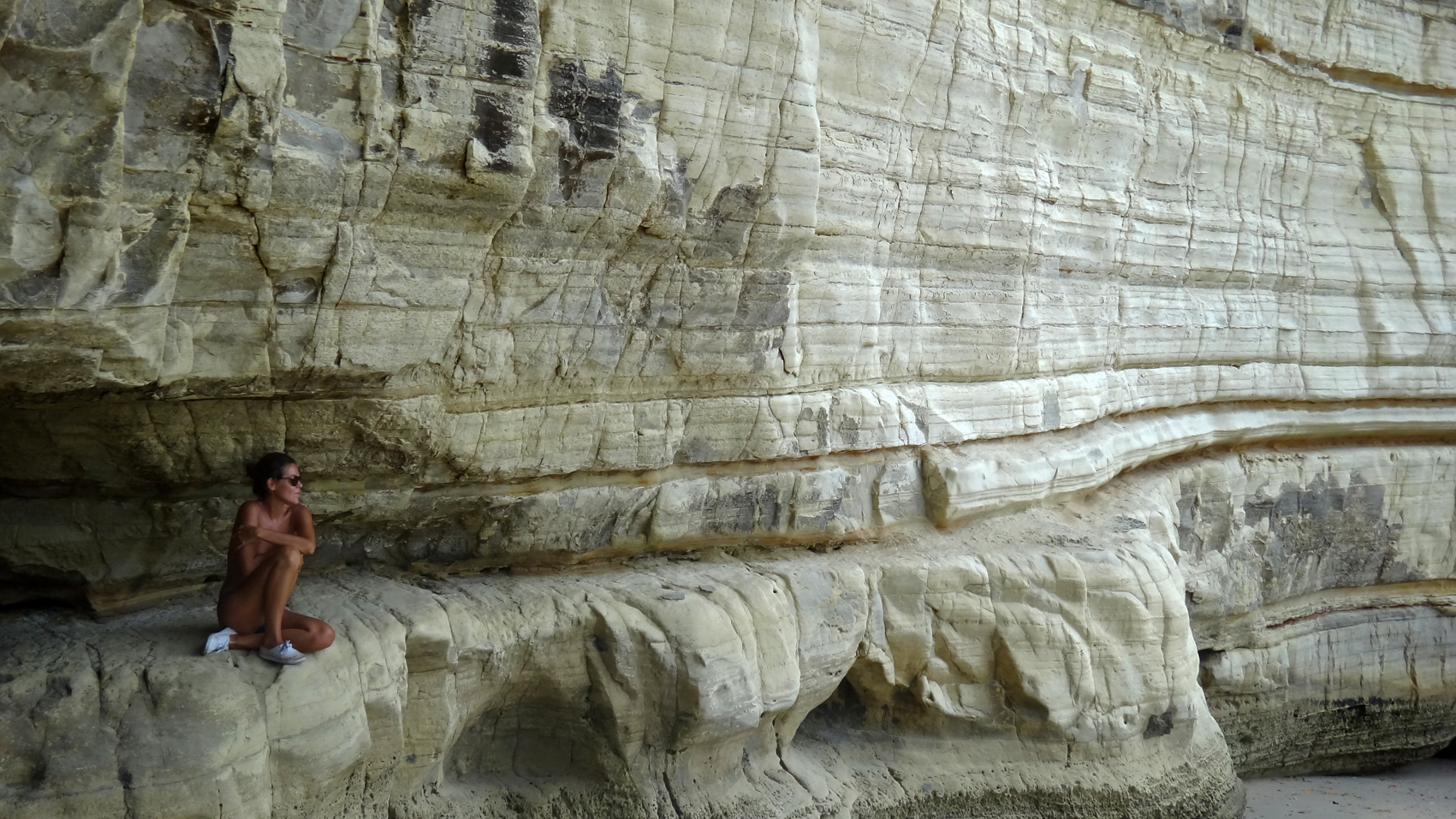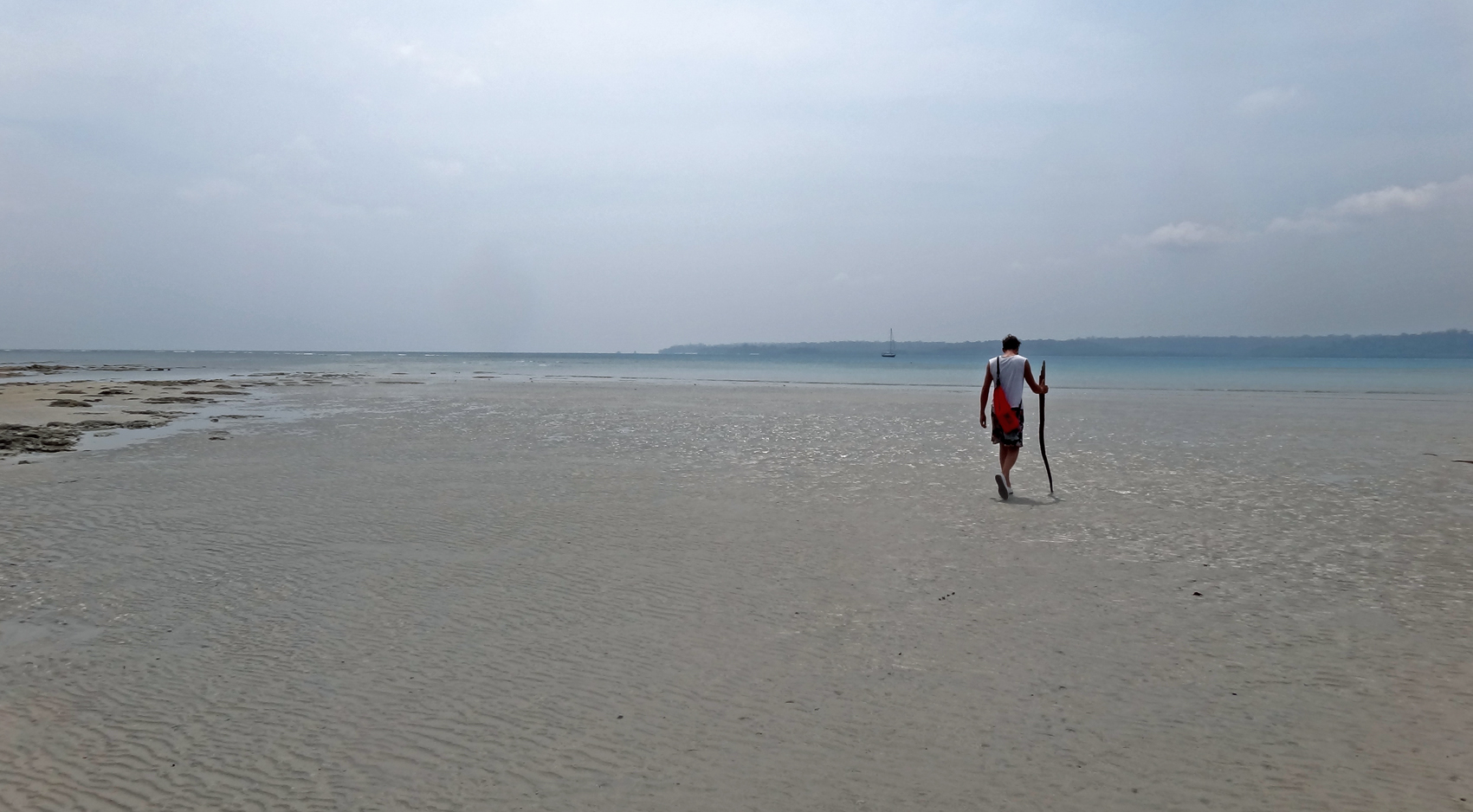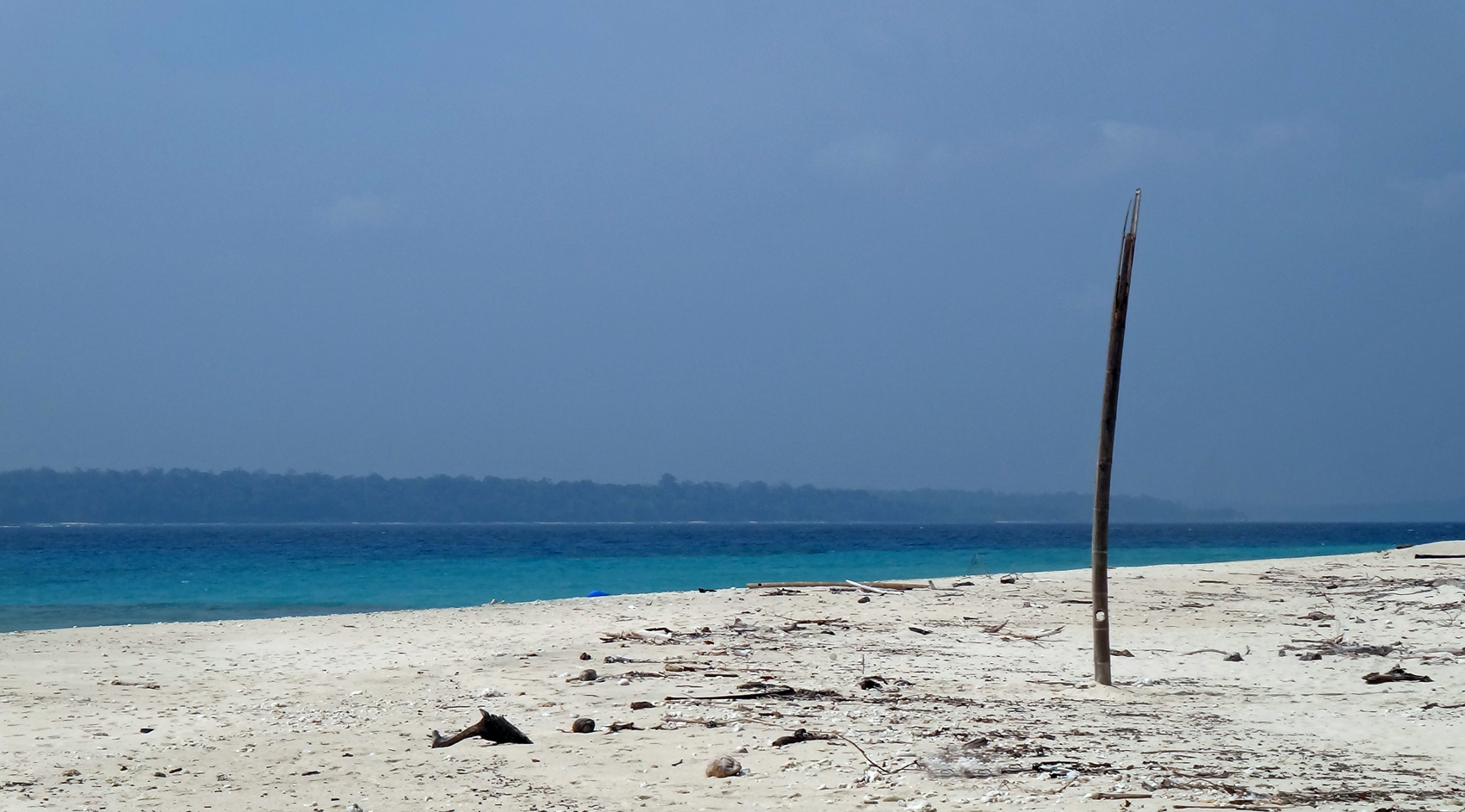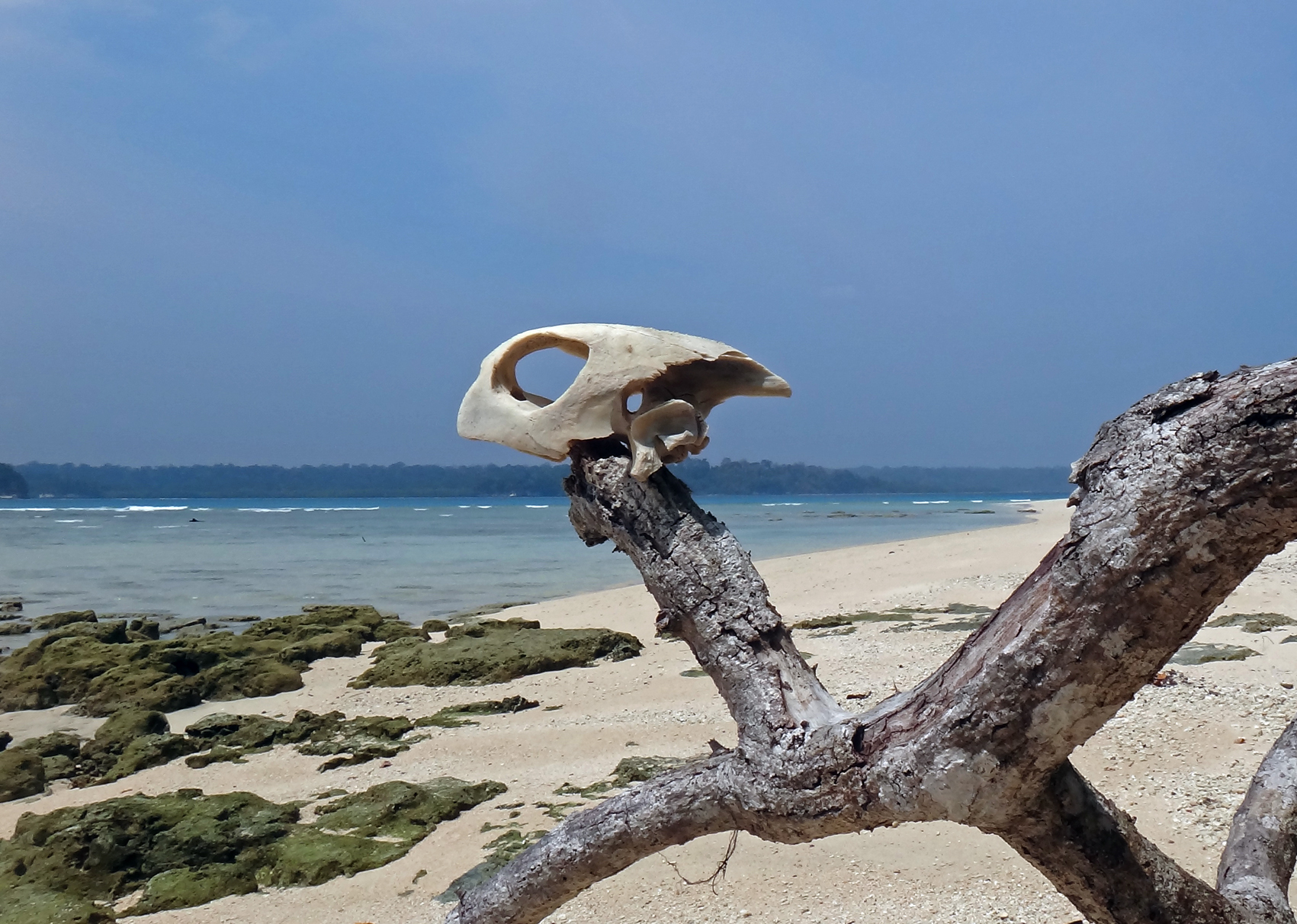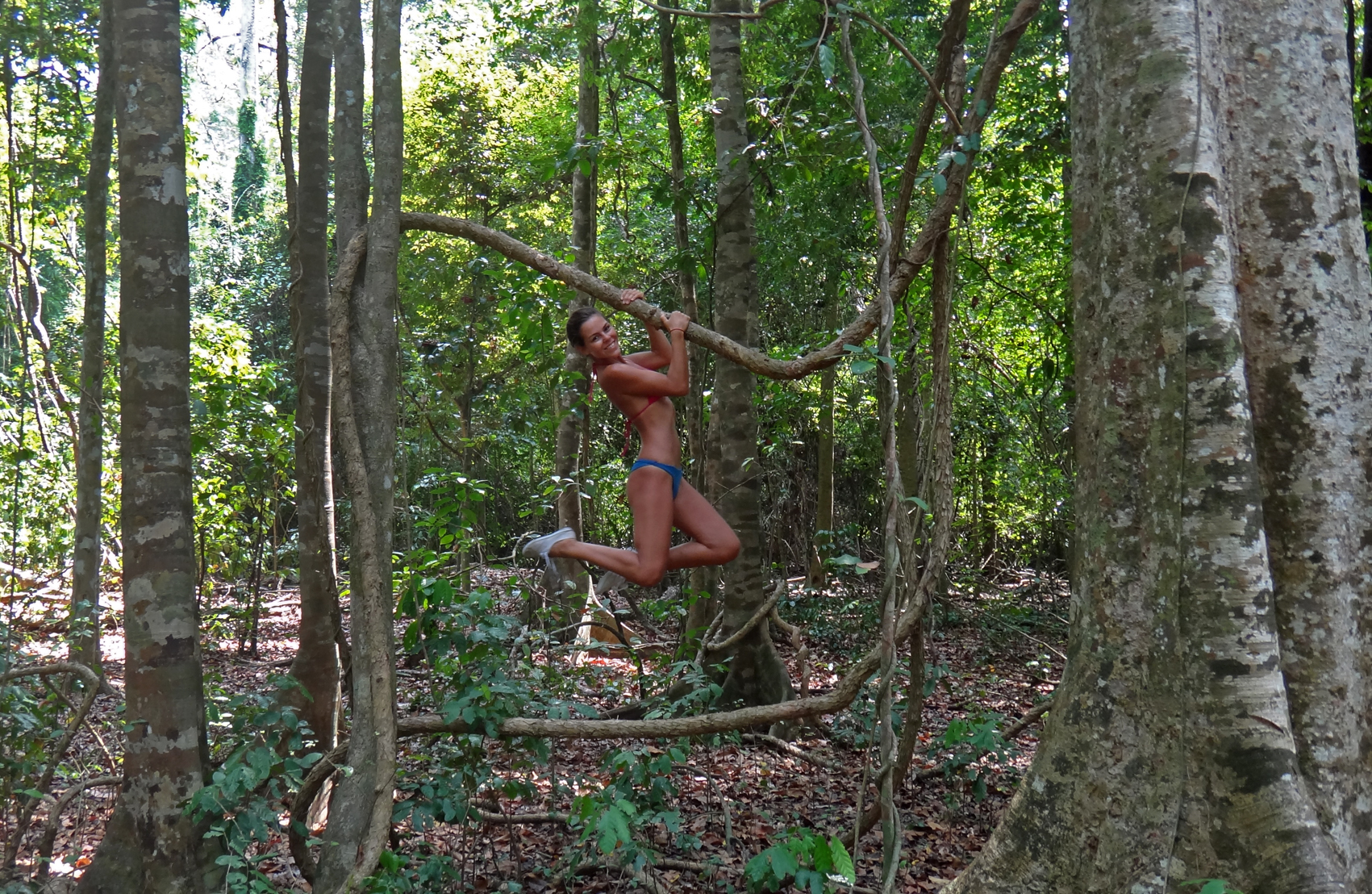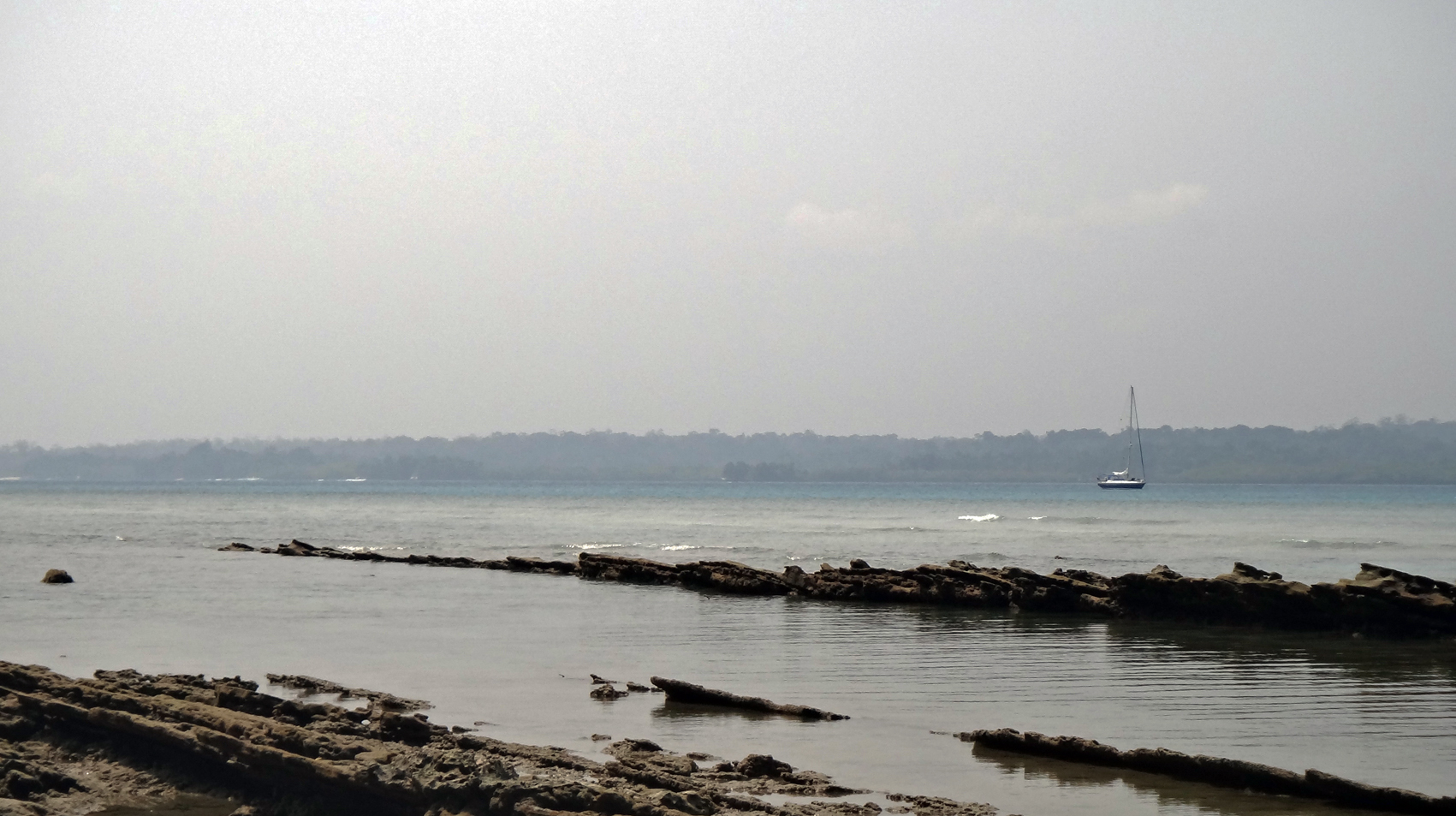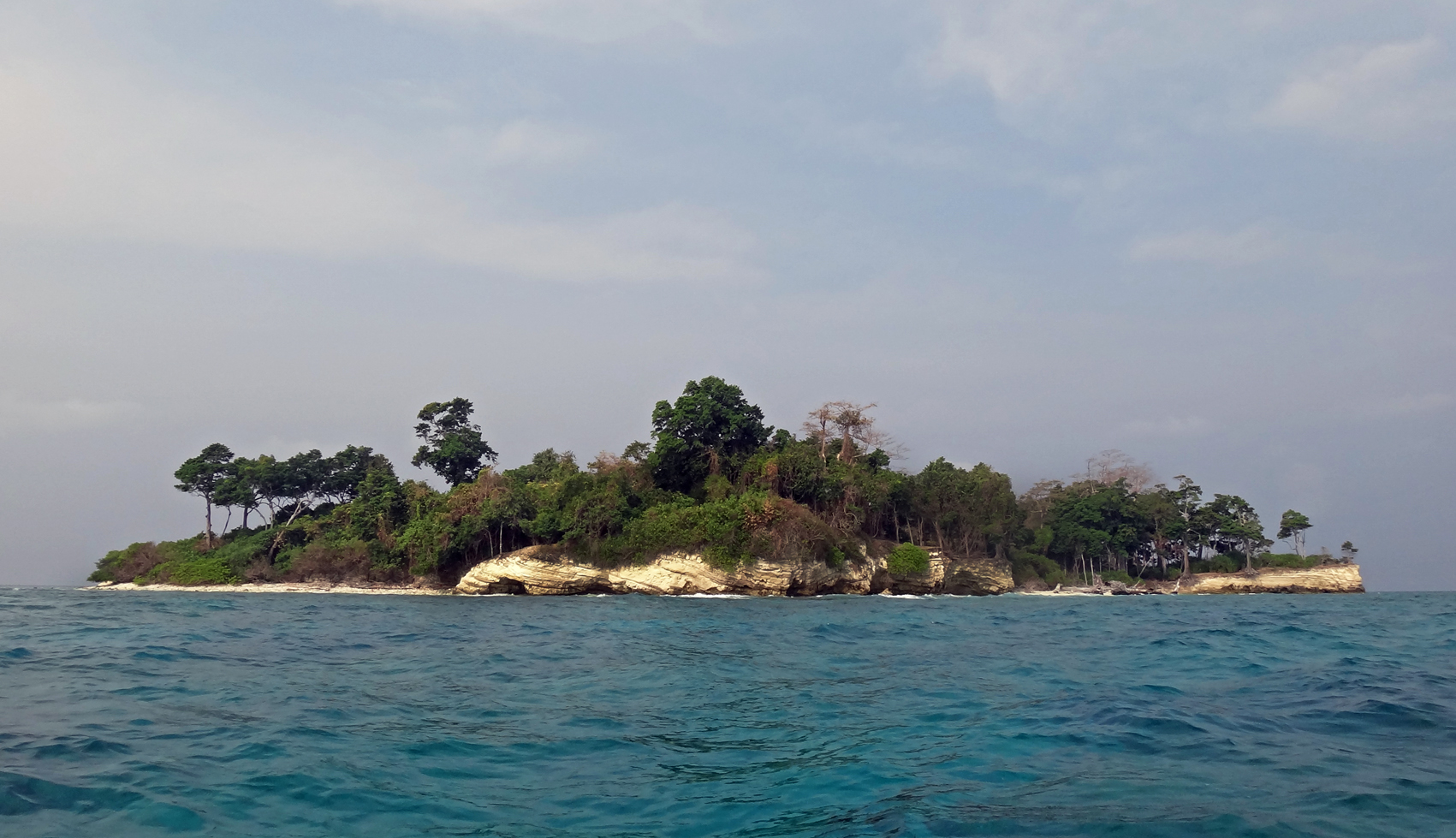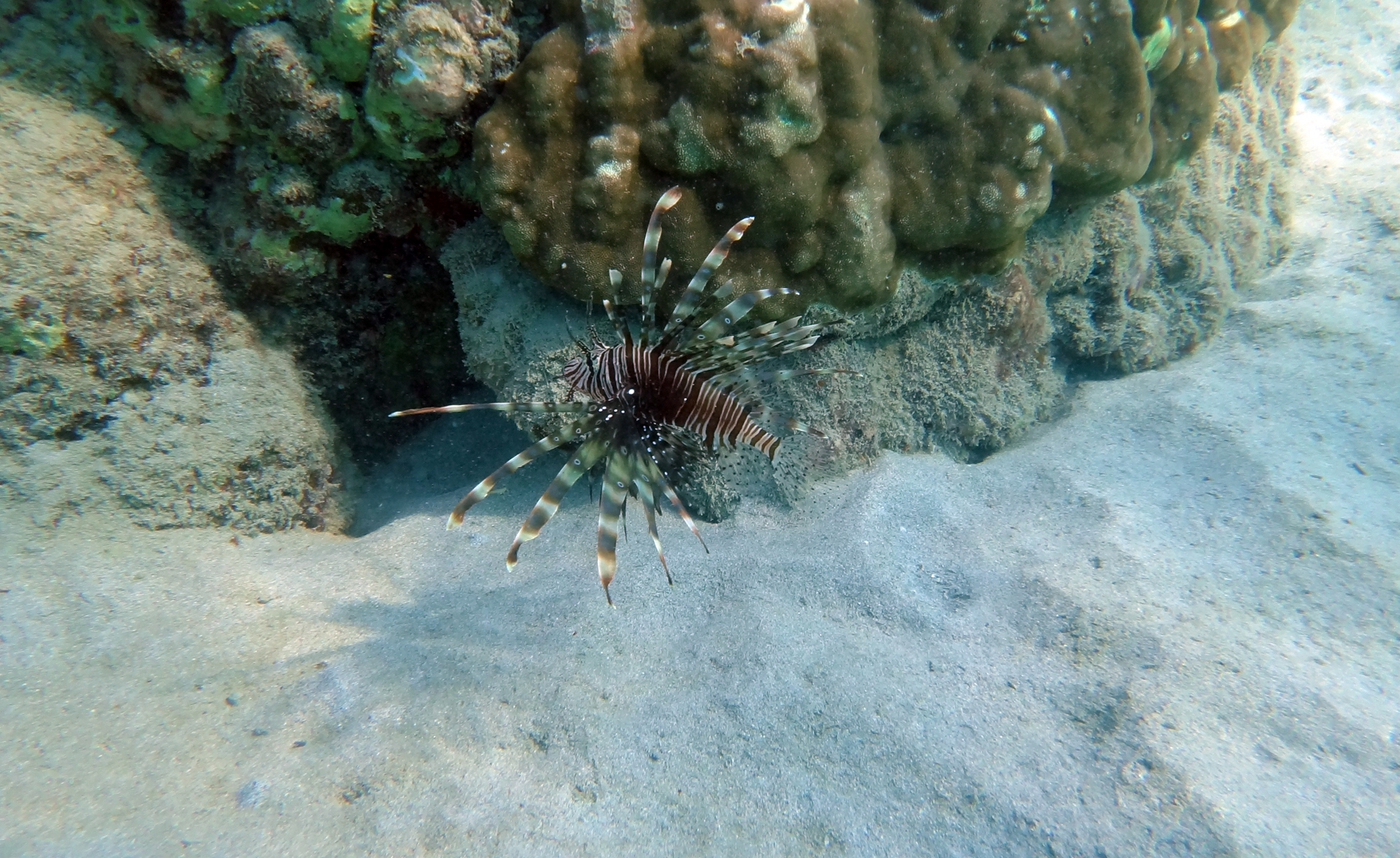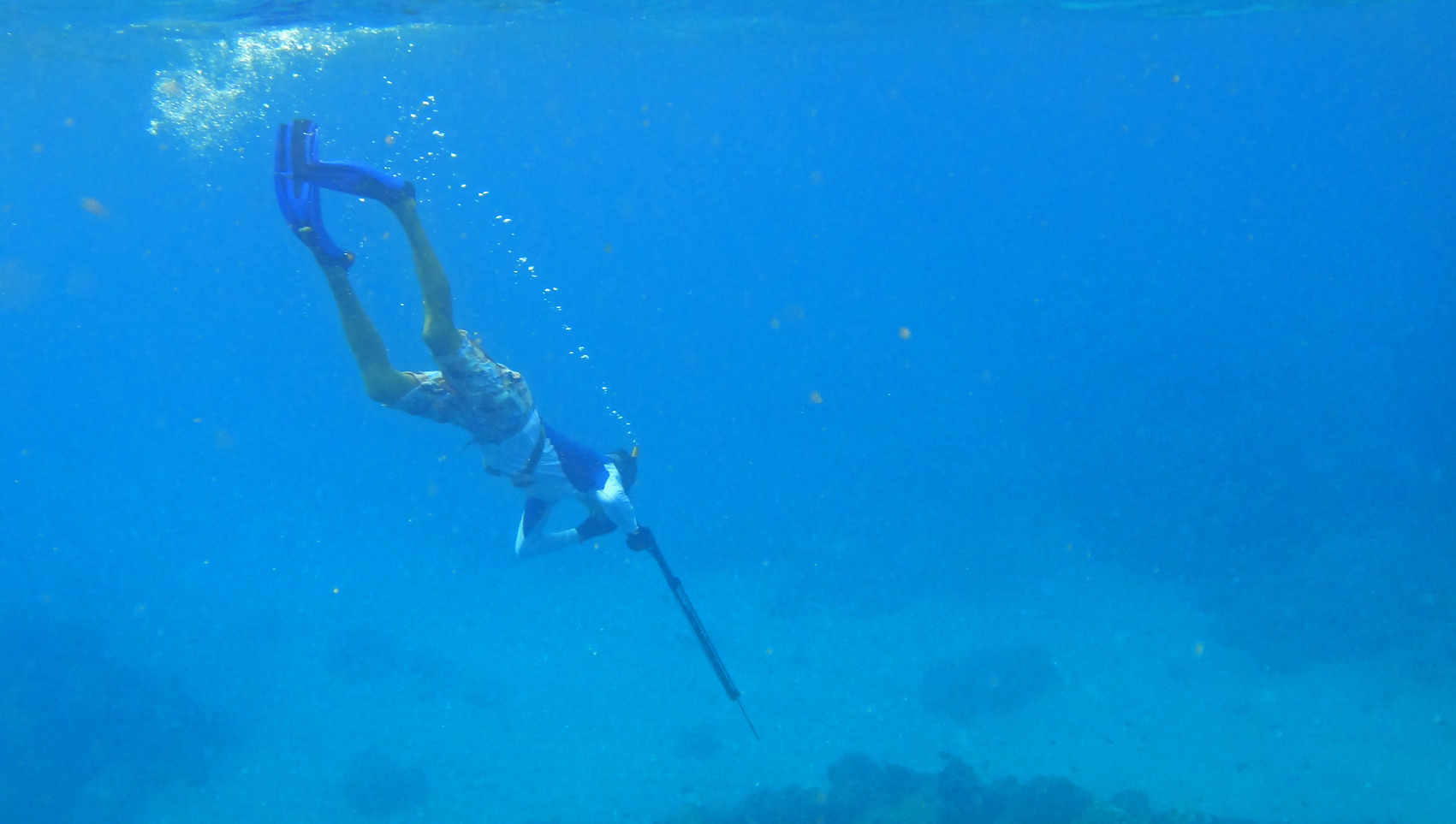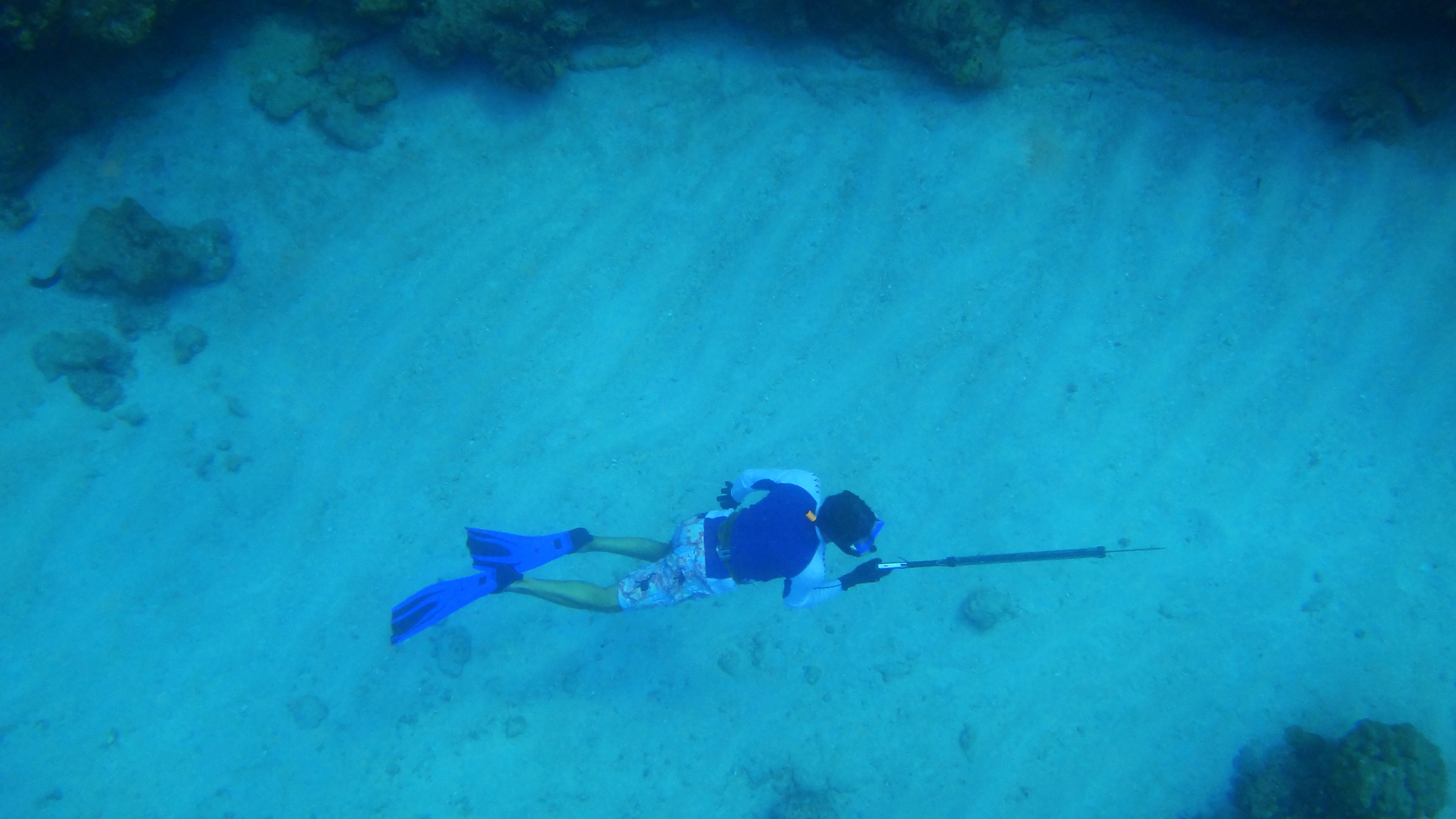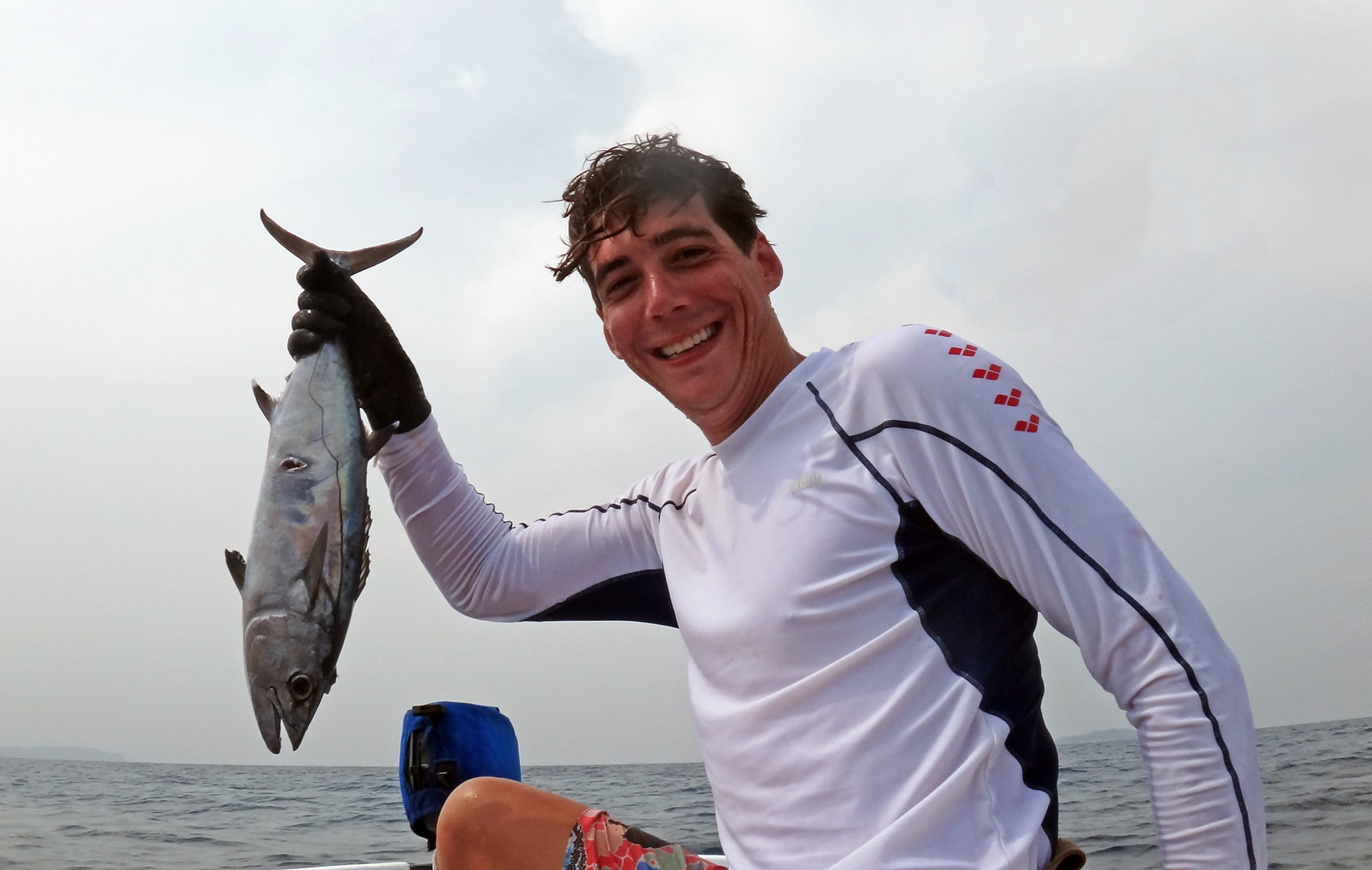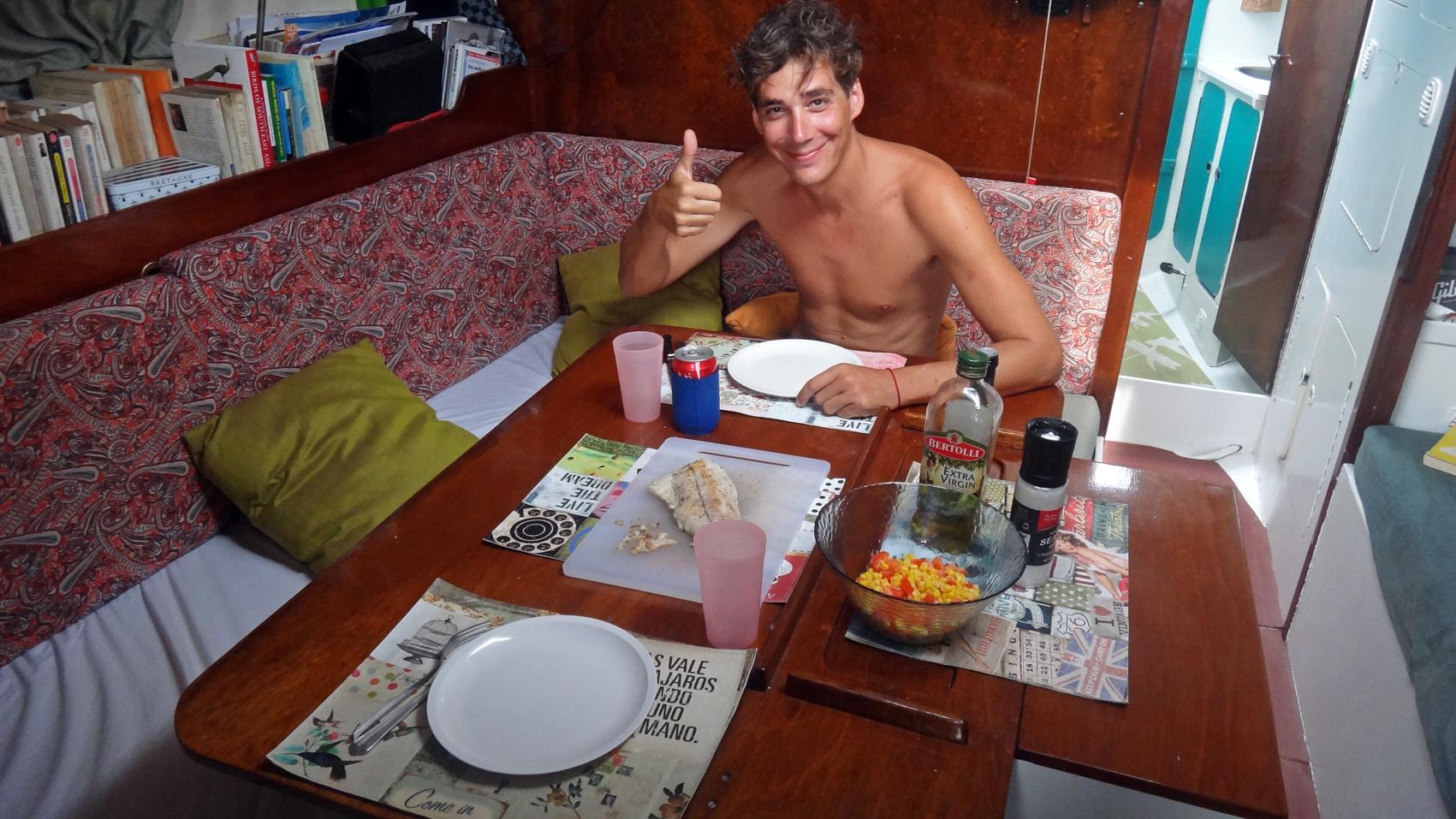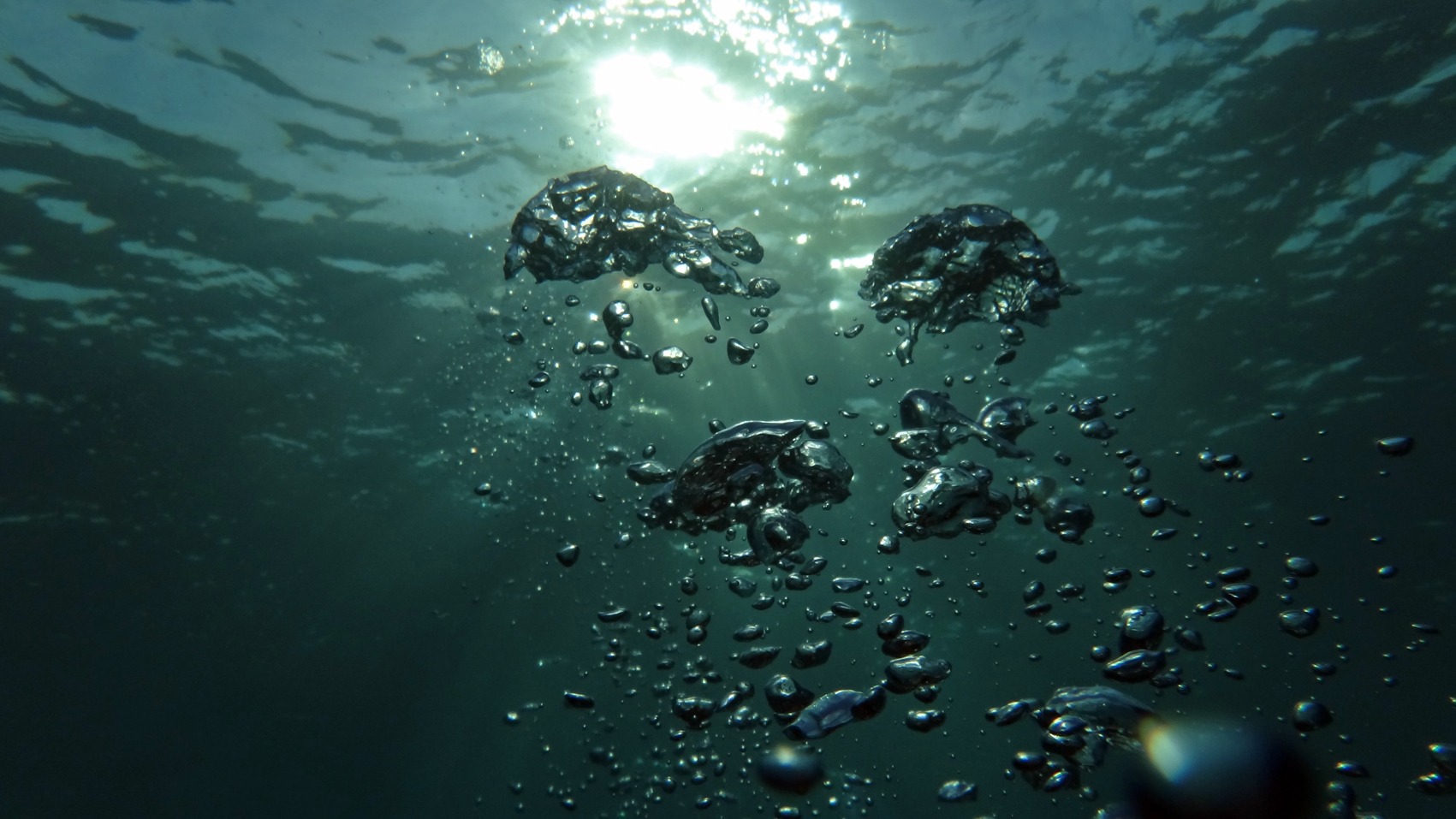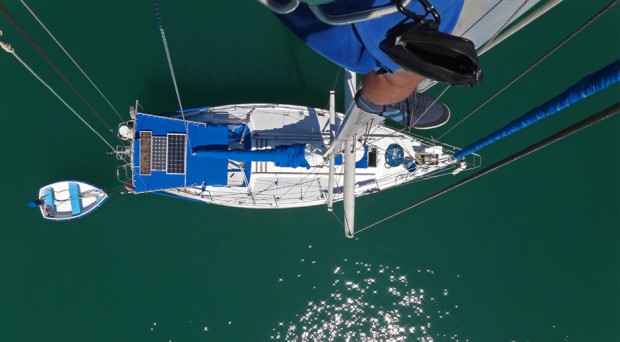Featured
Boat People
We write a lot about beautiful beaches in this blog. Too much. It is true that we keep on discovering remote islands, their gorgeous sand laid out in front of their jungle, and we keep on marveling at the different shades of yellow, green and blue the nature offers us. But I worry that for our readers it all sounds the same.
The nature is only half of the experience, the other half is the people we meet along the way. The different shades of characters we run into is often richer than all the colors the scenery has to offer.
More specifically, I am always amazed at the variety of sailors we encounter during our travels, or “yachties” are they are called amongst the anglo-saxon sailing community. These are people who, like Iva and I, live on their boat. One often thinks of leisure yacht owners as wealthy people with a passion for varnished wood floating on water, but there is actually a whole spectrum of yachties.
They come from all over the world. The most common nationalities sailing around SE Asia are Australians, Americans, French, German and English. But we also meet sailors from Canada, South Africa, New Zealand, Brasil, Spain, Portugal, Italy, Turkey, Belgium, Argentina, Ireland, Czech Republic and Russia.
The largest group represented is probably the retired couples in their sixties or seventies. These are usually wealthy people who had been sailing during their holidays in their home country, and decided to circumnavigate the world once retired. They’re usually the first owners of nice boats over 40 feet long, spend quite a bit of time in marinas and hire experienced people to do the maintenance. These couples are usually very welcoming and love to have young people on board to share their stories of long ocean crossings and grandchildren. What drives them is the love for sailing, travelling and meeting other sailors. Their boats are usually white, the stainless steel is shiny and they know a mechanic in every port. Their outboards engine always start on the first pull of the rope.
On the other side of the spectrum you have the budget sailors. There is no age rule for this group, you meet relatively young sailors – I say relatively young as I am considered an infant in the sailing world at 34 years of age – as well as people in the seventies. They usually don’t have much money, spent the little they had to buy their boat and use the little they make to maintain it. They know how to fix everything on their floating house, and make a living fixing other people’s boats (that often belong the category above). Their hulls are usually colorful, and a lot of innovative DIY projects can be spotted on board, that saves them buying the expensive part from the expensive dealer. They are always looking for a new job; often leave their boat on anchor in a protected bay, go work in their home country for a few months and save enough money to last them until they run out again. What drives them is their love for self-suffiency. They love to live on the margins of society.
Amongst this category you often meet the singlehanded sailors. They live and sail alone on their boat. They have spent so much time alone that they somewhat live in a parallel universe, where they are their own god and master. They love to meet people and chat. For hours on end. They mix very well with the local communities, always making friends. It always seems they need to fill the void of people on their boat. And then they sail away, alone again.
Some of these singlehanders are quite eccentric characters, that could be categorized as sea bums. Their boats are tiny and messy. You wonder how they are still afloat, yet they have sailed across many oceans on them. They have long salty beards and walk barefeet. They usually don’t mind spending these long lonesome crossings alone at sea, removed from a society that they have trouble adjusting to. Their outboards never start on the first pull of the rope.
And then there are the families. A lot of couples actually raise their children on board their boat from the youngest age. I’ve met families with up to four children on board! The children are always home-schooled. In families with a single child, he or she is usually extremely mature since they are only confronted to adults. What they gain in maturity they usually lack in social skills, as they are rarely confronted to children their age. These families on boats therefore often stick together so that their children can socialize. They usually have large boats, often catamarans with enough space for the children run around, and a steady income insured before they left everything to go sailing. Their boats are crowded with food, clothes, toys, homework notebooks and game boys.
Another category of sailors you meet a lot are the captains and crews. They don’t own their boat but sail rich people’s boats around the world. Millionaires who only take a few weeks off every year to go sailing on their yacht, and have professionals take them to the next destination they would like to sail in the meantime. These sailors know a lot about boats, as much as the owners are clueless. They sail the boat in a different way than the people who own their boat. They are responsible for it, yet don’t necessarily have this astonishing bond that the owner-captain has with his ship. They always seem freer and less worried. The boats they sail are always astonishing in size, maintenance level and sometimes in beauty.
Obviously not all yachties fit perfectly in one of these categories. Some of them belong to none, some, to a few. Iva and I often wonder which type we are going to end up as…
What unites all these different sailors is their passion for the sea, the sailing, the discovery of new countries and cultures. Despite their different backgrounds they are all in search for freedom, a special kind of freedom you can only find on the water. All of them also love that on the sea, you are your own master, no uninvited guest will come on board your boat. If you want peace, you just sail to the next deserted anchorage.
What is interesting to note is that this yachtie community basically reproduces the models of society as we know it on land. There are the rich and the poor. The loners and the large families. The generous and the stingy. The open minded ones and the ones full of prejudice. The nice ones and the mean ones. The anal ones who meticulously take care of their boats everyday and the ones that seem to live in a dump. The sociable ones and the hermits. They’re just humans, but on the sea. The one big difference with the humans on land is whatever their background, whatever the relationship they have with each other, they will always, ALWAYS help out another boat in need. They will give each other a hand in the middle of the night if they see a boat dragging your onto the reef. They will tow each other through bad weather if the engine fails. They will combine their skills to repair a sinking ship. When it comes down to helping each other out, this community reproduces the true nature of sailors: they will never let another sailor down.
Phil
Back Under the Palm Trees
We are finally back in Phuket. It feels so good to be sleeping in my favorite bed again, inside Dali’s hull. I feel like I have abandoned my boat for too long. Over the years, I’ve developed a very close relationship with my boat, almost as if it were a human being. Sometimes it is happy, in good shape, singing in the waves. Sometimes it is sad, in much need of repairs. As I found Dali sitting on the hard, out of the water, in the boatyard we had left him back in may, I couldn’t withhold a strong feeling of guilt. Boats are not meant to be out of the water. They are not meant to be abandoned for almost five months.
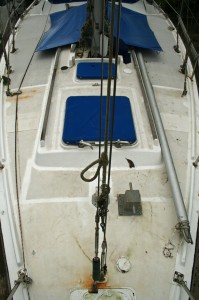 It was all for good reasons though. We spent a long time in KL, were we edited our first documentary and participated to season 3 of The Apartment. We transformed our blog into a proper website, with a lot of new exciting features. We visited my family and friends in Europe and spent some quality time with Iva’s family in KL. We were finally able to make a long due visit to Singapore where shared our upcoming projects with our friends.
It was all for good reasons though. We spent a long time in KL, were we edited our first documentary and participated to season 3 of The Apartment. We transformed our blog into a proper website, with a lot of new exciting features. We visited my family and friends in Europe and spent some quality time with Iva’s family in KL. We were finally able to make a long due visit to Singapore where shared our upcoming projects with our friends.
But is now time to take care of Dali again. Iva and I found the boat in its moldiest state ever. It seems it’s been raining a lot in Phuket while we were gone, and the first few days will mainly be spent cleaning the entire boat : its walls, its ceilings, empty all the drawers, open all the cabinets, clean their content, lift the floorboards, scrape underneath, empty the bilge…
Once the boat is back in livable conditions, the proper work will start : some fiber glassing work needs to be done on the keel before we give the hull a new anti-fouling job. The front sail has suffered a rip and needs some sewing. I would like to change the mounts of the engine, possibly the injectors. There is quite a bit of plumbing work as a lot of hoses lying in inaccessible places need to be changed. The rudder needs to be adjusted. The list is endless, as usual…
While we take care of the boat we have to continue working hard at finally generating some income with our website and documentary. We must focus on finding a sponsor, and try to get the financing for our next documentary, which we would like to shoot on the west coast of Sumatra from January to March. How we will achieve all these goals at the same time I don’t know. But Iva and I work so well as a team that I can’t help but be confident…
Phil
Introducing Love Making Waves
Phil and I often write about the endless and sometimes difficult learning experiences that we face daily on the boat. Living at sea involves problems of all kinds and in their resolution you are able to learn a great deal about yourself, the person next to you and the boat. However, the lessons don’t stop there. Living on a sailboat for the past two years has taught me a lot about relationships and especially about the relationships people have with nature.
One of the things I enjoy most about this cruising lifestyle is the freedom of exploration and the beauty of living in touch with one’s surroundings. As Phil wrote before, sailors and their vessels can come in all shapes and sizes, but they are all united by a common passion. Meeting sailors from across the world and getting a peek into their lives and floating homes has been one of my favourite things about cruising.
It is also from this exchange with others that I have learned the most. It’s impossible to count how many times we have relied on others’ expertise to help us solve problems. Whether it’s a home remedy for a bad insect bite or a DIY repair for engine trouble, we are always thankful to be able to count on our friends’ experiences if we can’t draw from our own.
It is in this vein that I introduce my new blog. These past few years I have been gathering experiences, collecting stories and most importantly meeting amazing women across the world that live, love and breathe nature.
Love Making Waves aims to bring women closer to each other, and closer to nature. It is a space for women and nature living in harmony. A platform from which to share those little sparks of wisdom that you can finally pass on after learning them the hard way. The girly tips & tricks to roughing it. To share stories that will one day encourage women everywhere to pursue their desire to travel and to venture into nature unafraid.
More to come!
Shit Happens
Iva and I had decided to leave the boat in Phuket for a few months while we would spend sometime on land. We had to go to KL to make a few appearances related to Season 3 of The Apartment, the reality TV show we had won in 2012. We also wanted to edit a documentary about our trip to the Andamans and switch our blog to a self-hosted website with improvements to come. It seemed easier to do it on land, with unlimited access to power and a fast Internet connection. This was also an opportunity to spend some time promoting our website, in various publications, radio and TV shows. Then, in July we were going to head for Europe to celebrate my grandfather’s ninetieth birthday and visit my family and our friends for over a month. Dali had been afloat for a year and a half. These were all good reasons to lift the boat out of the water and give it a proper refit on our way back.
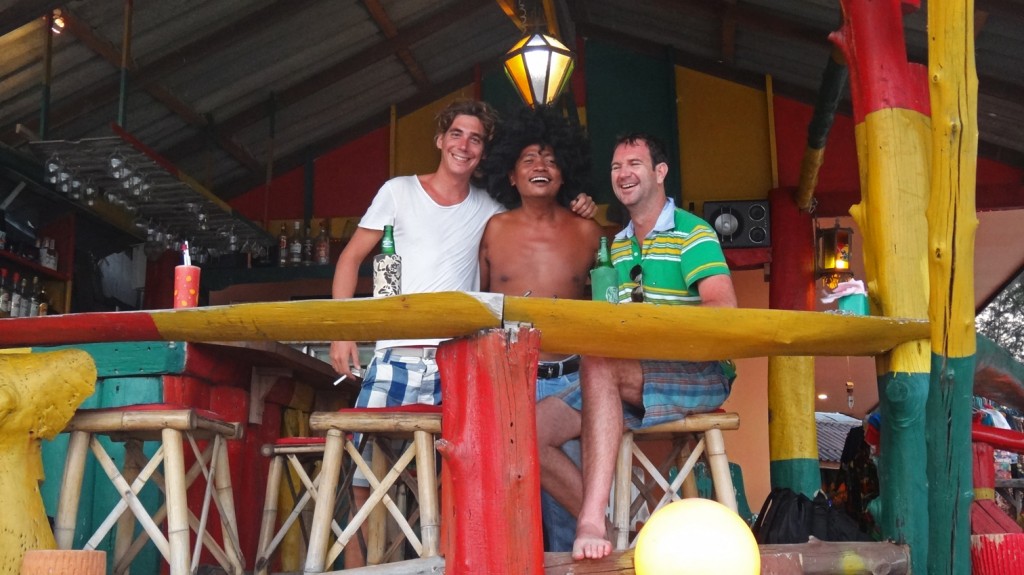
Sunset drinks with our friend Guy, visiting from Doha, and the owner of our favourite Reggae Bar on Bang Tao beach
We were lucky enough to discover a new boatyard that just opened in the north of Phuket. There, we would be able to leave the boat out of the water for four to five months at a reasonable price.
This boatyard lies in the muddy passage at the northeast of Phuket. To enter, there is only a very small channel in between the mangrove trees. With Dali’s 1.85m draft, it is only possible to go through at very high tide, during three or four days, twice a month. We have no choice but to enter on the first of these days, since we have an obligation to be in KL the next day, with our flights already booked. The management of the boatyard tells me to enter at 10 am, when the tide is highest. Iva, Guy and I standby in front of the tiny channel, waiting for instructions to come in. But there is another boat before us. I call at 9:30, they tell me to wait. I call at 10:00, they tell me to keep on waiting. The tide’s going down, I tell them. It’s going to be fine, they answer. Finally at 10:40 the bow of the boat passes through two sad little sticks signaling the entrance. Pretty quickly we get stuck in the mud. I call for help, they take ages to come. The tide is still going down at an accelerating rate. A tiny dinghy with an 8hp engine comes and helps us push and pull, while I rev my engine to the max, nothing happens. A passing dinghy, this one with a 25hp engine starts pushing on the other side.
Finally we free ourselves from the mud. But as we exit and turn around we get stuck again. This time it’s even worse. My good friend Kosta, owner of Sheidegg and working on a powerboat nearby, comes with a large dinghy and a powerful engine. We try everything: tying a rope from the top of the mast to Kosta’s dinghy 100m away, to tilt Dali on it’s side and lift the keel over the mud, with Guy climbing to the tip of the boom to give the boat an even bigger angle. We push and we pull but there’s nothing to do. Dali is stuck in the mud for good. We’re not going to make it into the boatyard on that day.
Dali will have to spend the afternoon lying on it’s side, an usual sight that brings tears to Iva’s eyes, while Guy is trying to dig an exit way through the mud for the keel once the water will come back up. I’m not at my best, but have confidence in the strength of my 25mm. fiberglass hull. We’re just going to have to spend a very tilted afternoon. It feels strange to walk through the boat lying at a steady 45 degree angle. While gathering supplies from the inside, I fall many times, unsure of where to put my weight or hold on to. This is not how I wanted to spend my last afternoon on Dali.
The tide comes back with the dusk and slowly Dali starts floating again. What a sweet feeling to feel the boat moving with the tiny swell. We have dinner and wait for the tide to be highest, start the engine and anchor further away.
The next morning, again, is full of surprises. This time we are the first boat to come in, at high tide. This boatyard is a low budget one and there is no crane. It is a cradle that is placed under the boat and pulled out by a tractor. There is a little puddle of water where I have to wait while the staff places the cradle under the boat. As I enter, not a single staff member is there to catch my ropes!
I scream for help and even anchor in the small space trying to prevent the current from pushing Dali onto the rocks. Luckily Guy is on board with his two precious extra hands. We are able to guide the staff into catching our lines just in time before a crash, and to tie us up in a proper way. After a lot of screaming and sweating Dali is finally secure. It is now time to pull the cradle out of the water with the tractor.
Iva has never witnessed such an operation and loves the boat so much that she worries about it as if it were a child. But soon enough the worst is behind us, and Dali is finally resting safely on its stilts.
The next few hours are a blur. Guy, Iva and I go into frenzy mode so that we are able to prepare the boat for four months of loneliness in time to catch our flight. Somehow we manage.
Guy, you are obviously welcomed back on Dali anytime!
Phil
Abridgment
Let’s go back in time a few months. May 2013. Phuket. After an overwhelming trip to the Andaman Islands, Iva and I are back in Thailand. We enjoy our first real shower. After cooking three times a day for two months we take a rest, sit down and order our favorite Thai dishes. We don’t forget the juicy burgers and ice-cold beers either. Tourists are everywhere, the beaches aren’t empty anymore, but tourism has its perks. My brother visits again, so do Iva’s parents. It feels nice to be surrounded by family and familiar grounds.
We enjoy the company of our friends. Jose and Ana, owners of Zarco, who I met in Fiji nine years ago. Dutch Chris, iconic figure of Ao Yon Bay and owner of the Andaman Sea Club, a catamaran charter company. The amazing Maillard family on Tsarapenhoat : Arnaud and Katia left their steady life in Reunion Island to buy a 38 foot catamaran in Phuket. On board they home-school their four children. We sometimes struggle to cook for two. They do it every day for six.
More friends fly in from Kuala Lumpur. Andy and Steph, who are responsible for introducing me to Iva, finally make it onto Dali. Jess and Rich join the party and make it another memorable outing to Patong. What a contrast to the past two months spent in a bubble with Iva on Dali!
The Andaman trip has been tiring. We raised anchor almost everyday. I need my lazy days back. So we sail up to Phang Nga Bay, and realize that we haven’t explored it thoroughly. We have gone so far to blow our minds with unexpected images, but Thailand is just as beautiful.
The limestone rocks of Phang Nga Bay. The caves. The secret enclosed bodies of water that we discover everyday. The Thai call them “hongs”, which means “rooms”. OK, we’re not exactly at the end of the world anymore. In most places, hordes of kayaking tourists invade the grounds from ten in the morning to four in the afternoon. That’s my lazy time. The rest is our oars caressing the calm waters of the bay with no one in sight.
My good friend Guy visits from Doha. He was one of the first guests on the boat back in 2009, shortly after I purchased it. At the time I didn’t have the confidence I have now as the captain of Dali. I thought this time everything would go smoothly, especially thanks to Guy’s sailing experience. I had to think again…
Phil
Andaman Dream Teaser
We are so excited to finally unveil the teaser for our upcoming documentary, Andaman Dream. Catch a little glimpse of what we will soon share with you of our first open-sea crossing together!
Reflections
It was not easy to leave this corner of India that had us so eagerly engrossed. Returning from Cinque Island we fought against our visa deadline and tried hastily to squeeze a few more anchorages before returning to Phuket. We wanted to run on more beaches, see locals in sarees dancing on the sand and taste new native flavours. Chidiya-tapu and Port Blair bid us a colorful and warm farewell.
There are a lot of finer moments and small details of our trip to the Andaman Islands that have escaped our writing thus far. We have spoken of the incredibly beautiful, deserted beaches, the locals friendly and exotic and the fish plentiful and multi-colored… Yet as we began to conclude our tour of the islands I couldn’t help but feel that some of the more subtle yet significant discoveries had happened between our couple and within our selves.
As Phil set the sails and adjusted the wind-vane, the sun fell and we prepared for our night shifts. Unlike the first crossing, this time we had the moon to guide us during the early parts of the night. While Phil slept and the engine hummed loudly, I had the crescent moon as my companion and more than once danced on the deck looking at its bright yellow light. I danced, and stretched to stay awake during the hours of my vigil in the vast darkness. I admired the stars until my eyes lost focus and I began to see them move and blend and vibrate in the sky. Perhaps they are not called bewitching hours for nothing for it was during these moments that I found myself most exposed, more susceptible to the fantasies that sprung from the atramental night.
During our crossing Phil and I would at times hardly see each other as the days passed. It was important that whenever someone was awake, the other was resting and regaining the energy necessary to take the next shift. I had more time to give in to my thoughts, no one to edit them for me and was left to indulge myself in my emotions, which fell and rose with the waves. At times I was exhilarated, in a trance with the music I blared from my headphones to help keep me awake. Other moments I was convinced we were on the verge of being in danger, that a strong gust of wind could at any moment catapult us into a disastrous squall… My heart beating loudly and my senses at once heightened from the nerves but dulled from the lack of sleep. I would stare at the soft orange light of our compass for hours on end, my eyes fixed on a range of three degrees until all else disappeared around me. Then dawn would come and with it an immense feeling of relief, followed by the overwhelming bliss of visits from dolphins and pilot whales.
Enjoying the few hours a day that I saw Phil, both of us awake and excited, me in awe of his growing, brilliant abilities as Captain. And sometimes sheer frustration, lack of wind and lack of movement for hours on end… Being pushed in the wrong direction by a current we can’t fight in heat we can’t escape. Night again: my eyes fixed on the sails and the compass when something bright flashes and in fear of it being lightning I look up immediately and instead see a meteor blazing across the stars.
Midnight as we see the first bright lights of fishermen appear on the horizon and we know we are closer to Thailand. Twilight as we approach Phuket and the silhouettes of the wooden boats with sleepy fishermen greet us and lure us closer to shore. Dawn breaks over Promthep Cape and lights up the Big Buddha who gives us the official welcome. Yindī t̂xnrạb
Iva
Above and Below
It was hard to leave Havelock Island. But we were already one week into our trip, and the Indian authorities only deliver a one-month visa for the Andaman Islands. The frustration of not being able to spend more time in paradise slowly started creeping in. We had to plan our trip accordingly. It wasn’t easy to find the balance between our yearning to visit as many islands as we could and the need to spend more than a couple of nights in the places we loved the most. With only three weeks left we made our way to our next stop, Inglis Island.
As perfect as Havelock Island had been, Inglis rewarded us with a striking convex stretch of white sand contrasting with the deep turquoise of the water. And we were alone. The island was ours. The excitement grew as we anchored in ten meters on sand. As soon as we dropped the anchor, we were greeted by a group of mouse deer feeding on the beach. The next surprise came from the sky as a very intense experience: a Coast Guard helicopter circling 30 meters above us! We made contact though the VHF radio, identified ourselves, confirmed we had properly checked in in Port Blair and were bid farewell with a lovely “Have fun…and be safe!”
We spent the next couple of days exploring the island: the beach, the forest and the gorgeous sand cliffs rising above the water. Their different shades of yellow would constantly change with the light and amaze us throughout the day; we were grateful to sit in the shade of its caves, protected enough from the harassing heat to contemplate the waves breaking on the outer reefs.
Again, it was hard to leave, but we had to stay on schedule. We motored north against a strong breeze and a choppy sea to reach North Button Island.
We both expected a lot from this tiny island as we had read that it was vibrant with sea life. Iva wanted to see manta rays. I was pretty excited about the fishing.
I started spearfishing back in 2003 when I was crewing around the South Pacific on sailboats for eight months. It quickly became an addiction at the time, although I barely caught any fish the first few months. Spearfishing is a difficult sport. You usually have to dive down in at least five meters of water to catch anything. 10 to 20 meters if you want to spear the big ones. The fish can breathe underwater, you can’t. The fish is really fast and reacts instantly to any movement or noise nearby. As free divers we are slow and not very agile underwater, especially if we want to stay long and keep enough air in our lungs to actually catch something. The slightest movement of a fin or the click of the gun releasing the spear will scare the fish away instantly.
Considering fish is our only source of fresh protein on the boat, it’s an exciting challenge.
I had done a bit of spearfishing in Thailand in the past year, but the Thai seas are so overfished that it is very hard to catch anything more than a small parrotfish or snapper. I was finally confronted to a proper fishing ground, as commercial fishing is not allowed in the Andaman Islands.
On the first day I caught a small grouper that was delicious but left us craving for more. On the second day we decided to take the dinghy further past the west point of the island. There was a lot of fish out there, but I wanted to challenge my fishing skills by catching something big, fast and delicious. A big grouper – always hiding in the rocks and very hard to catch – or a jackfish – one of the fastest hunters out there. As I jumped in the water at our second stop, I couldn’t believe my eyes : a school of small tuna was swimming right in front of me ! Tuna are rarely seen that close to the reef in shallow waters. I had caught some in the Pacific trailing a line of the back of the boat in open sea, but never actually seen one underwater. I tried to control the adrenaline pumping through my veins, gave a very smooth stroke of a fin towards the school and aimed at the closest fish with strong determination but little hope. The whole school instantly swam away from me but I shot anyway and rejoiced : I had caught one ! It was the strongest fish I’ve ever had to bring back onto the dinghy. This tuna was fighting hard but I somehow managed to pull it up, throw the spear into the dinghy and quickly finish it’s days of swimming the Andaman Sea.
That catch ended our fishing for the day. A two/three kilo tuna is definitely enough for the two of us ! I cut two beautiful filets out of our little friend that more than filled us up. We first enjoyed an appetizer of sashimi, then had one filet for lunch and one for dinner, accompanied by delicious vegetables, of which our favorite will remain the lovely little Andaman aubergines !
North Button Island also enabled us to do a bit of socializing with two French boats anchored next to us : Sea Lance and Nez Rouge. It felt great sharing stories around coffee in the morning and beers in the afternoon with people who have been sailing for years around the world… But we had to leave, to make it in time to an anchorage we had identified with Iva on the way up as a perfect place to celebrate her 26th birthday… more on that in the next episode !
Phil
Return to Dali
Después de varios meses lejos del mar, fue linda sensación volver a poner los pies en el agua. Cuando el taxi nos dejó en la playa, ya los dos soltamos un suspiro… Aliviados al ver el velero flotando todavía en su lugar. En los días que siguieron, los primeros de este año ya bien empezado, trabajamos con cuidado buscando complicaciones y problemas que por (mucha, mucha) suerte nunca encontramos.
Una vez que estábamos convencidos que todo seguía en orden pudimos recibir a nuestra primera visita del 2013; mi hermana Ileana y su novio Alejo.
Hacía mucho tiempo que esperaba poder compartir con mi hermana lo que he vivido este ultimo año sobre el barco. Desde que éramos muy chicas, de las dos ella fue siempre la aventurera… Y ya que por el momento esta ha sido mi aventura más grande, quería compartirla con ella.
De nuestros invitados, Ile y Alejo se destacaron por su facilidad de sentirse como en casa arriba de Dali. Fueron los que más tiempo pasaron en el agua y los únicos en atreverse a prepararnos una cena. Con Phil nos admirábamos del entusiasmo infalible de los dos a pesar del calor infernal de la cocinita abordo.
Disfrutamos de poder mostrarles un poco de nuestra vida marina. Visitamos cinco islas en siete días, aprovechando para introducir Alejo a las particularidades de las playas Tailandesas. El también nos sorprendió, victorioso en su primera y muy pública pelea Muay Thai!
Así pasamos una semana soleada, clima perfecto para empezar el año. Sin embargo las vacaciones se suspenden un tiempo, mientras que Ile y Alejo vuelven a sus vidas porteñas y nosotros nos preparamos para la próxima aventura.
Iva
.
After these joyful reencounter with the boat and the Thai island hopping life, it was finally time to get ready for our first faraway trip on Dali.
The Andaman Islands. 400 nautical miles (760km) to the North West oh Phuket. Three to Five days at sea with usually fair winds from the North East this time of year. It will be Iva’s first open water crossing, and also my first time to sail the open seas with my own boat. It’s exciting. The Andamans are a part of India, hundreds of gorgeous lush tropical islands with an almost untouched marine life, since commercial fishing is prohibited in the area. Most of its islands are uninhabited and we look forward to the amazing snorkeling, fishing and deserted beaches.
But as usual there was a lot of work before departure. We needed to get the boat ready, a task that always has its fair share of surprises. Change the batteries, Check the rigging, grease the winches, install the wind wane, repair al sorts of small details. Fill up with water and diesel, buy a month’s worth of groceries, replenish the pharmacy, wash the boat inside out, check the engine…it’s a long list.
We also had to get ready for the Indian authorities that will board the boat at arrival in Port Blair. Visas, a large pile of paperwork with introduction letters, inventory, itinerary, requests to spend a lovely month cruising the Andaman Islands.
We also needed to get our communications working. SSB radio, Satellite Phone, VHF to be able to send and receive emails, most importantly receiving weather charts during the crossing. The authorities also require that every boat radio’s in its position everyday while cruising the islands.
It was hard getting everything ready with only three weeks to spare as we wanted to leave early to catch the end of the NE monsoon. We made our way North along the east coast of Phuket to spend our last week of preparation at Yacht Haven Marina, definitely our favorite marina on the island. On the way, since the paperwork finally came through during our visit to France in October, we were finally able to undertake a little ceremony to change the name of the boat. There are many customs to achieve a peaceful transition to a new name. We tacked (crossed the axis of the wind) three times, with a drink of rum for Neptune, the boat and the captain (the first mate was also invited !) after every tack. Dali can now show off its beautiful name on the high seas.
We are finally ready. We should leave in couple of days, after meeting up with our good friends Bernard and Pui on Salulami, anchored off Mai Thon Island ! Next post in more than a month with undoubtedly exciting stories !
Phil

